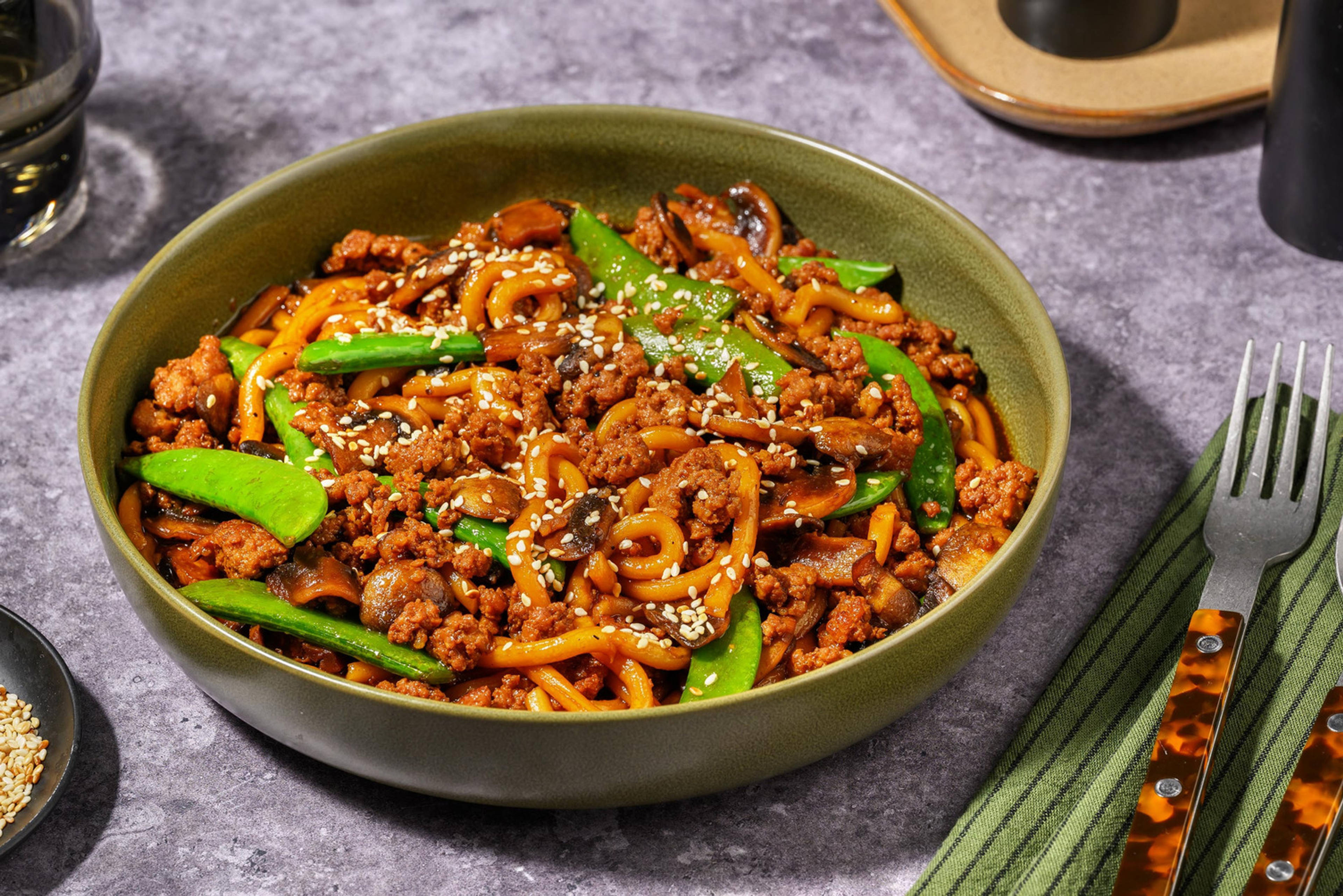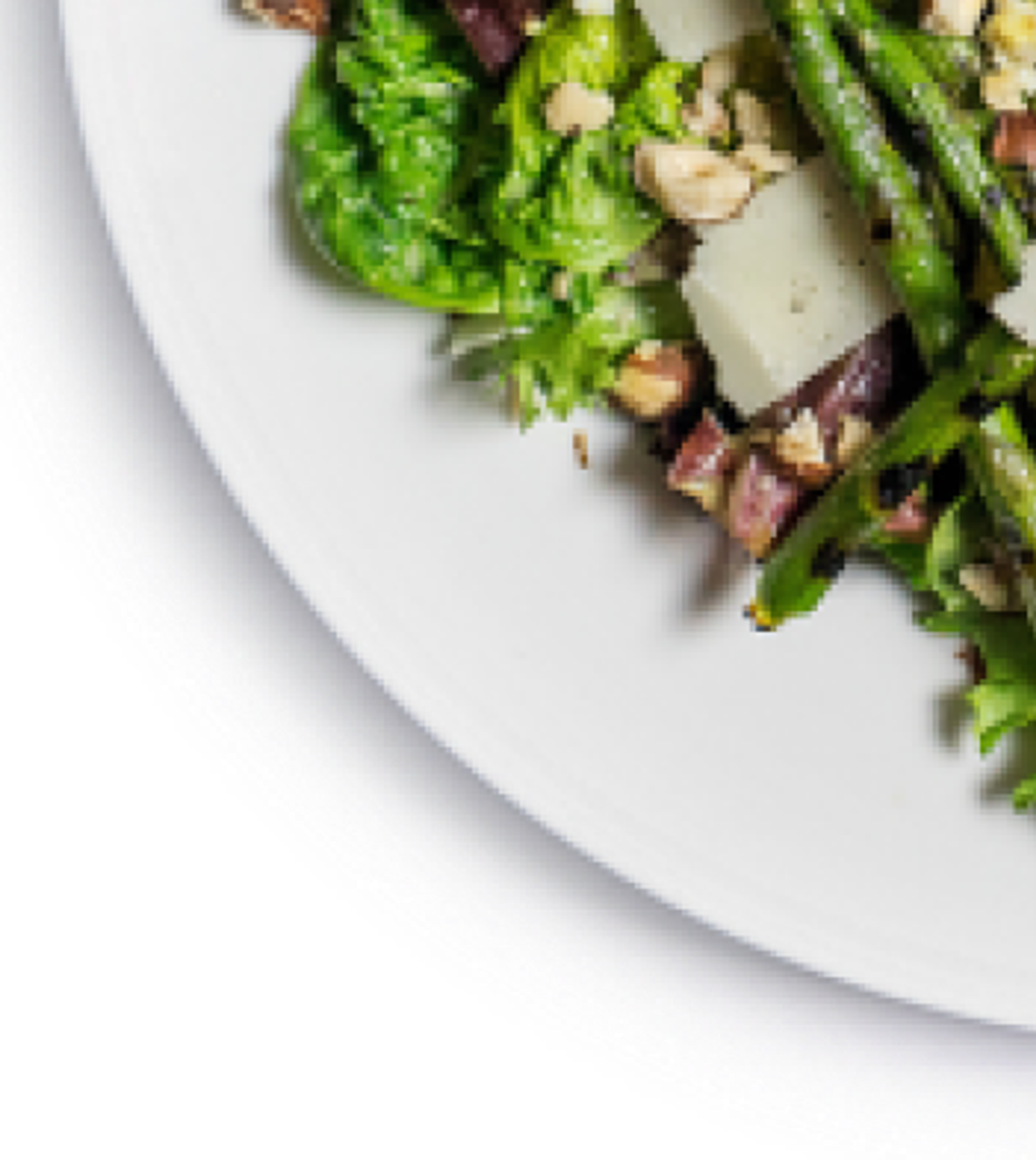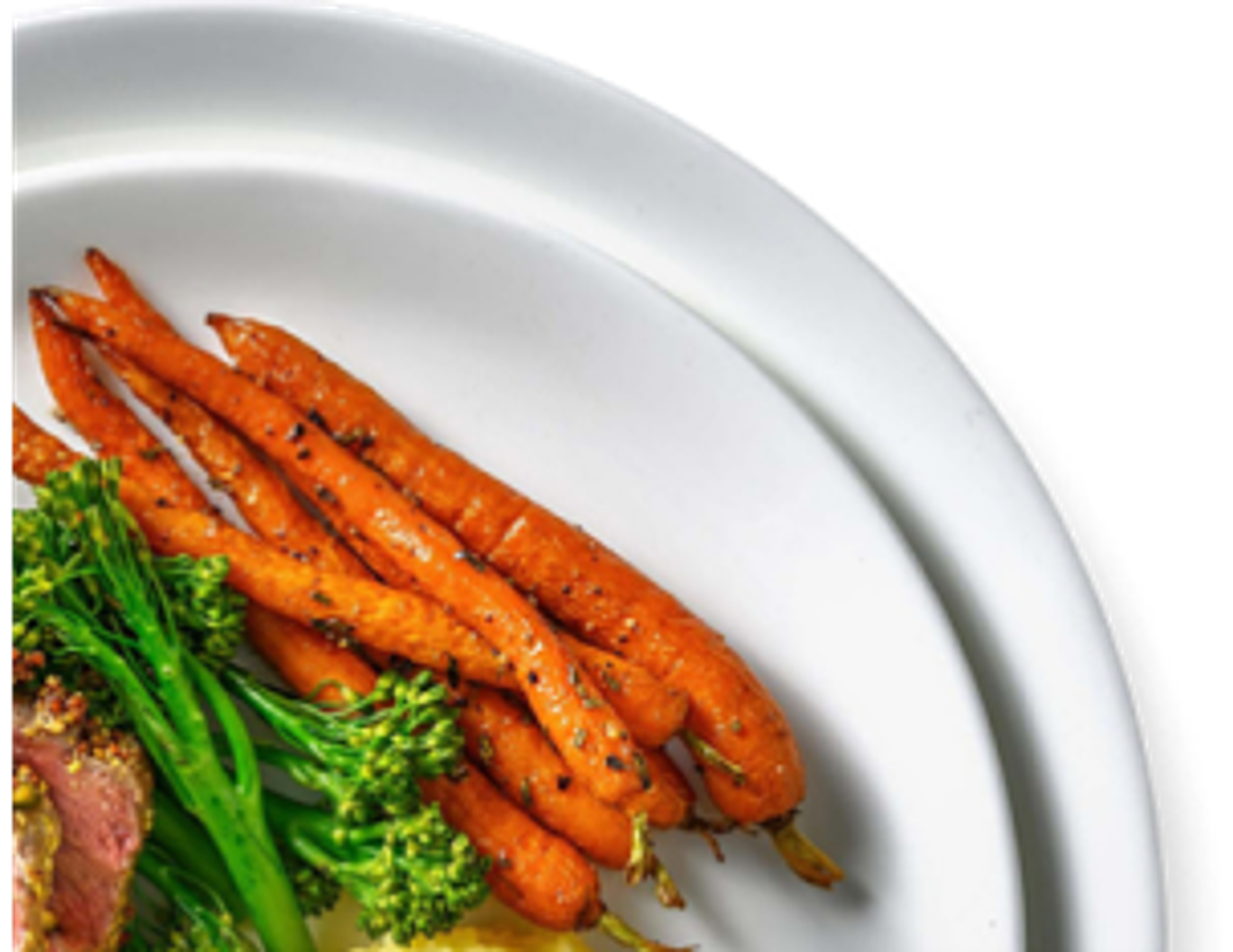Biang Biang Inspired Hand-Cut Noodles in Hoisin Sauce
with Stir-Fried Veg and Crushed Peanuts
These noodles are inspired by Chinese Biangbiang noodles, which originate from Shaanxi cuisine. Their thickness and length results in them being described as "belt-like", making them great at carrying sauces and flavour as well as adding a satisfying chewy texture to stir-fry dishes. Whilst the traditional technique involves pulling the noodles by hand, we're cutting the noodle dough with scissors to make it easier.
The quantities provided above are averages only.
Boxes and ingredients are packed in facilities that handles Peanut, Nuts, Sesame, Fish, Crustaceans, Milk, Egg, Mustard, Celery, Soya, Gluten and Sulphites. Due to the war in Ukraine, it has been necessary to substitute sunflower oil with rapeseed oil in some products without a label change. The FSA have advised that allergic reactions to rapeseed oil are rare.
Ingredients
150 grams
Plain Flour
(Contains: Wheat, Cereals containing gluten)
1 unit(s)
Onion
1 unit(s)
Bell Pepper
(May contain traces of: Celery)
100 grams
Asparagus
25 grams
Salted Peanuts
(Contains: Peanut May contain traces of: Almonds, Macadamia Nuts, Pecan Nuts, Cashew nuts, Nuts, Sesame, Hazelnuts, Pistachio nuts, Brazil nuts)
150 grams
Shredded Savoy Cabbage
60 grams
Hoisin Sauce
(Contains: Soya)
20 milliliter(s)
Soy Sauce
(Contains: Wheat, Cereals containing gluten, Soya)
15 grams
Honey
15 grams
Sriracha Sauce
Not included in your delivery
¼ tsp
Salt
75 milliliter(s)
Water for the Dough
50 milliliter(s)
Water for the Sauce
Nutritional information
Utensils
Instructions
In a large bowl, combine the flour and salt (see pantry for amount).
Gradually stir in the water for the dough (see pantry for amount), using a fork to bring the flour and water together. Use your hands to knead it into a rough-looking dough, 1-2 mins. TIP: Don't worry if it looks a little dry at first, it will come together as you work it.
Once there's no dry flour left in the bowl, turn the dough out onto a clean board or work surface and knead until it becomes smooth, 2-3 mins.
Wrap the dough in cling film and set aside to rest for 15 mins.
While the dough rests, halve, peel and thinly slice the onion.
Halve the bell pepper and discard the core and seeds. Slice into thin strips.
Trim the bottom 2cm from the asparagus and discard. Cut the asparagus widthways into thirds.
Crush the peanuts in the unopened sachet using a rolling pin.
Bring a large saucepan of water to the boil with 0.5 tsp salt for the noodles.
Heat a drizzle of oil in a large frying pan on medium-high heat.
Once hot, add the onion, pepper and asparagus to the pan. Stir-fry until softened, 6-8 mins.
Once softened, transfer the veg to a bowl. Keep the pan aside - you'll use it again later.
Once the dough has rested, knead it again until it becomes really smooth, 2-3 mins.
Sprinkle a little flour on a clean worktop and roll the dough into a large rectangle, approximately 2-3cm thick. Carefully slice the dough widthways into long 1-2cm thick noodles.
When boiling, add the noodles to the water and bring back to the boil. Cook until tender, 2-3 mins.
Once cooked, drain in a colander and rinse under cold water. Sit the colander on top of the pan to fully drain. Drizzle with oil and stir through to stop the noodles sticking together, then set aside.
Pop the (now empty) frying pan back on medium-high heat with a drizzle of oil if needed. Add the cabbage and stir-fry until just tender, 3-4 mins.
Add the onion, pepper and asparagus back into the frying pan.
Stir in the hoisin sauce, soy sauce, honey and water for the sauce (see pantry for amount). Bring to the boil, then simmer until the sauce has reduced slightly, 2-3 mins.
Add the cooked noodles, toss together and cook until piping hot, 1-2 mins. Add a splash of water if you feel it needs it.
Share the biang biang style noodles between your serving bowls.
Drizzle over the sriracha and sprinkle over the crushed peanuts to finish.
Enjoy!
More delicious recipes with similar ingredients
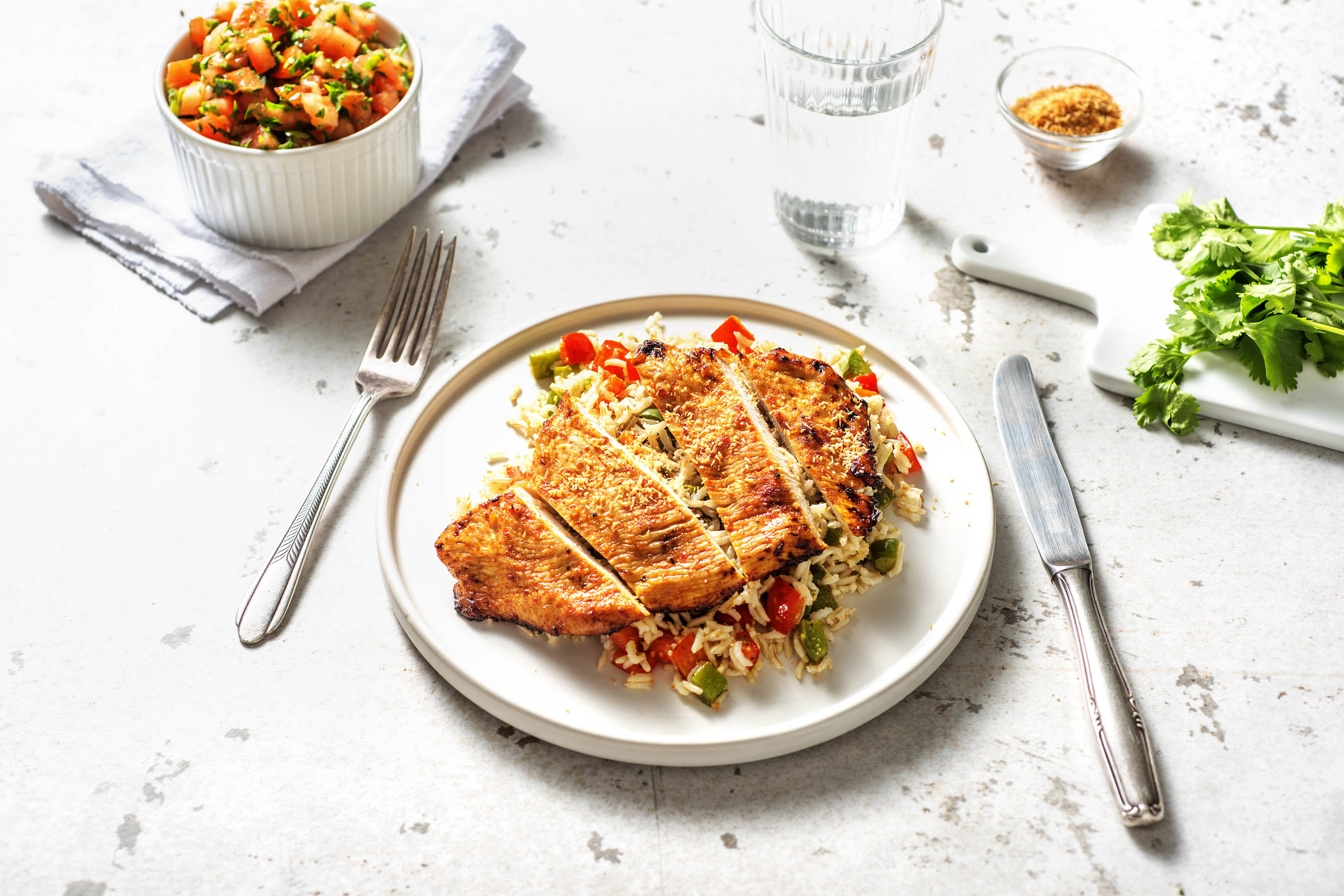
Jerk Spiced Turkey
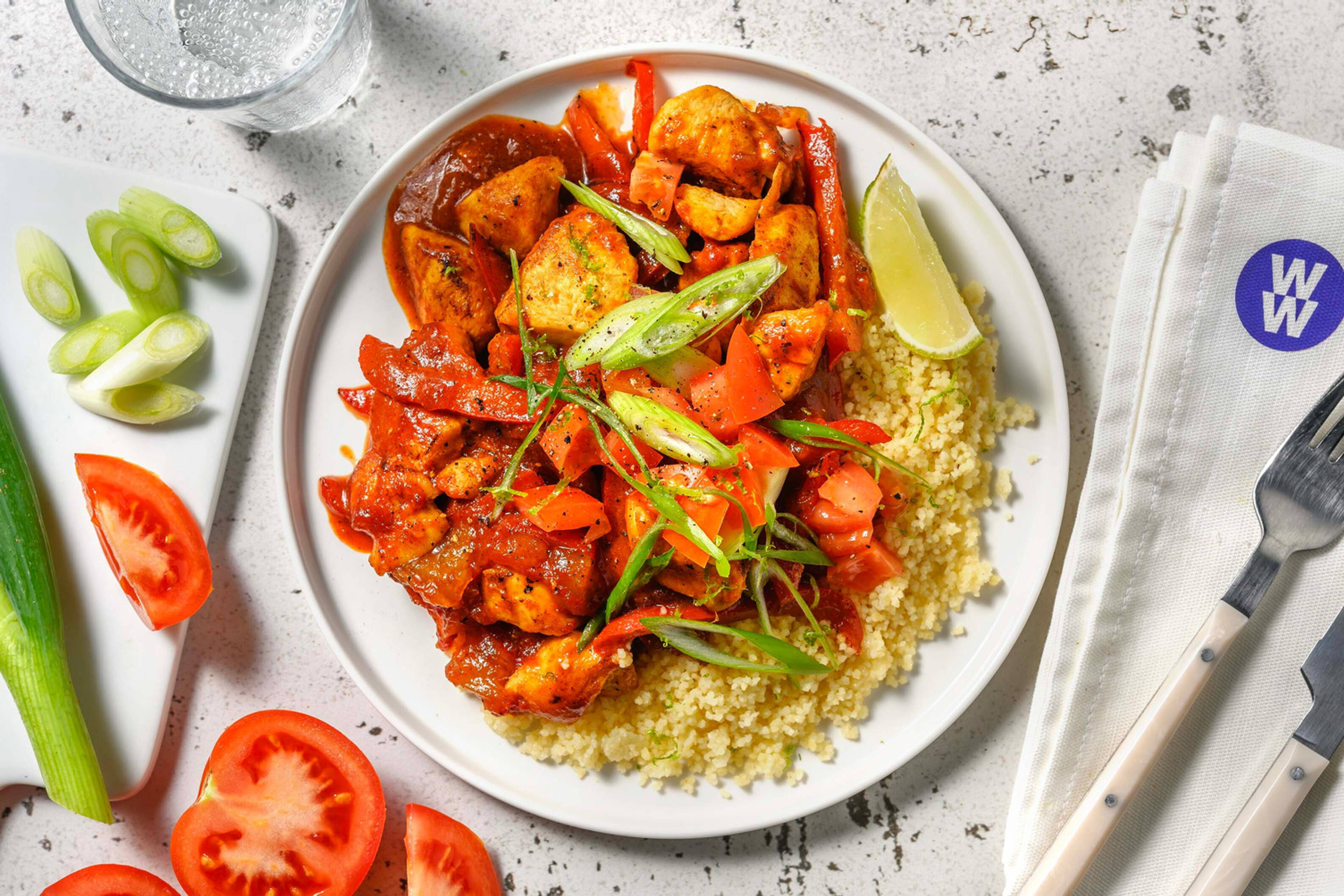
Caribbean Spiced Chicken and Pepper
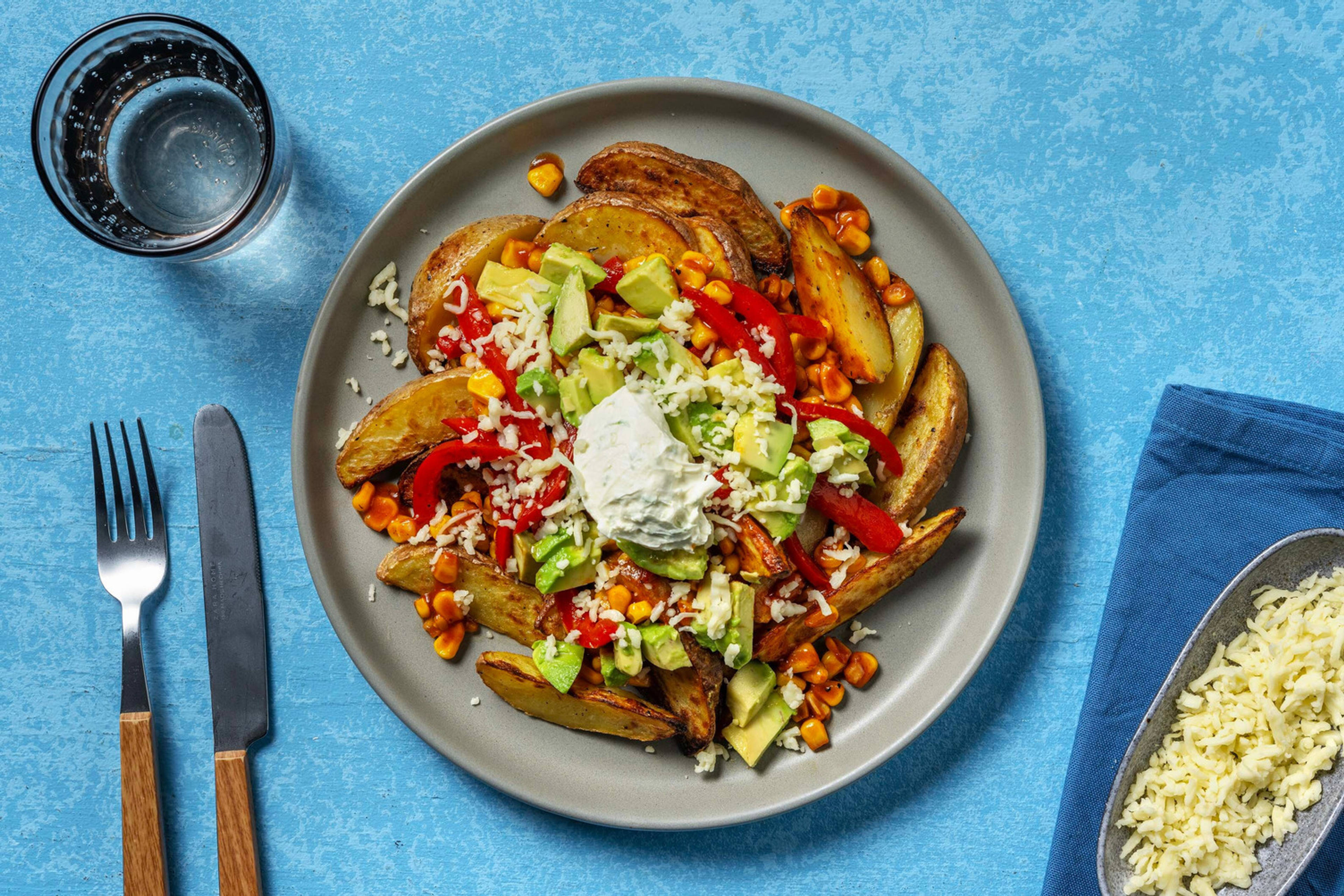
Cheesy Cajun Loaded Wedges
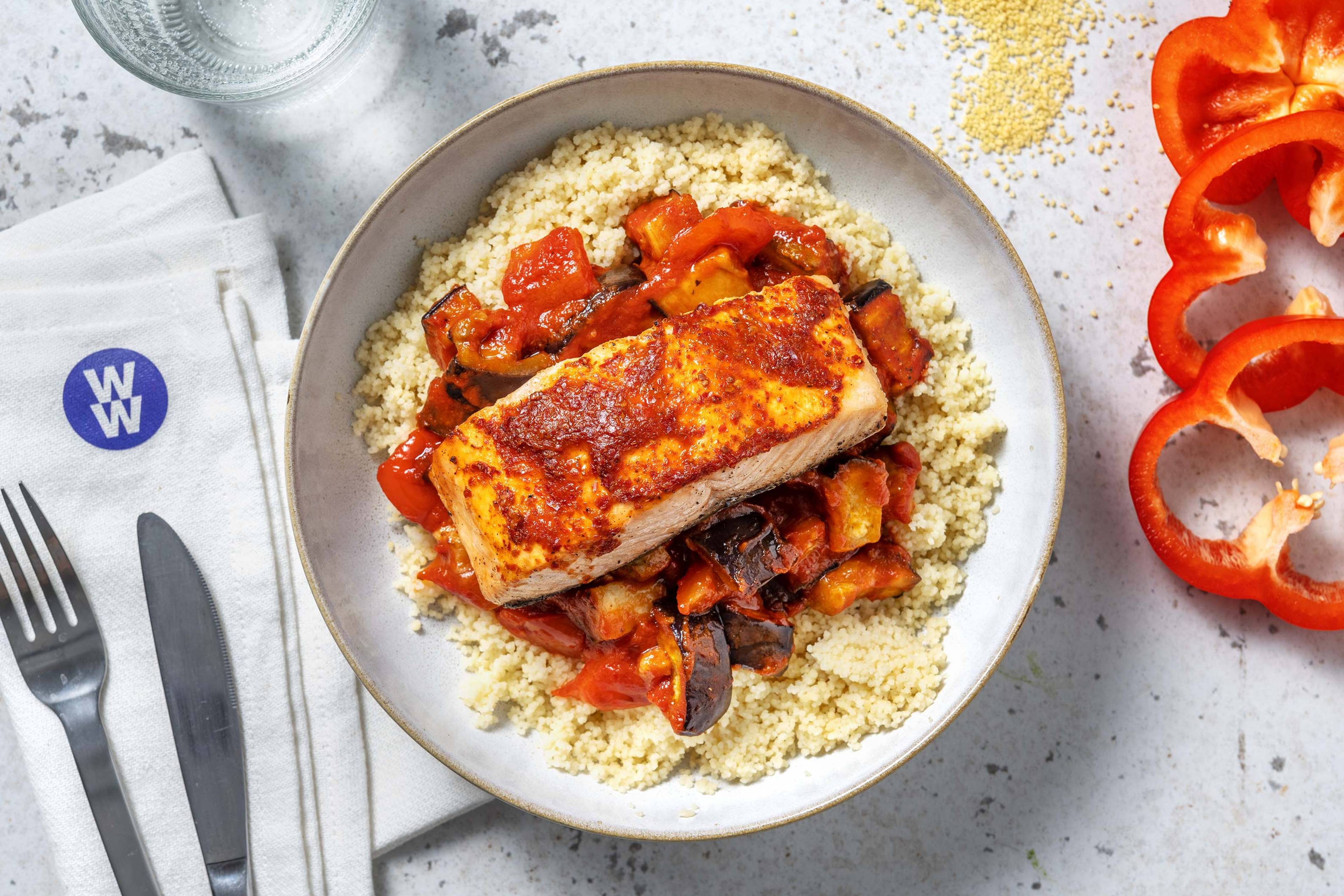
Baked Harissa Salmon
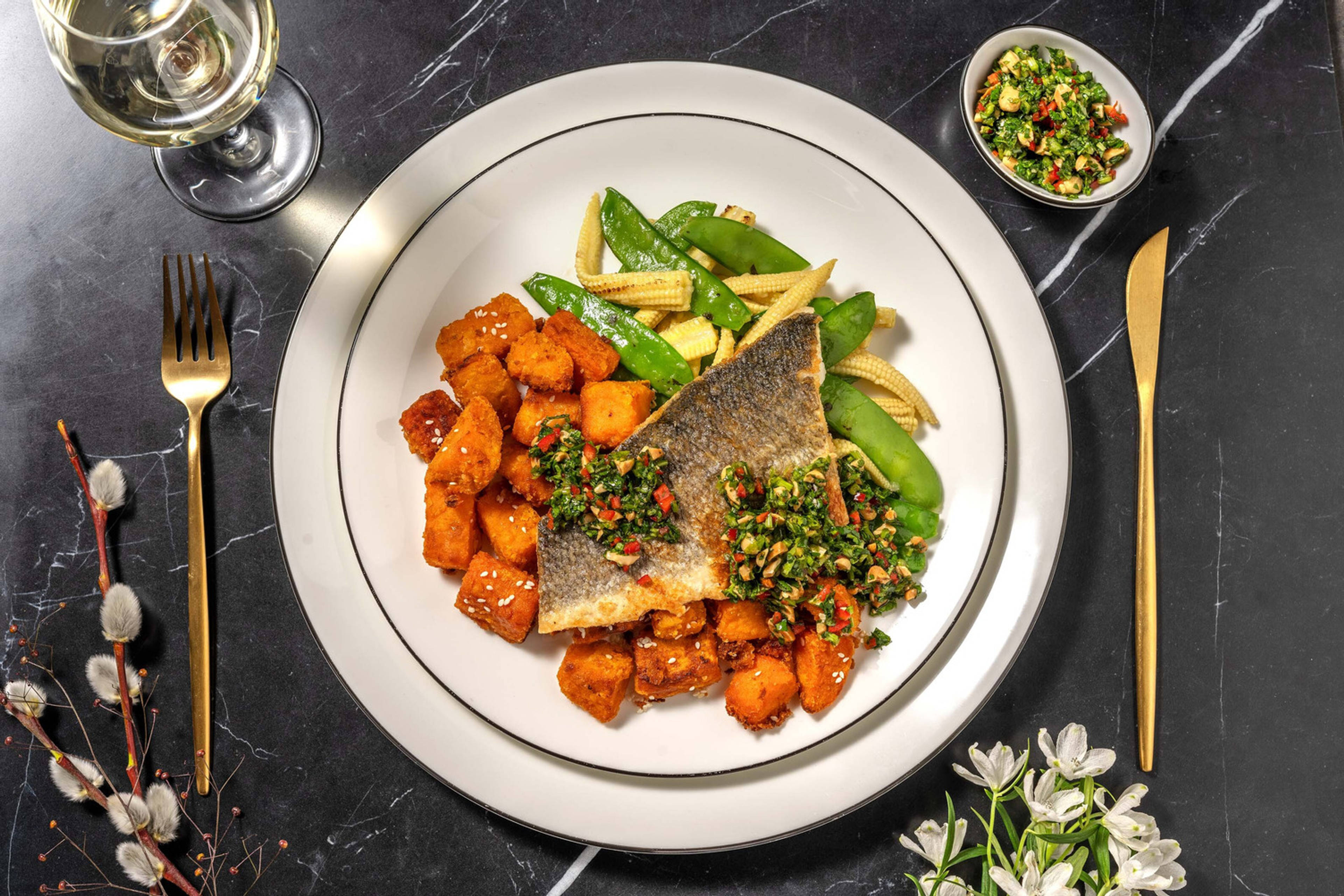
Crispy Sea Bream and Asian Style Pesto
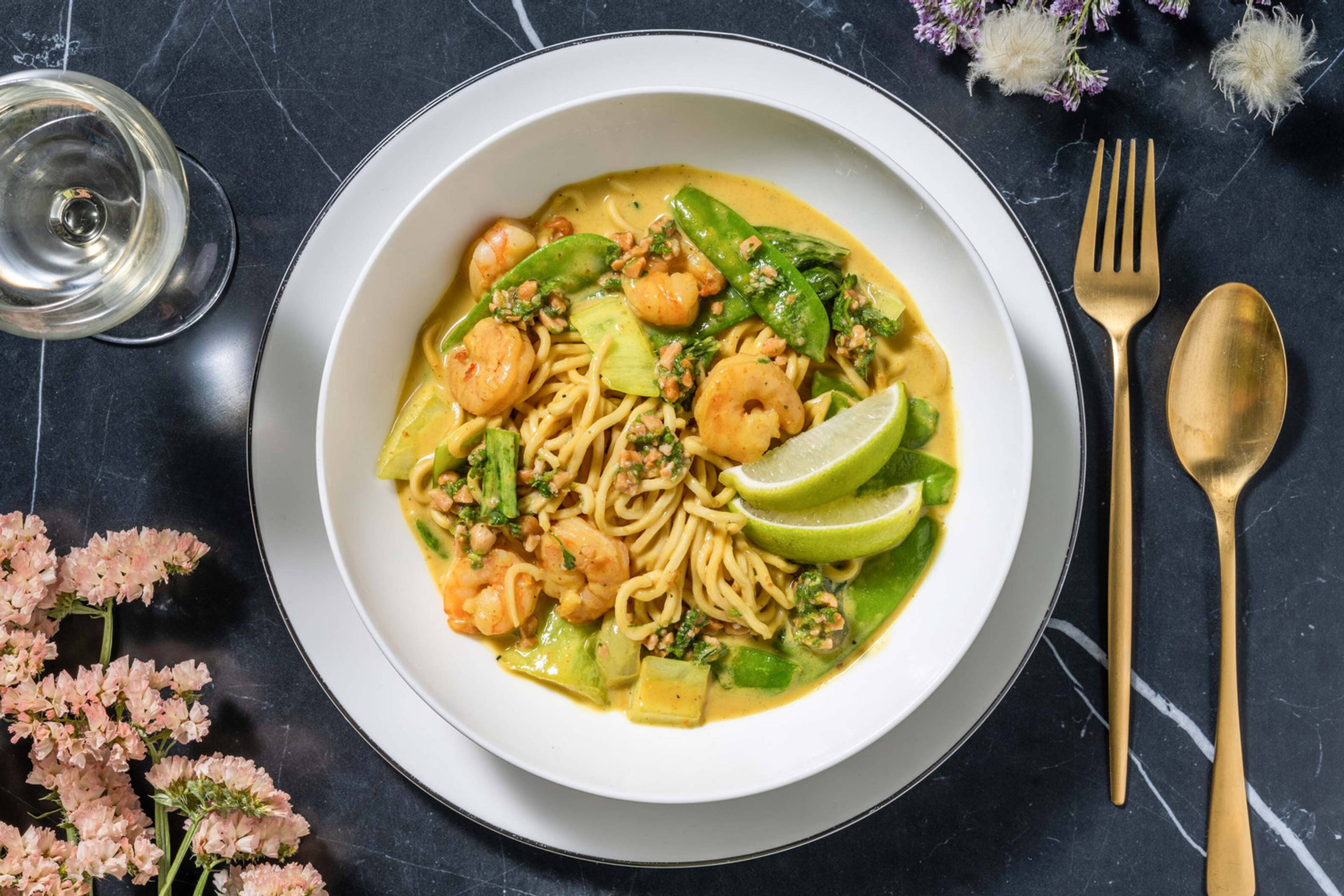
Coconut King Prawn Laksa
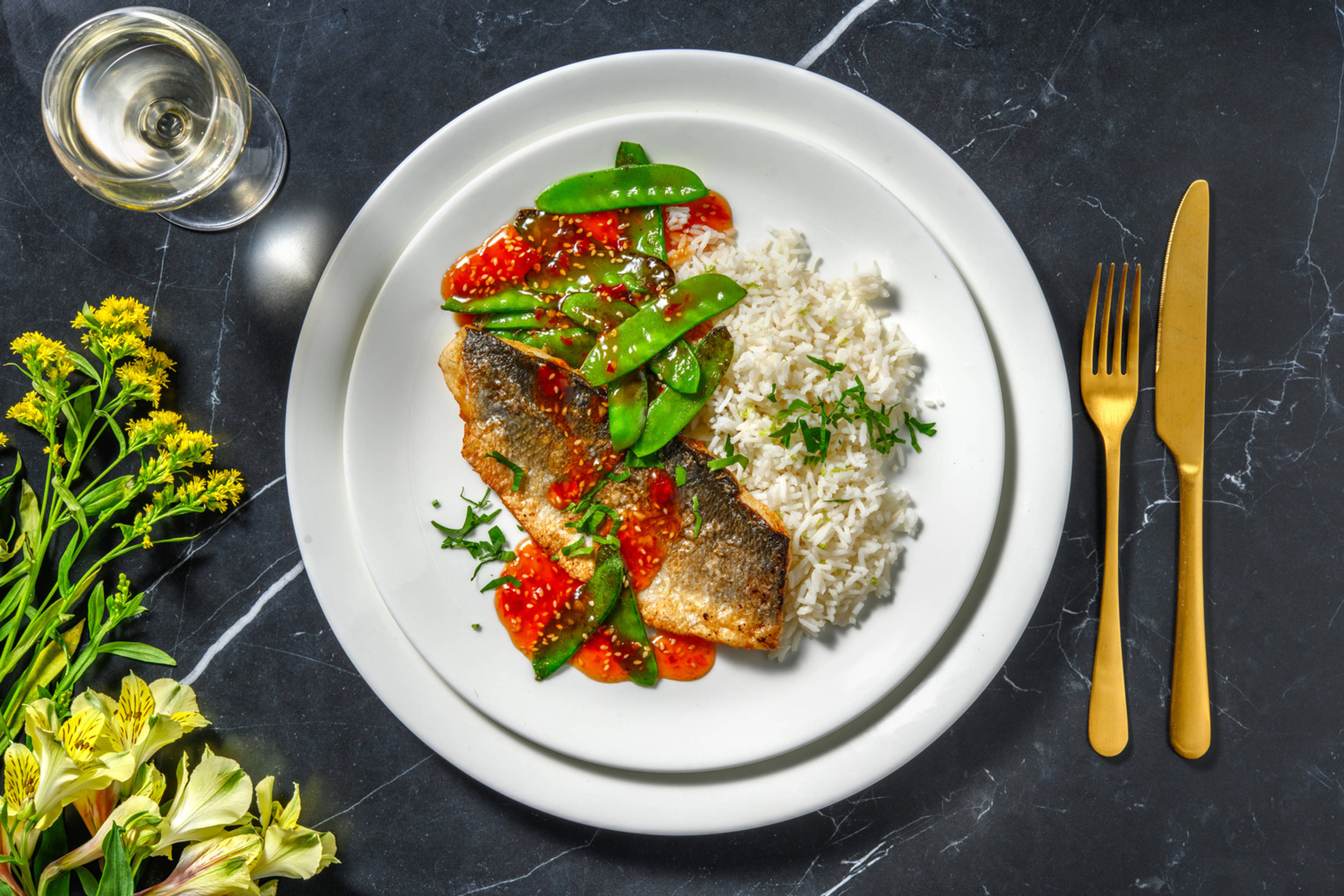
Crispy Sea Bass and Lime Coriander Rice
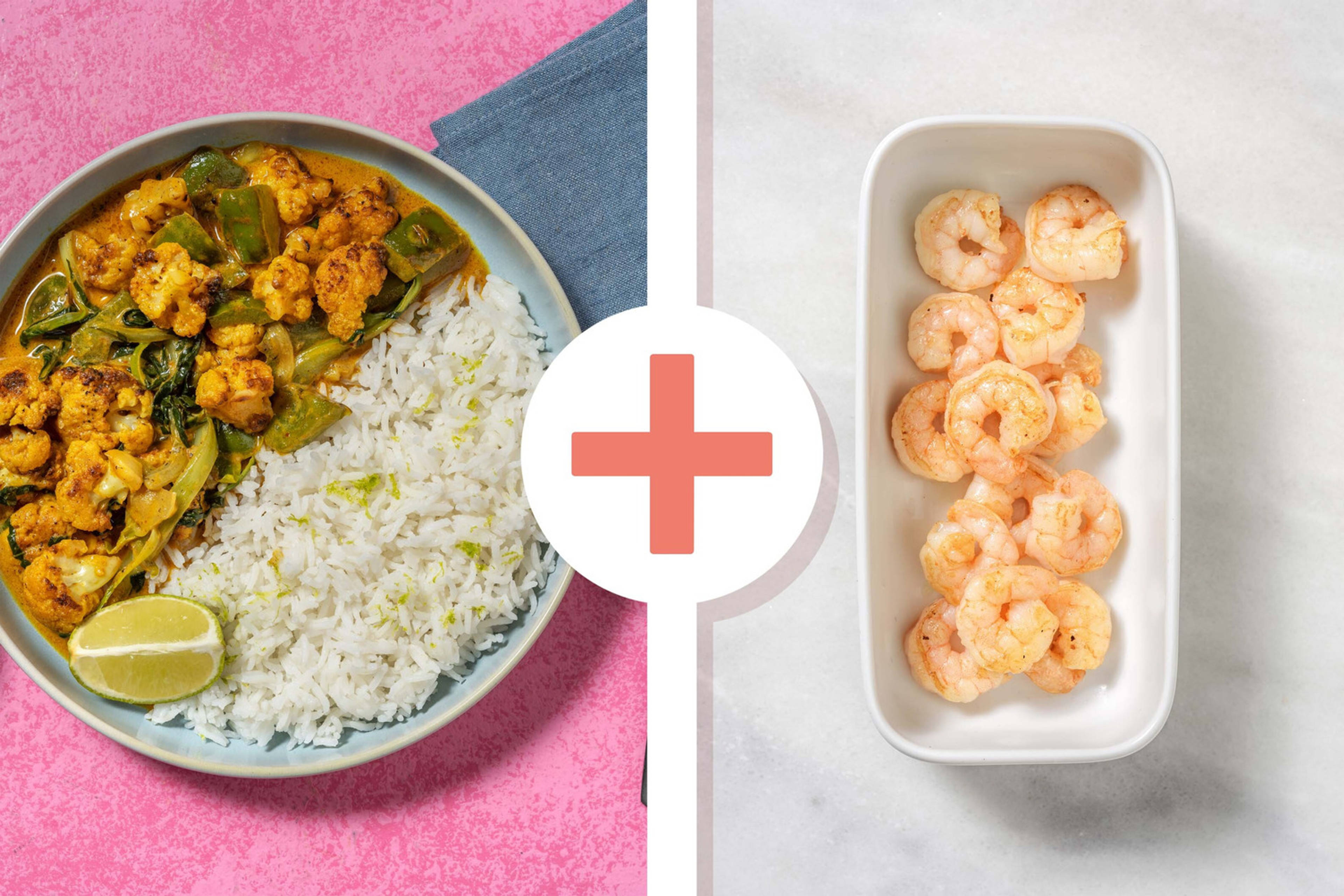
Yellow Thai Style Veg and King Prawn Curry
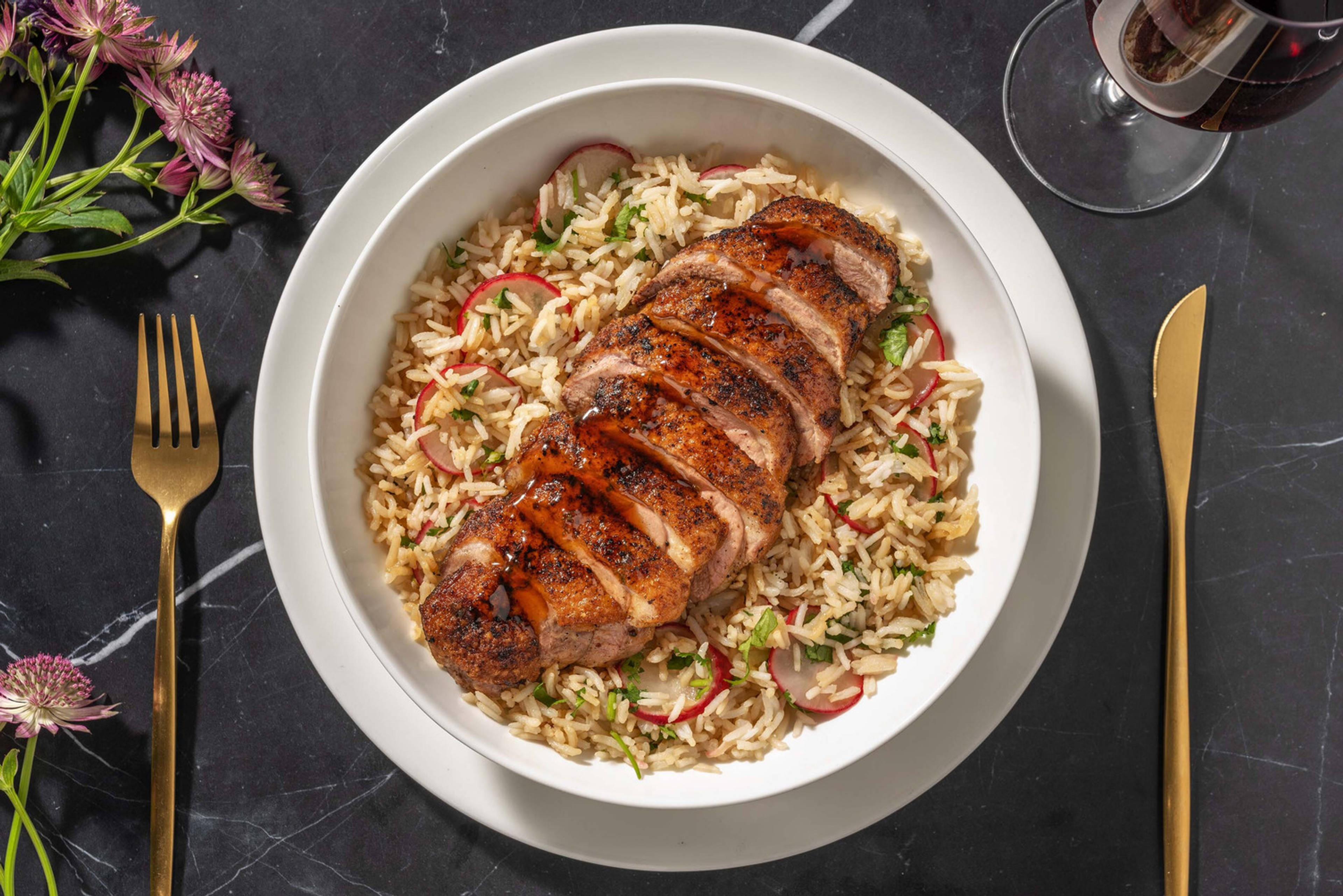
Chinese Five Spice Duck

Honey and Toasted Sesame Beef Rice Bowl
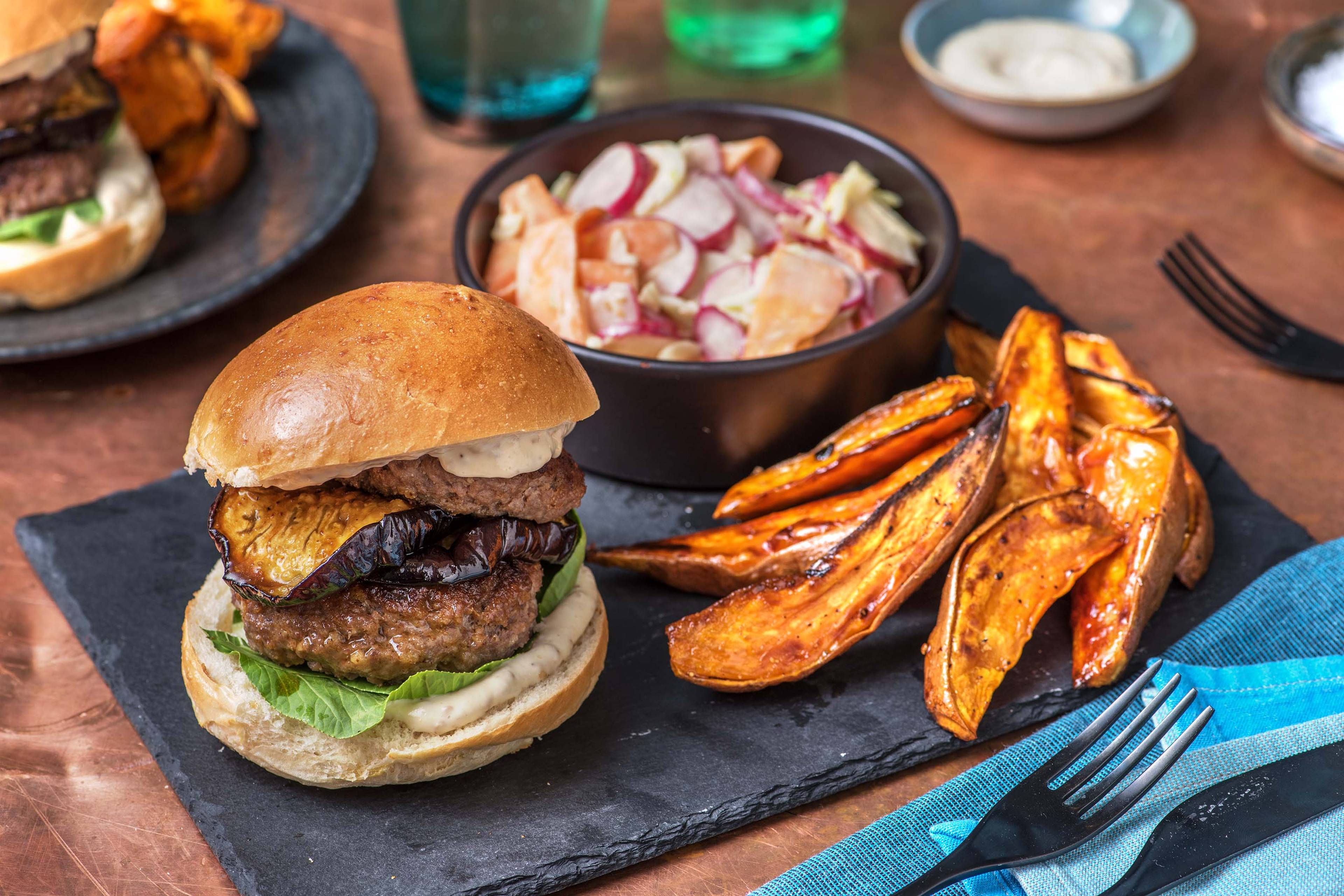
Double Miso Beef Burger and Sticky Aubergine

Dukkah Crusted Cod
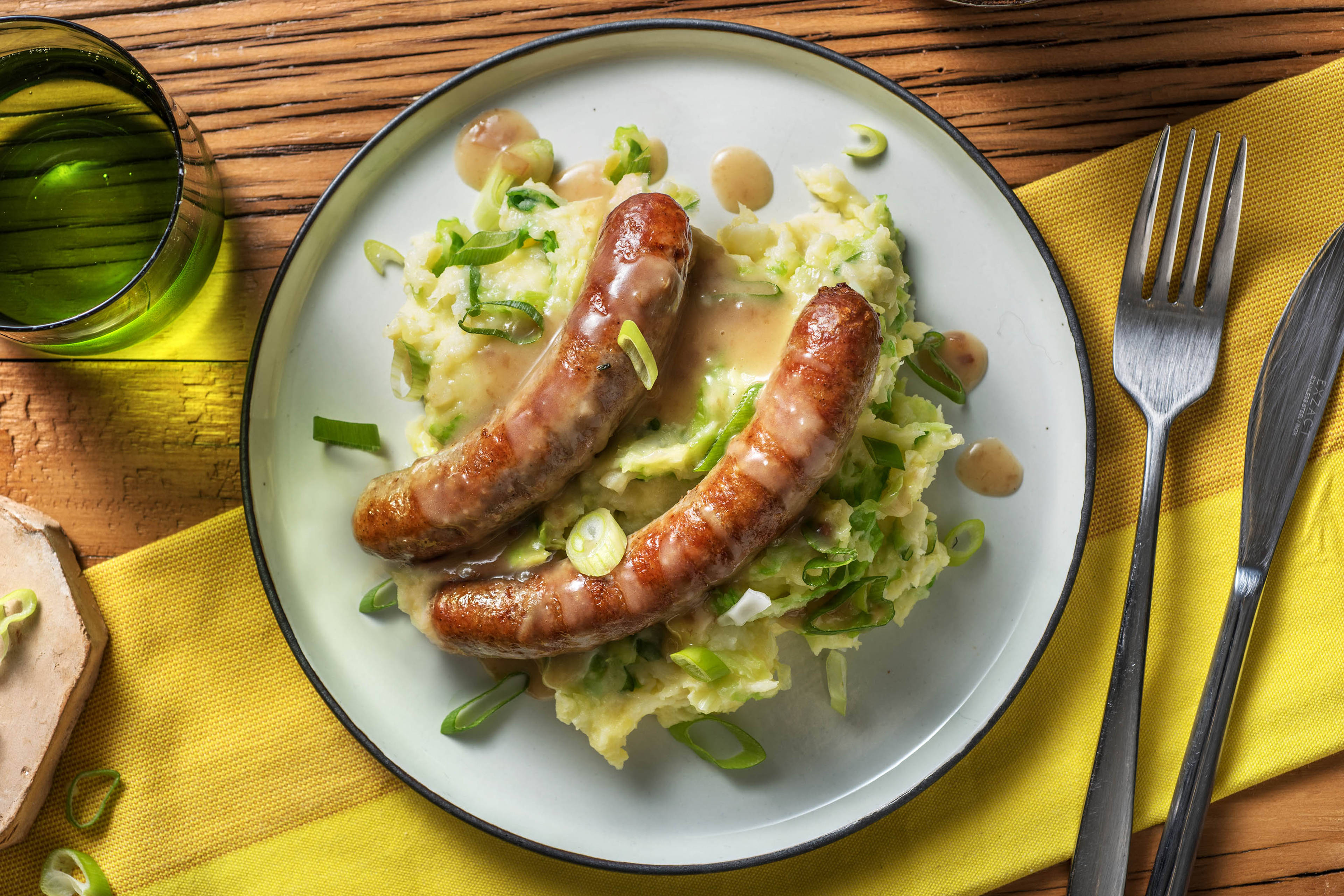
Pork and Caramelised Onion Sausages
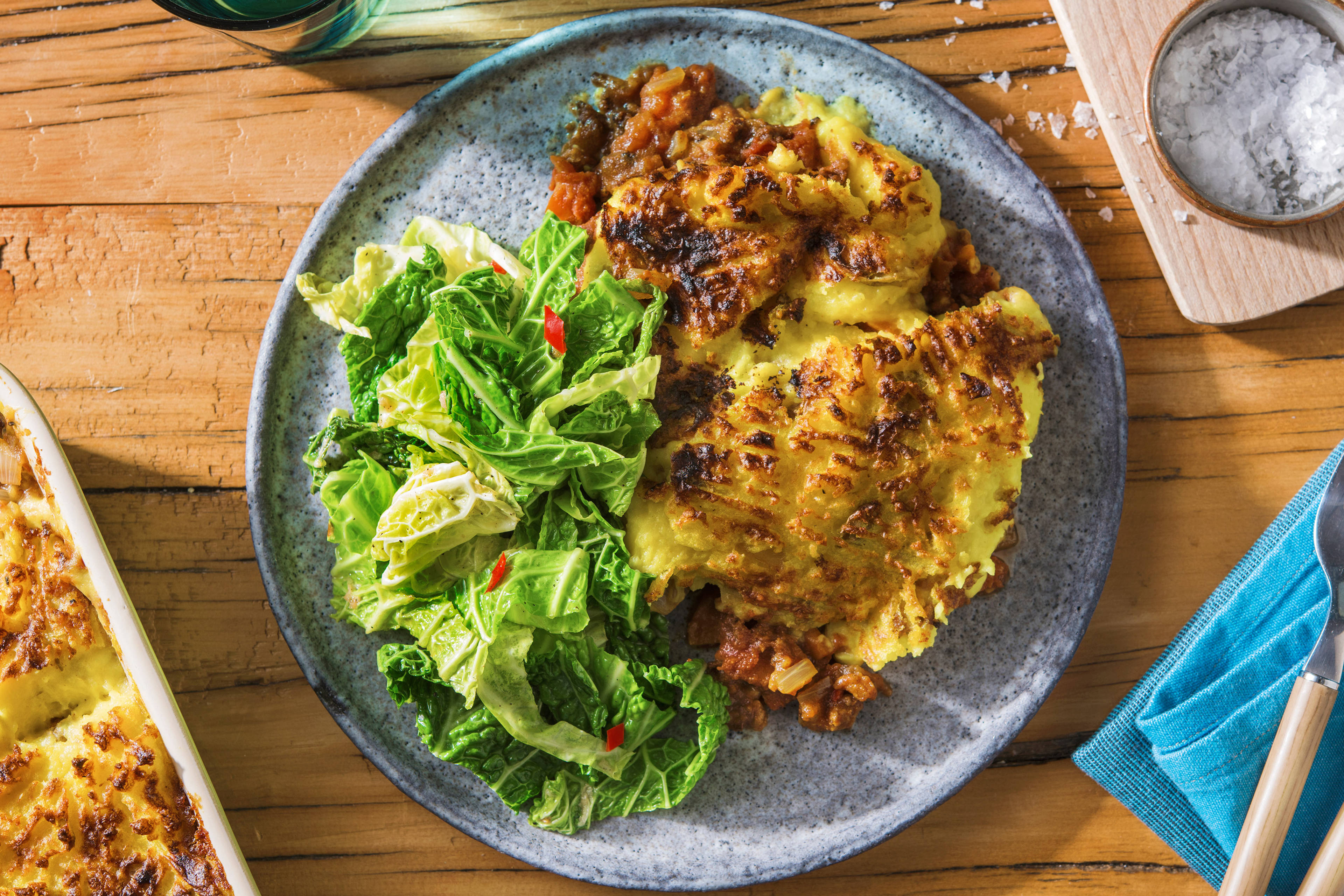
Indian Spiced Sheperd's Pie
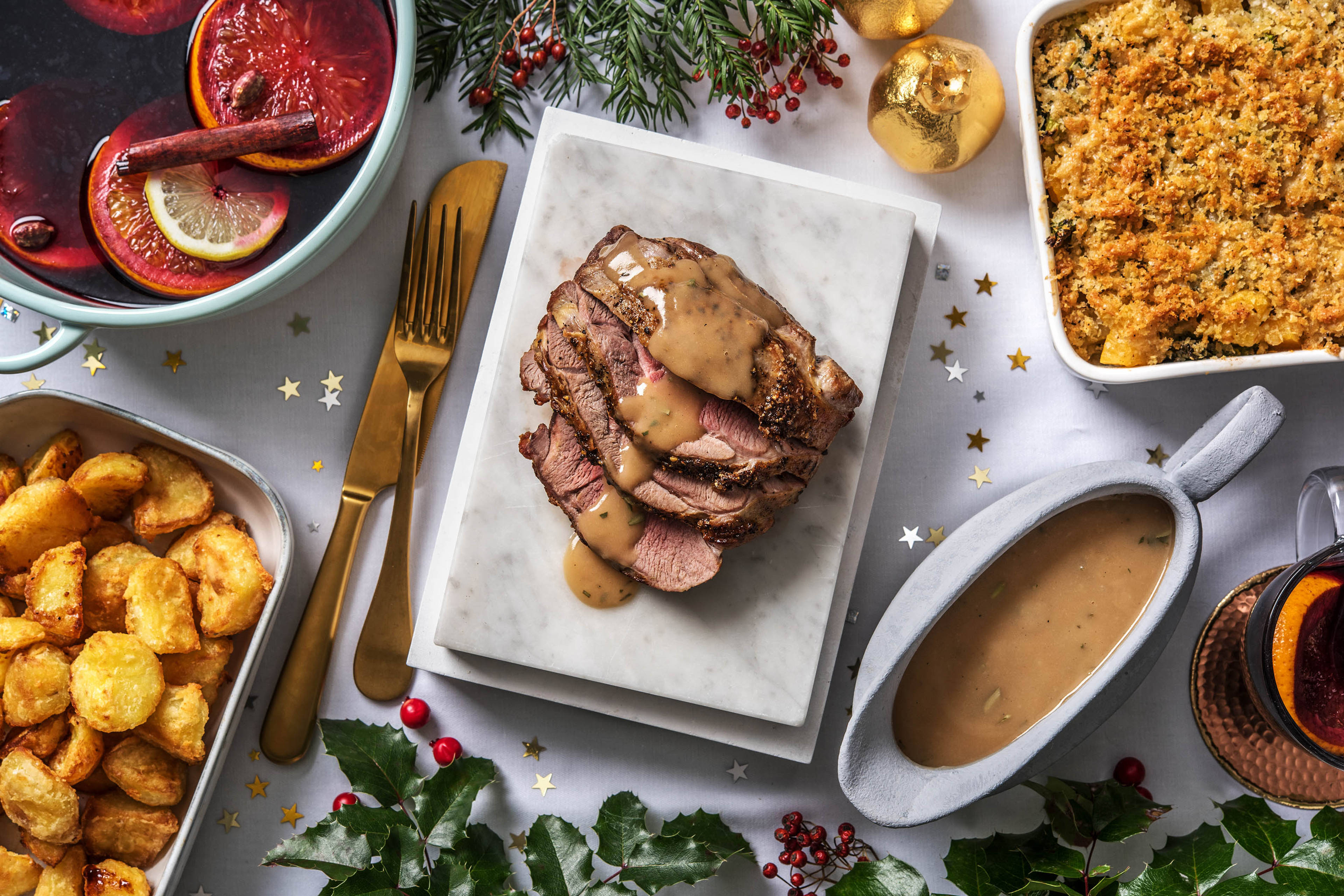
Roast Lamb and Mulled Wine Spices
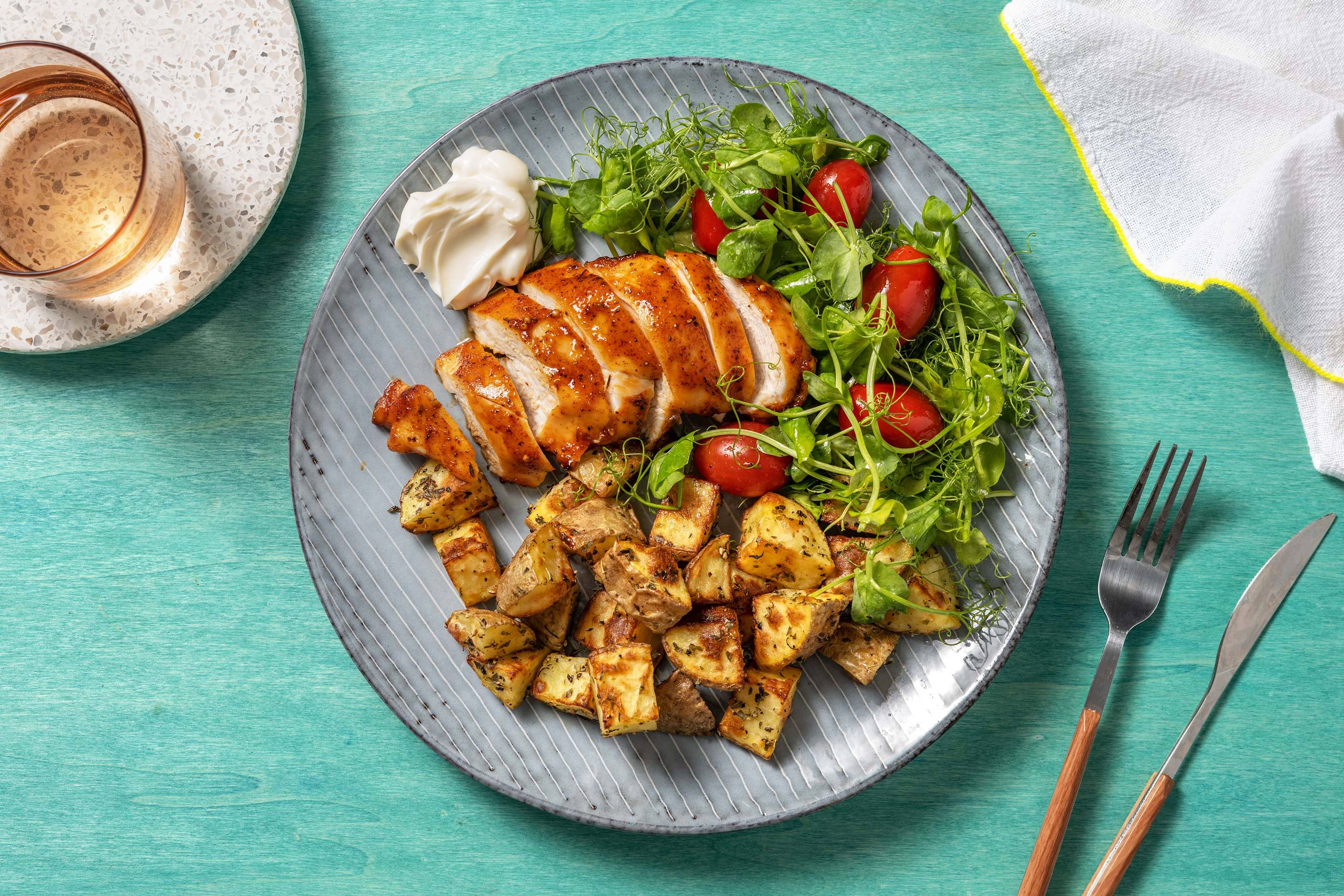
Peri Peri Chicken Breast Traybake
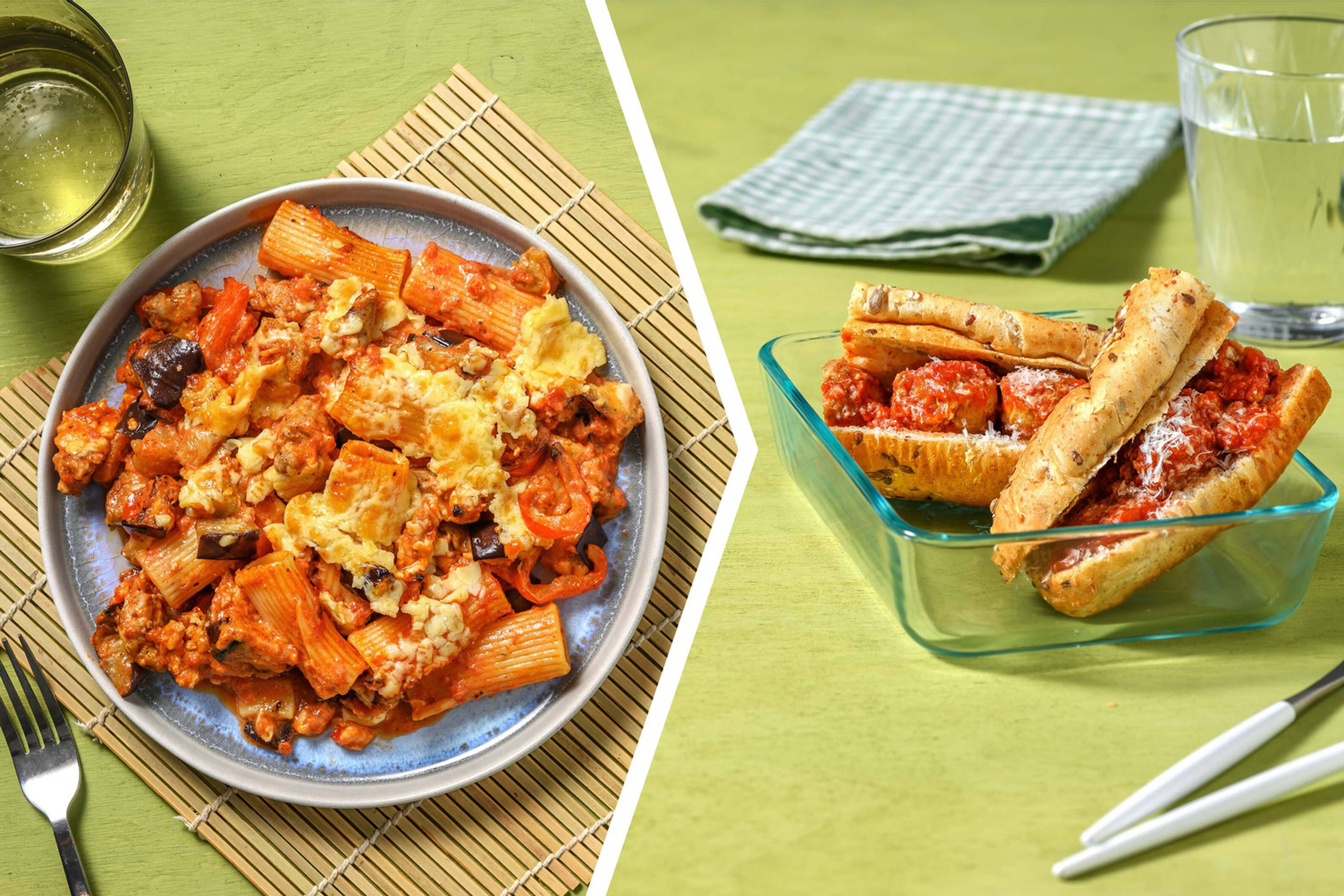
Creamy Sausage Pasta Bake Dinner
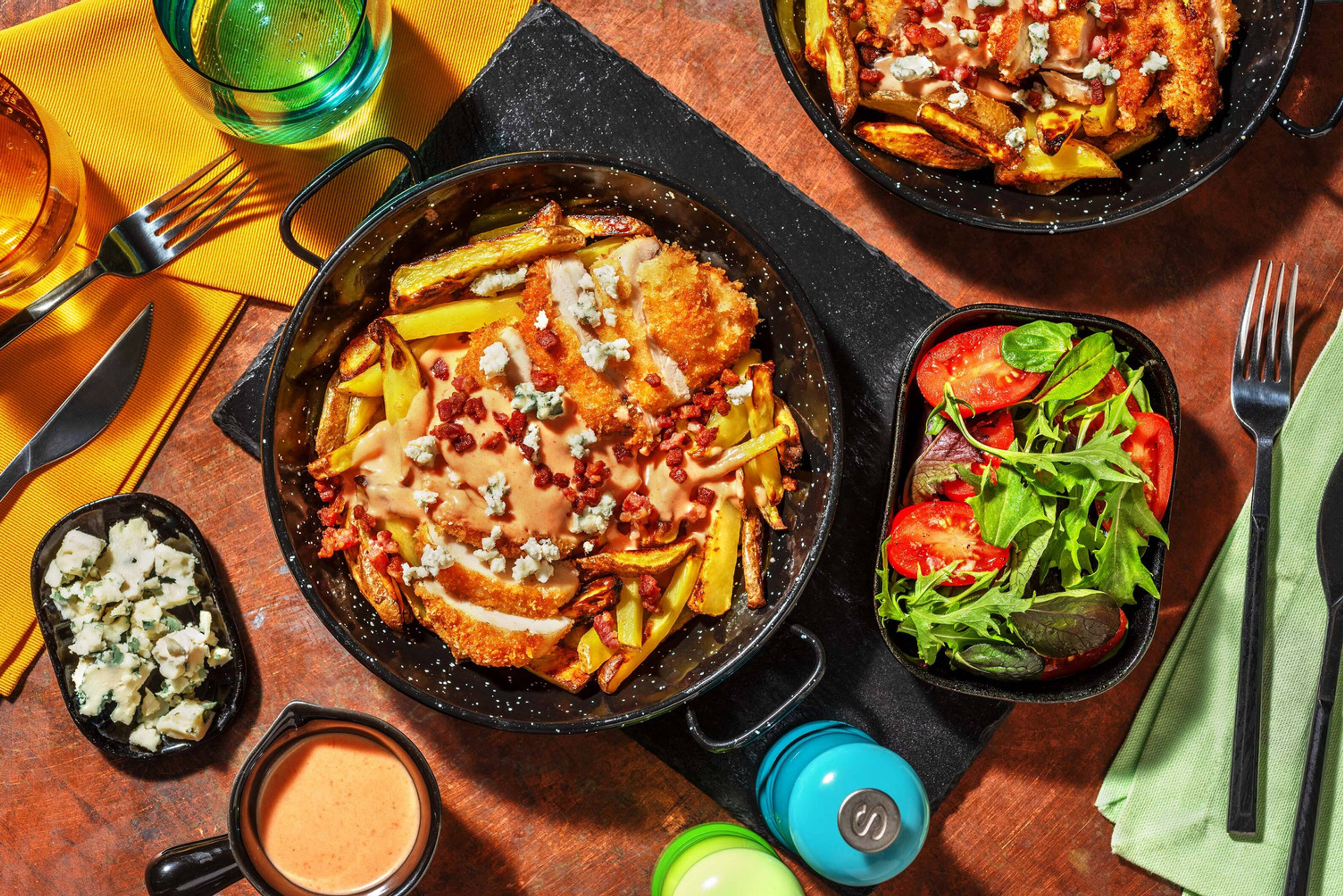
Buffalo Chicken Inspired Loaded Fries
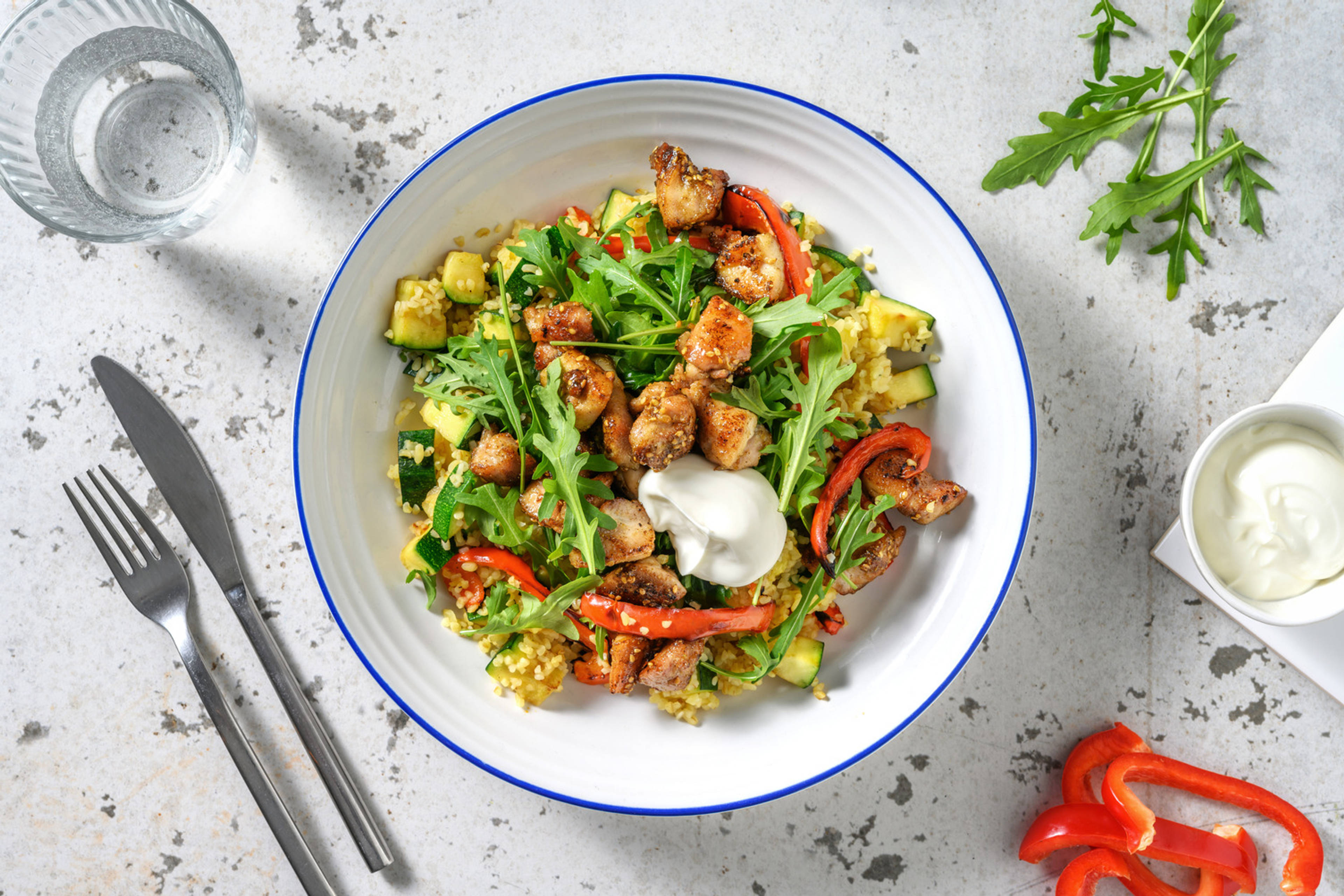
Zahtar Chicken
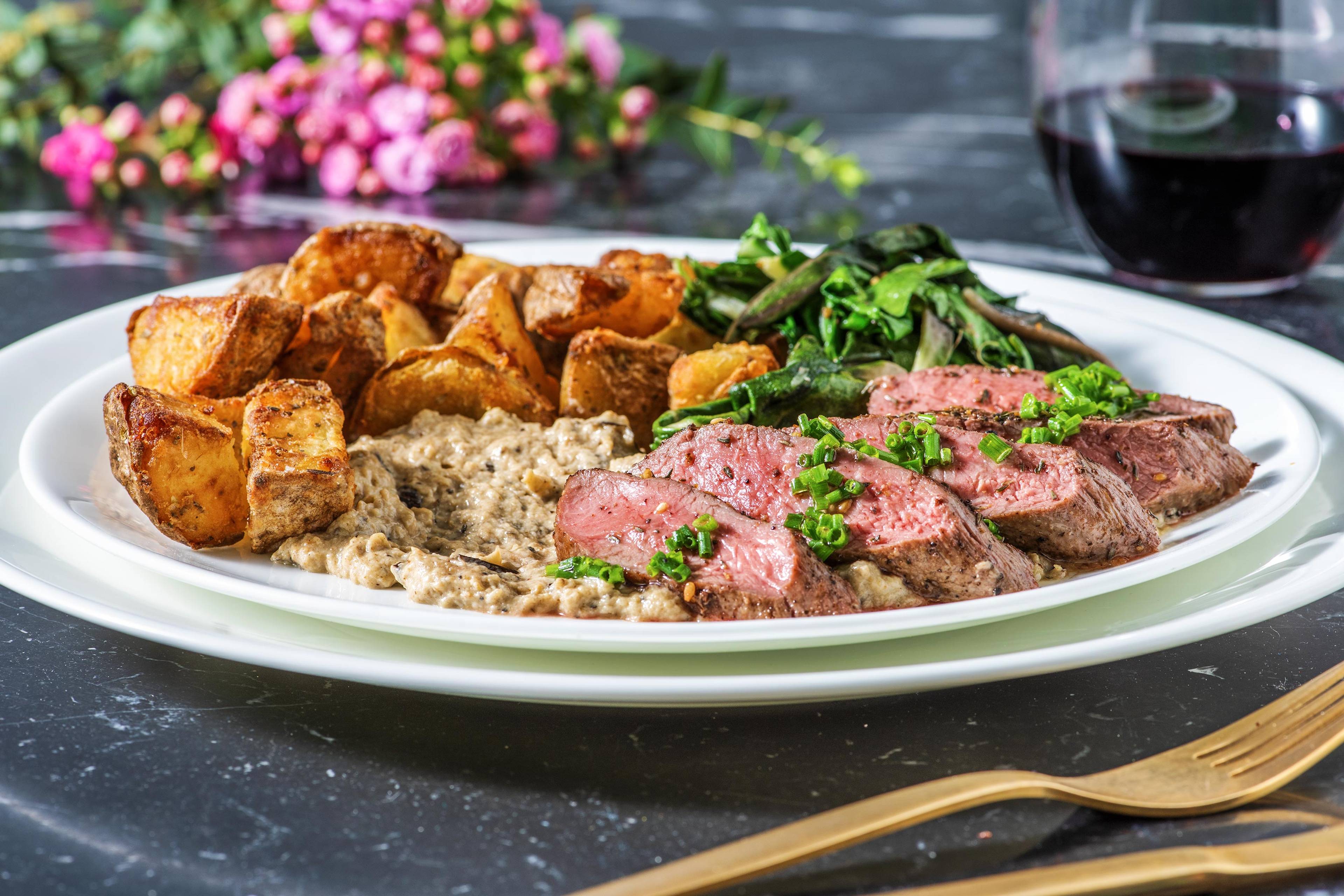
Zahtar Crusted Lamb Loin
Highest-rated dinner recipes
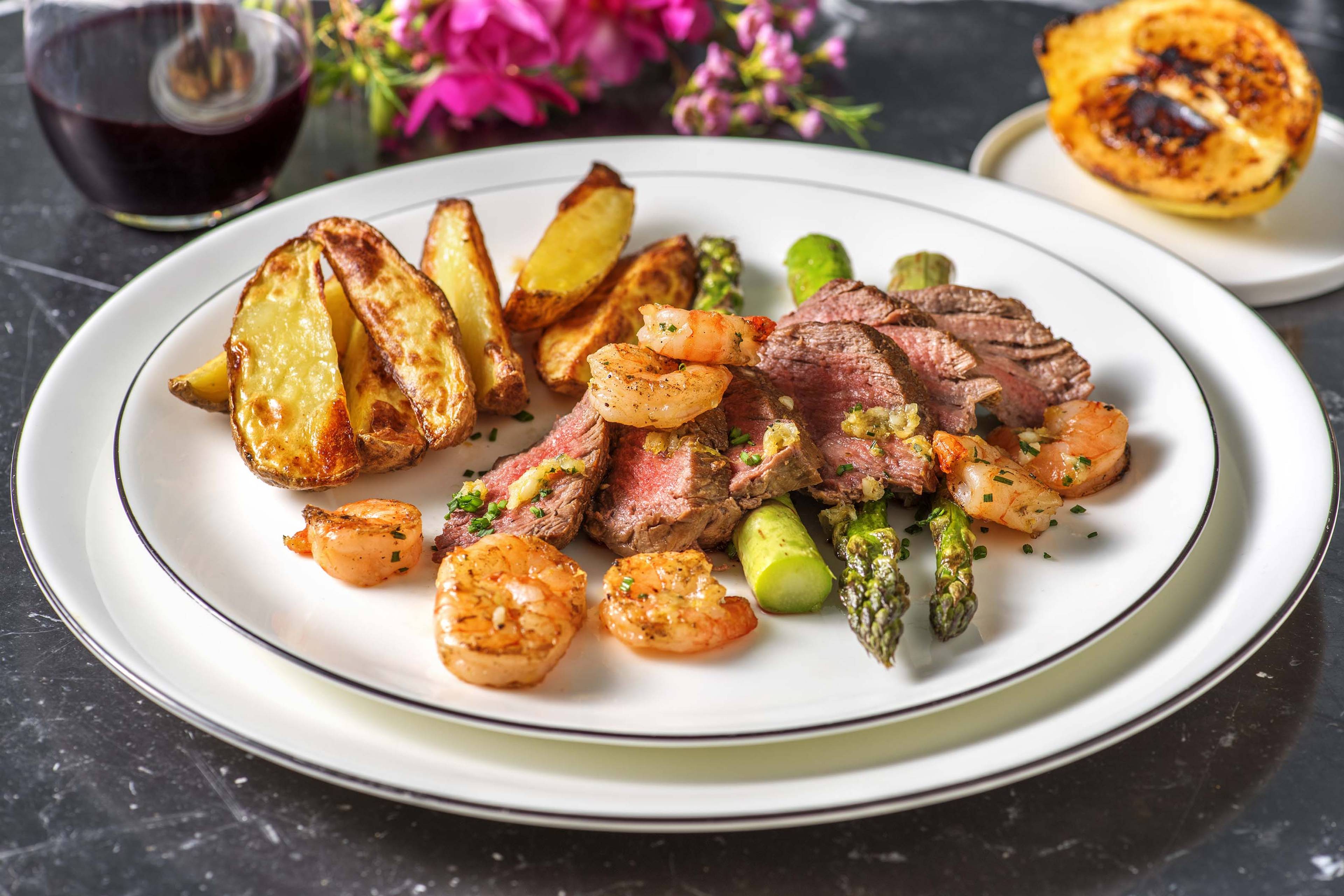
Surf and Turf: Fillet Steak and King Prawns
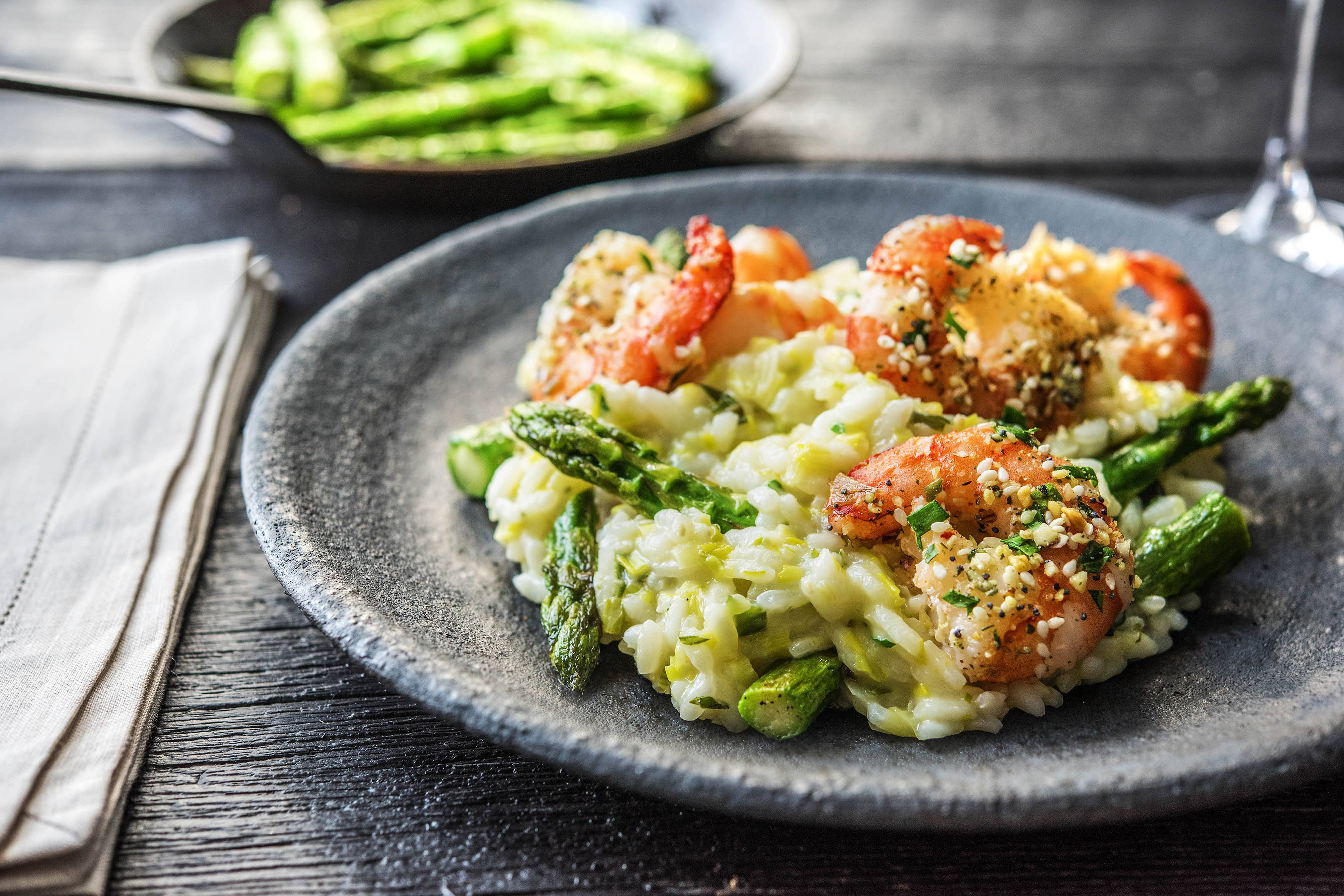
King Prawn Risotto
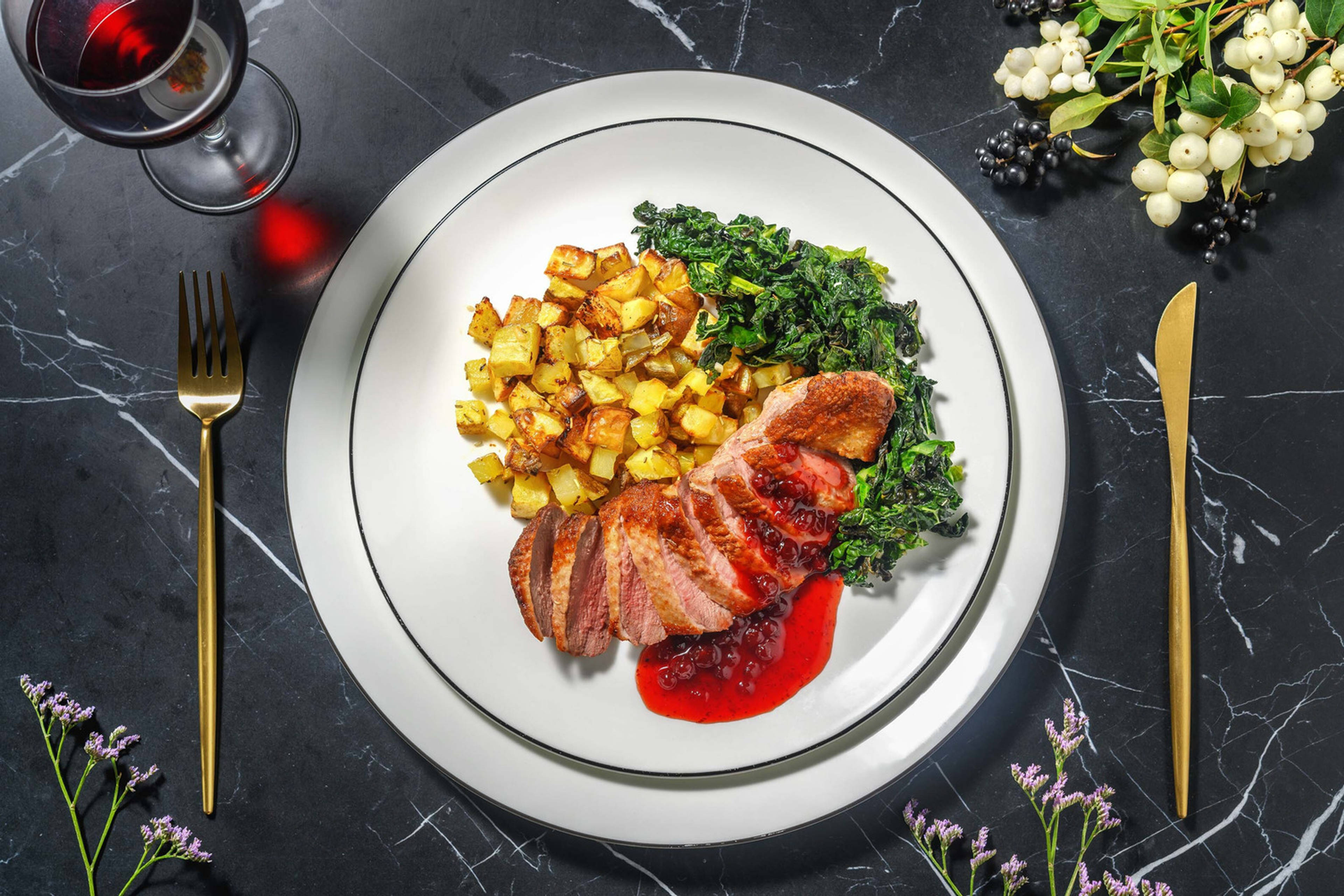
Seared Duck Breast in Balsamic Gastrique Sauce
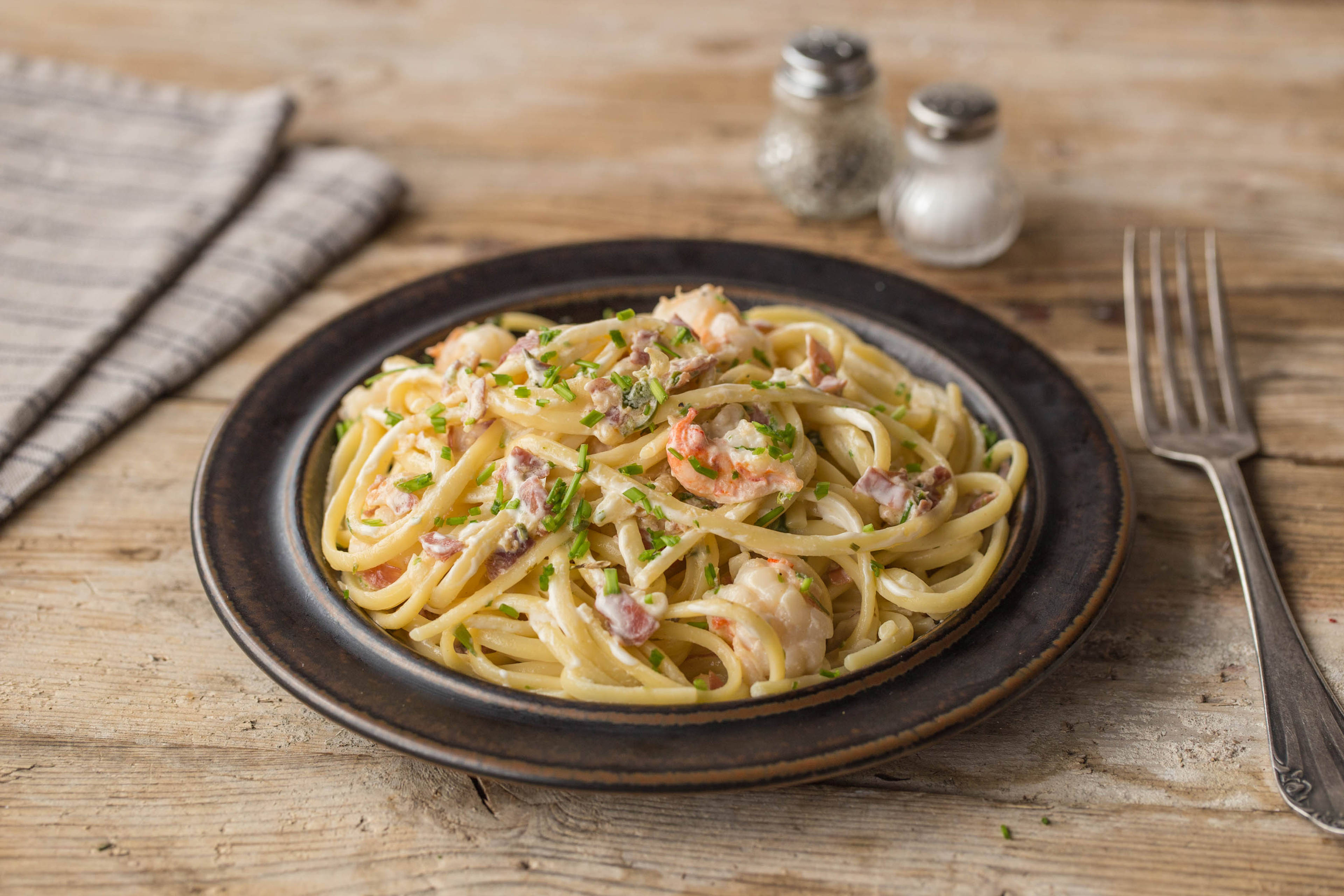
Prawn and Serrano Linguine
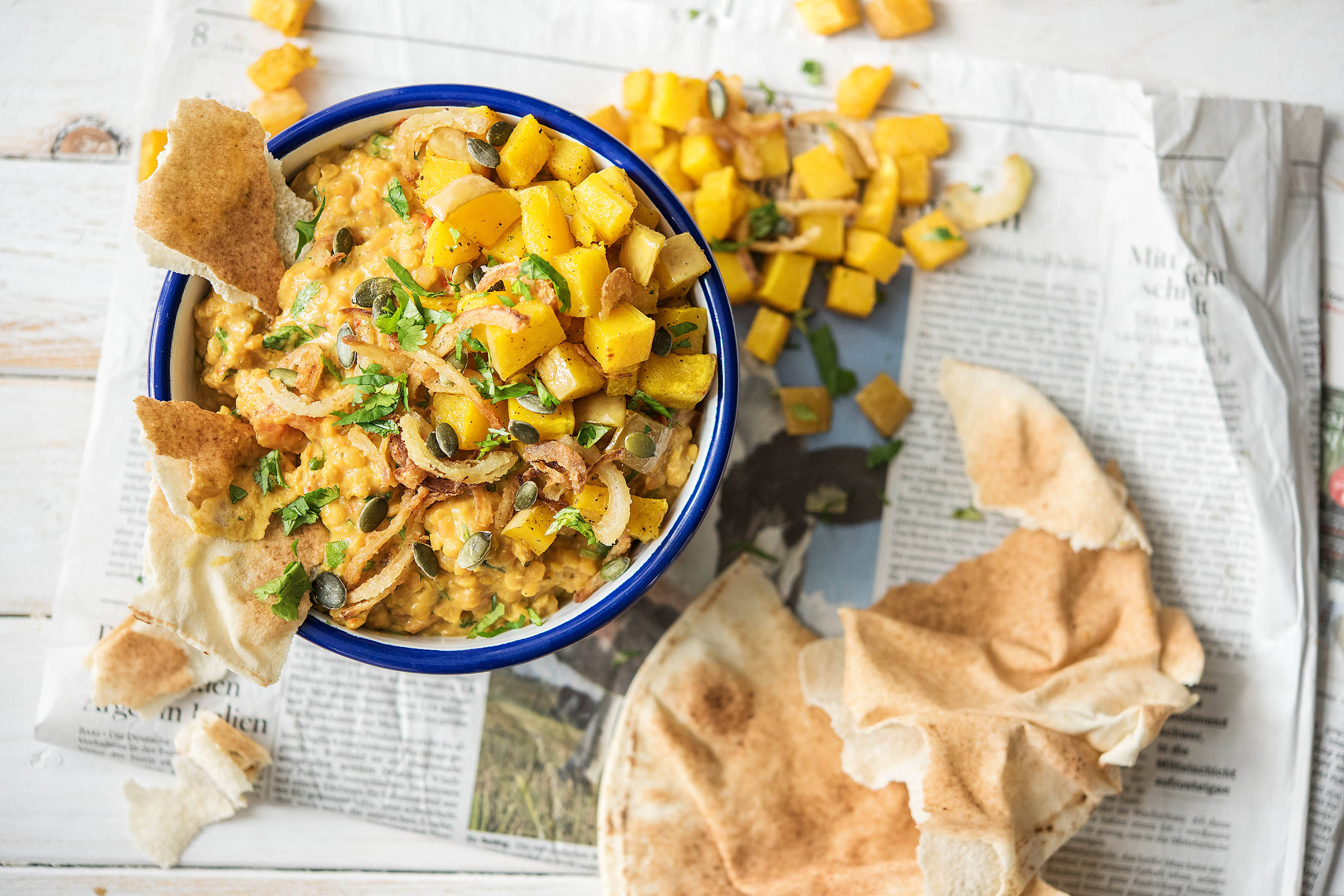
Coconut Dal with Roasted Butternut Squash,
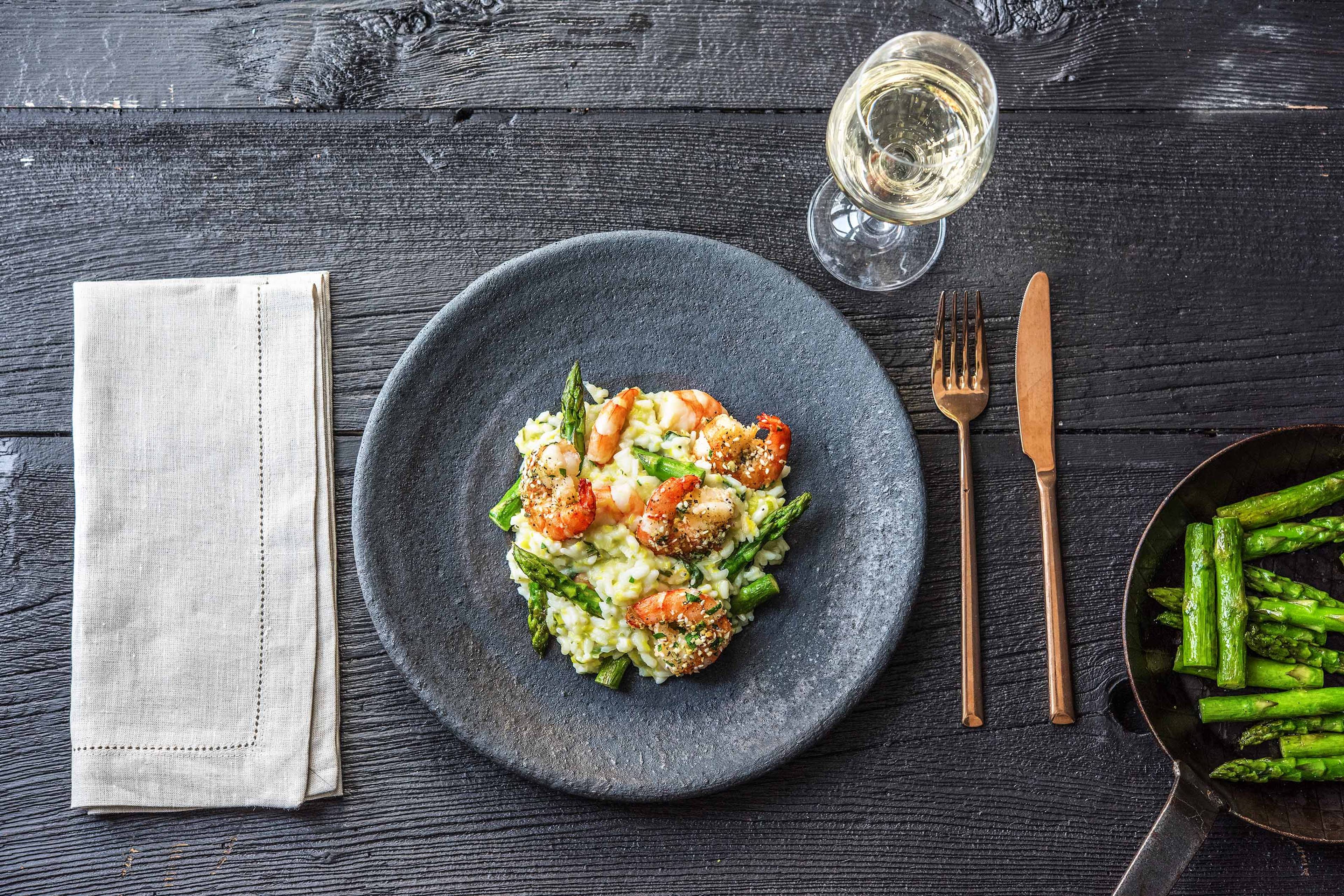
Tempting Tiger Prawn Risotto
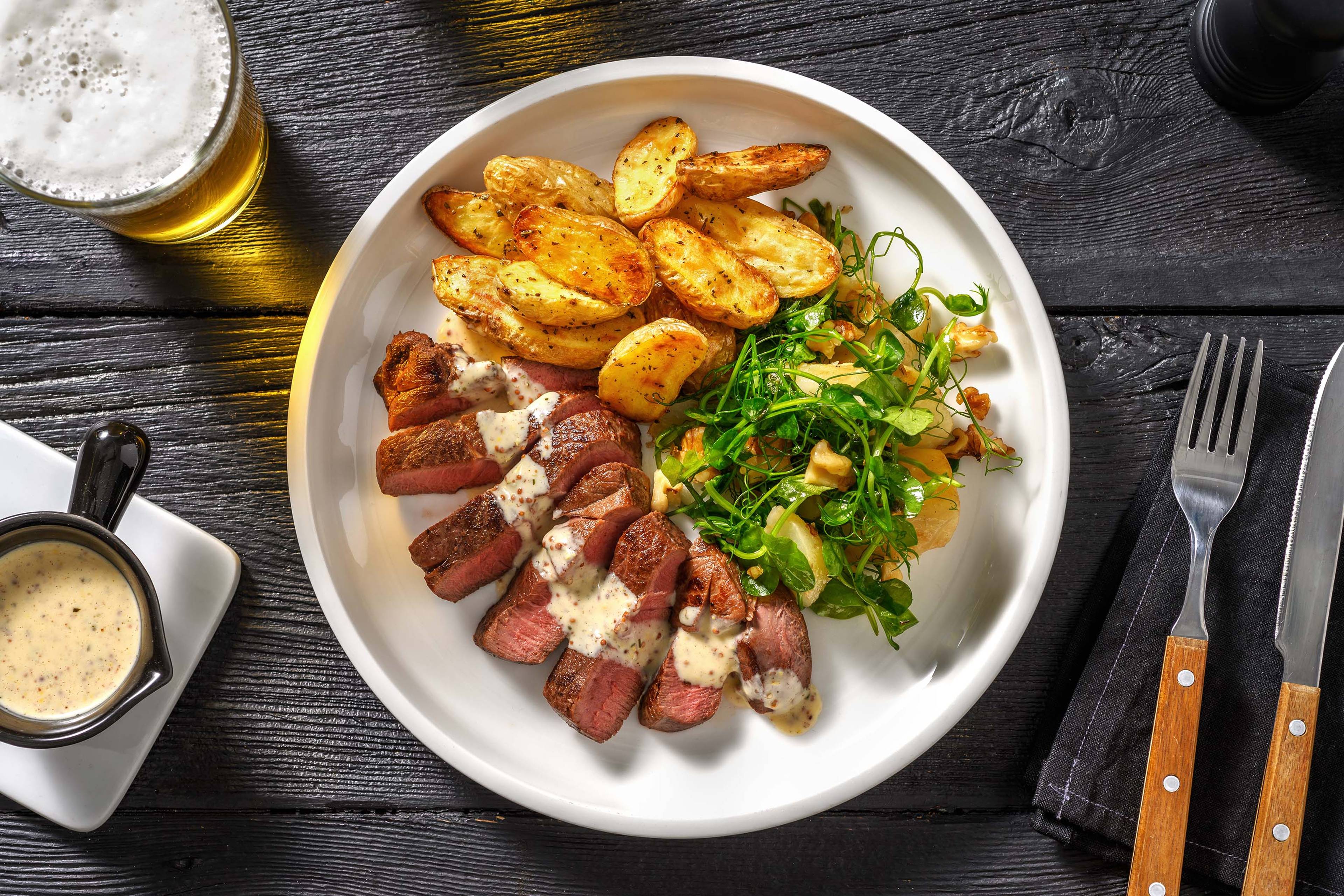
Pan-Fried Venison Steaks
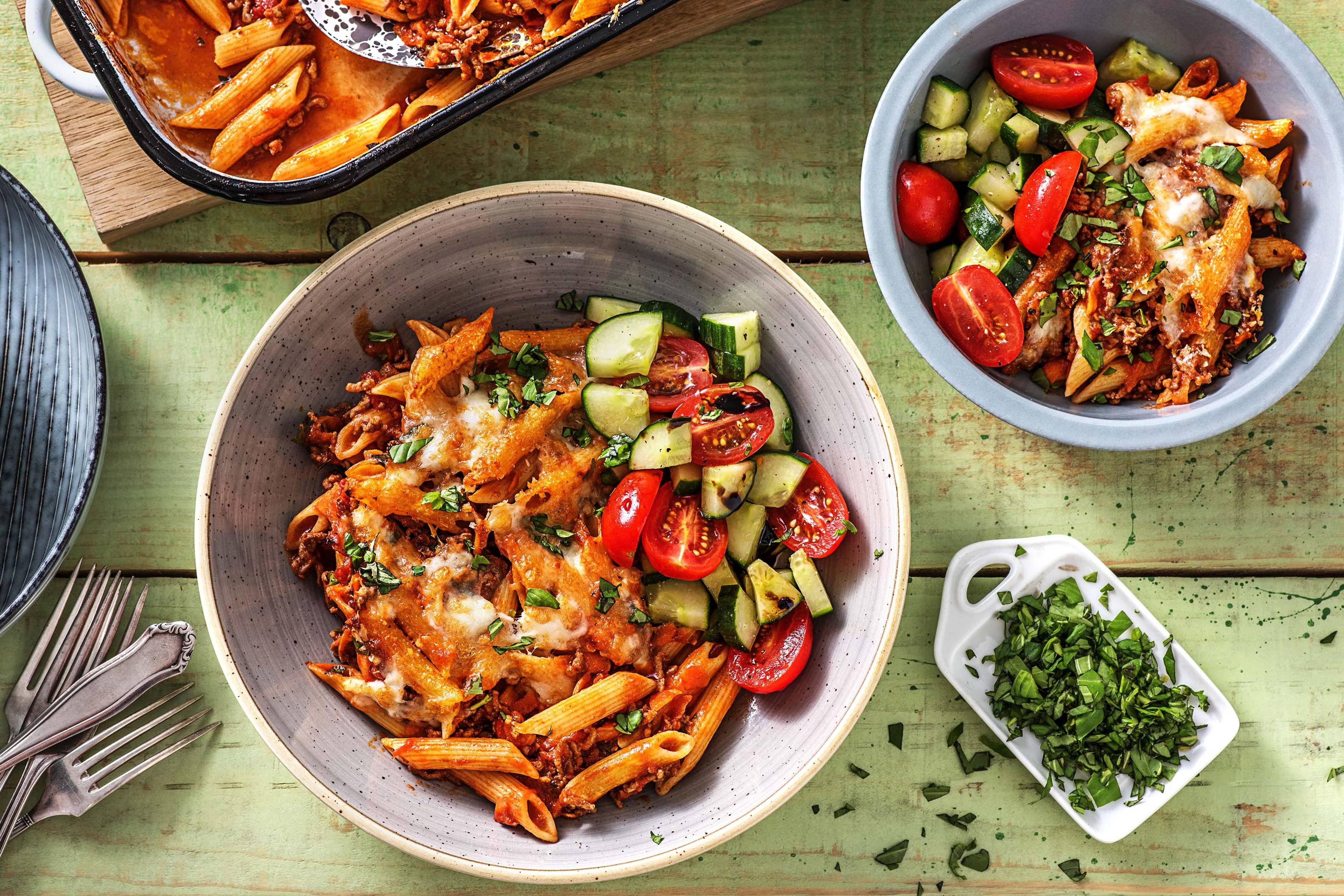
Penne Beef Ragu Alforno
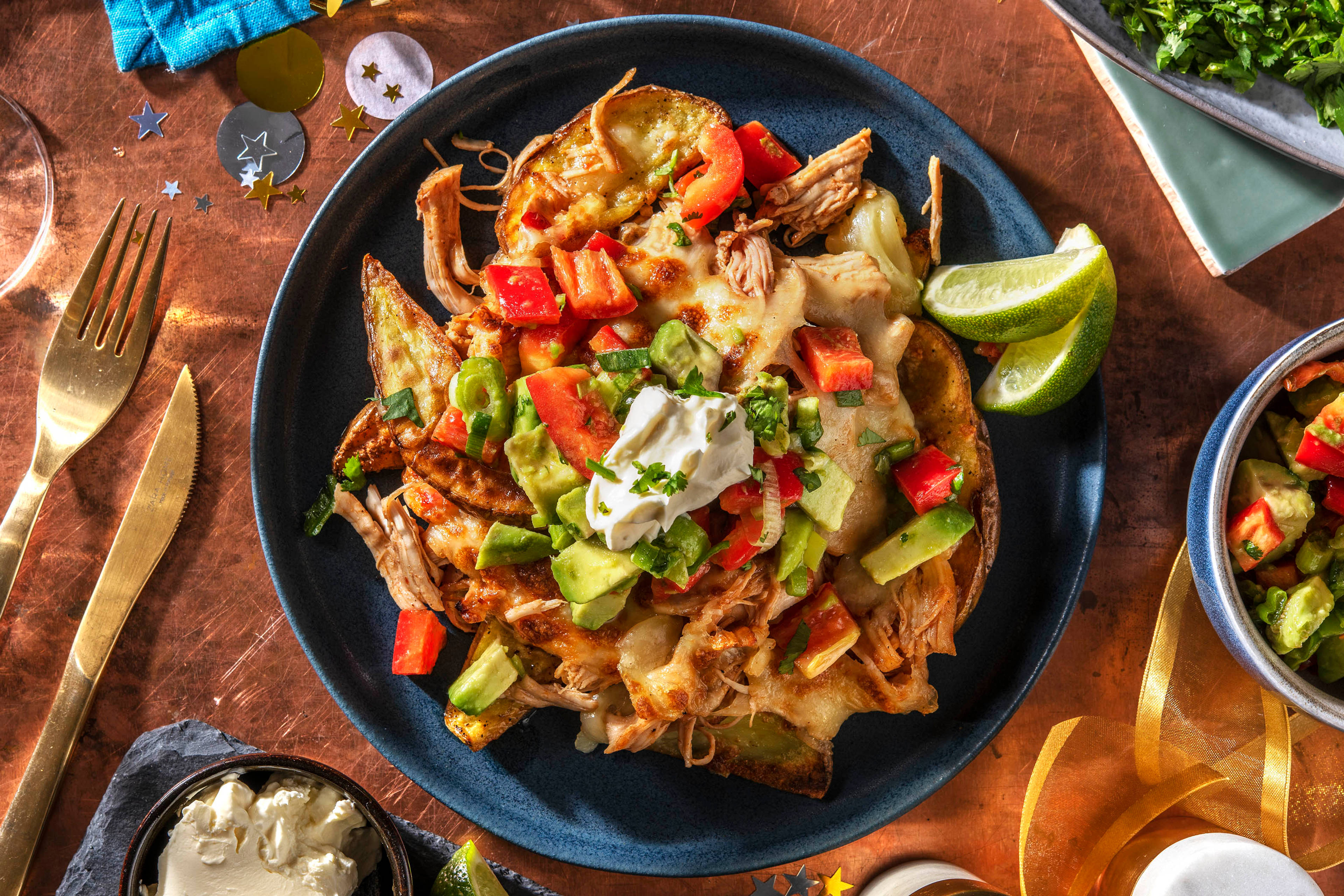
BBQ Pulled Chicken Loaded Cheesy Fries
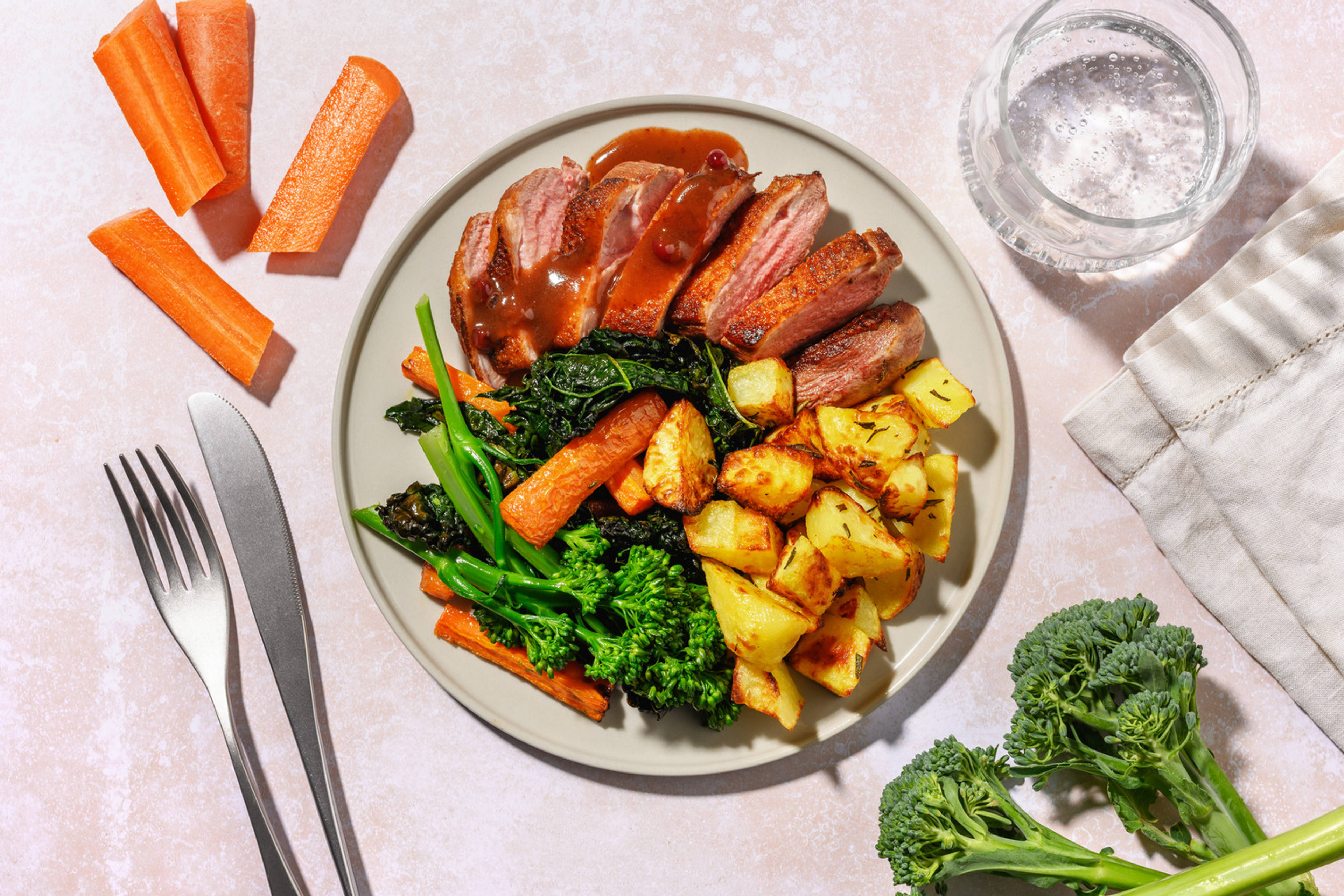
Roasted Duck Breast and Redcurrant Jus
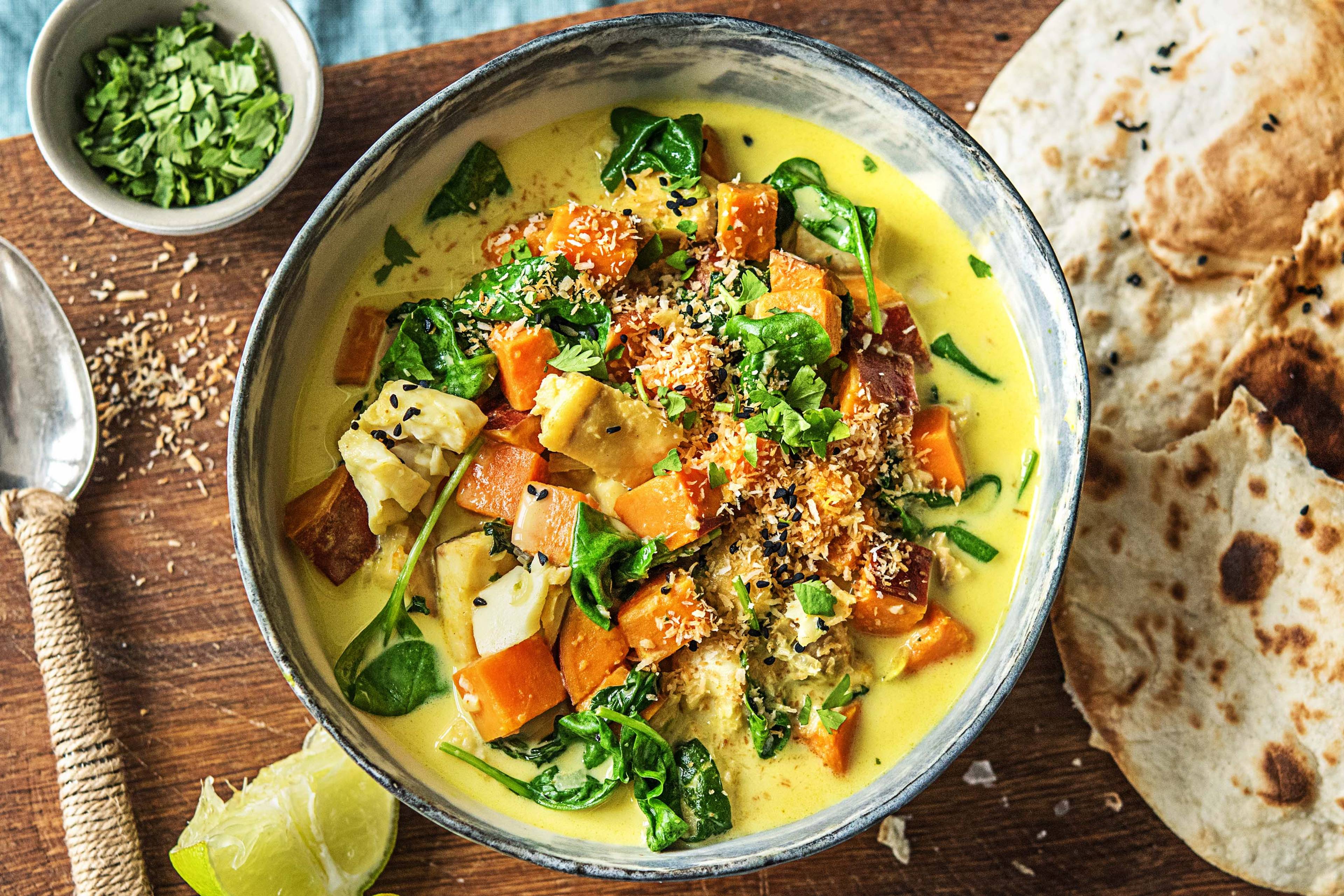
Creamy Fish Curry
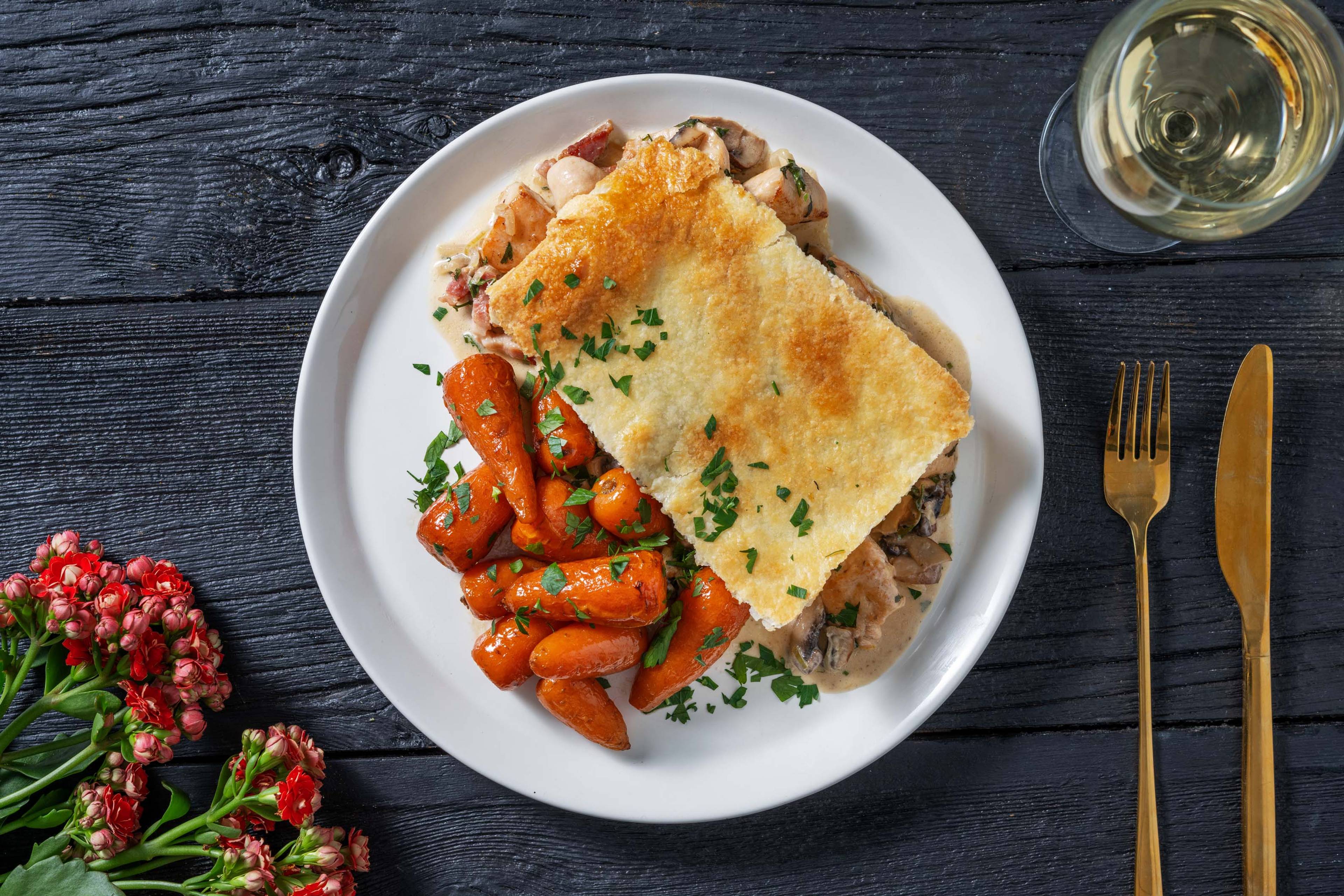
Truffled Chicken, Bacon and Mushroom Pie
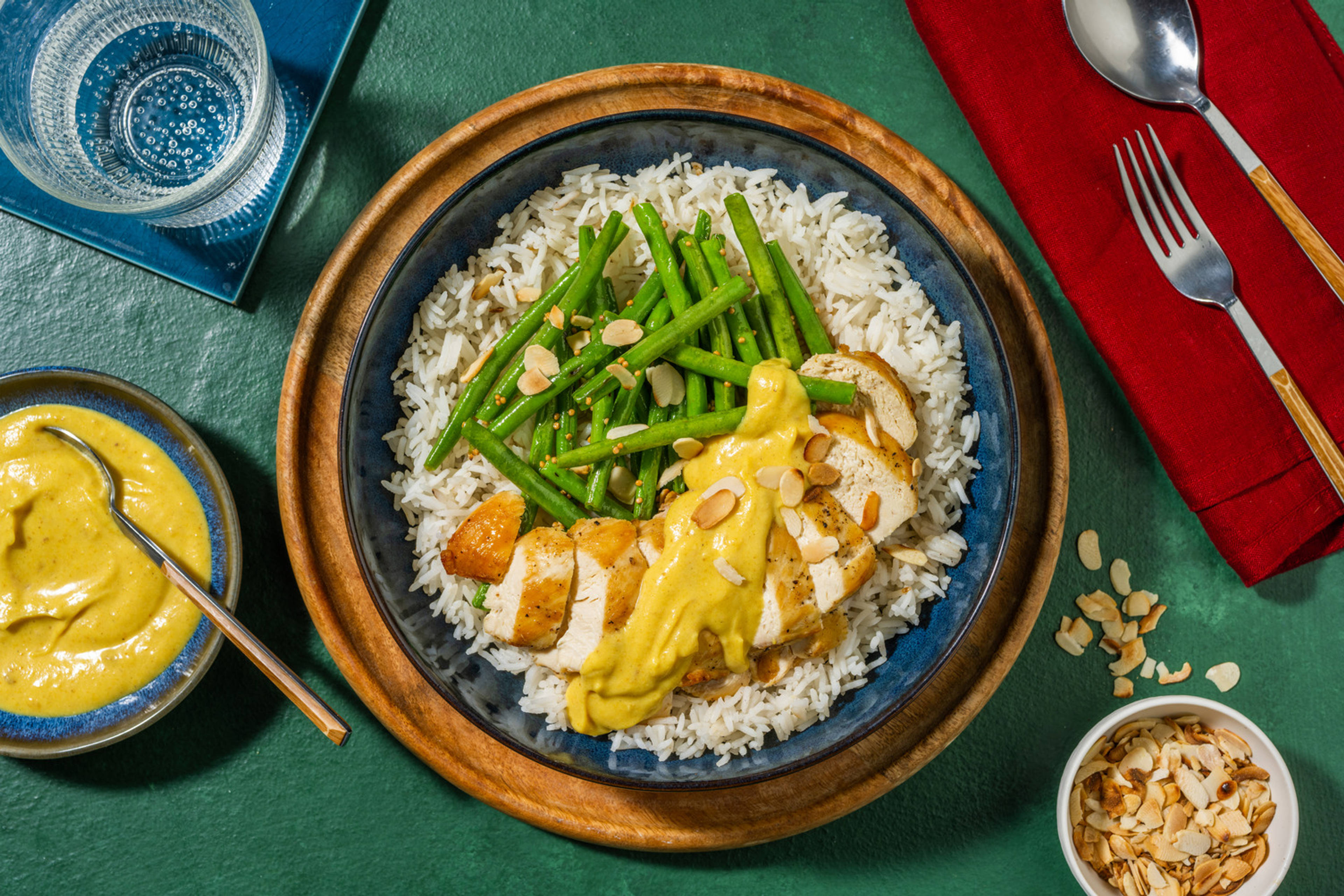
Ultimate Creamy Coronation Chicken
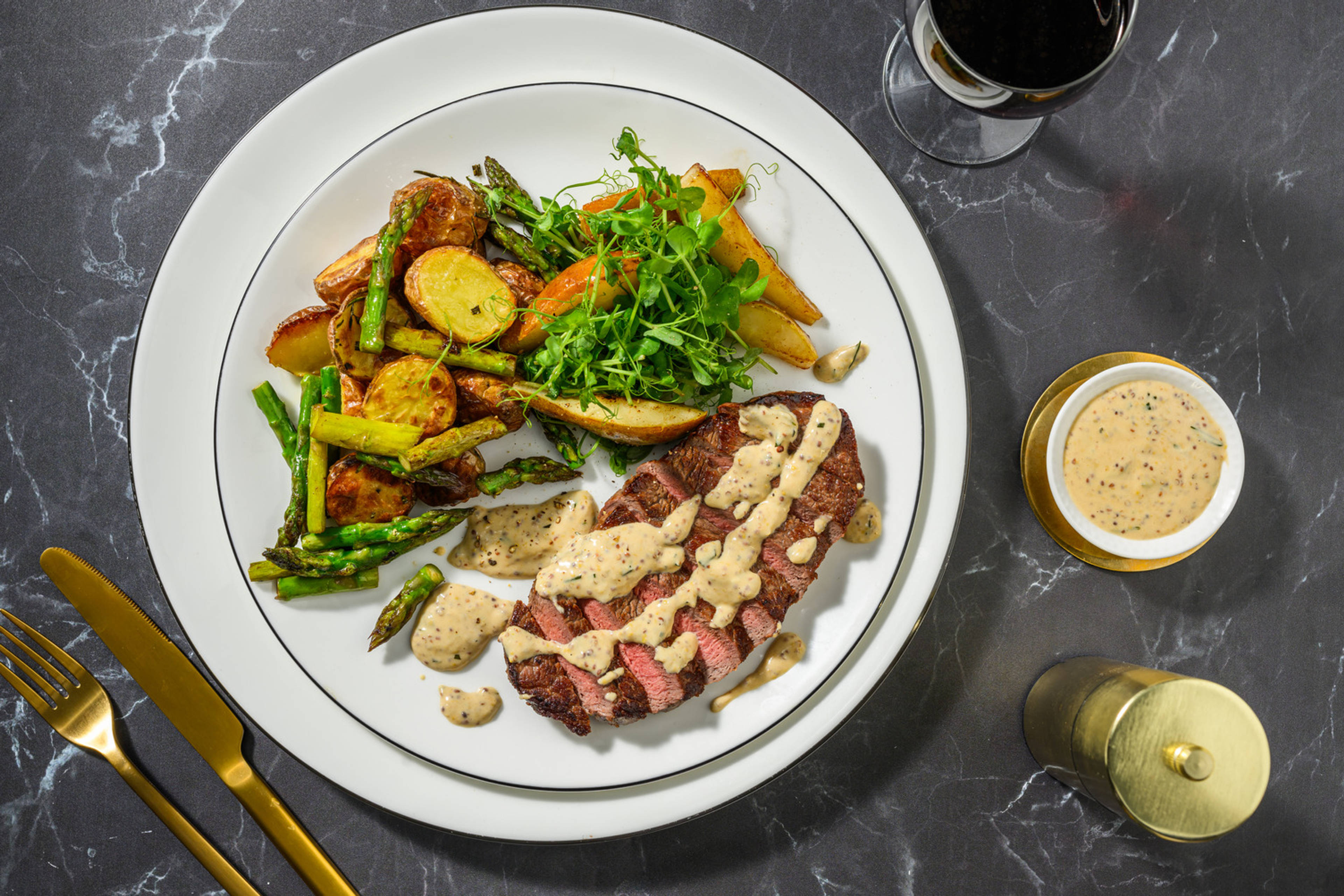
Venison Steak and Creamy Mustard Sauce
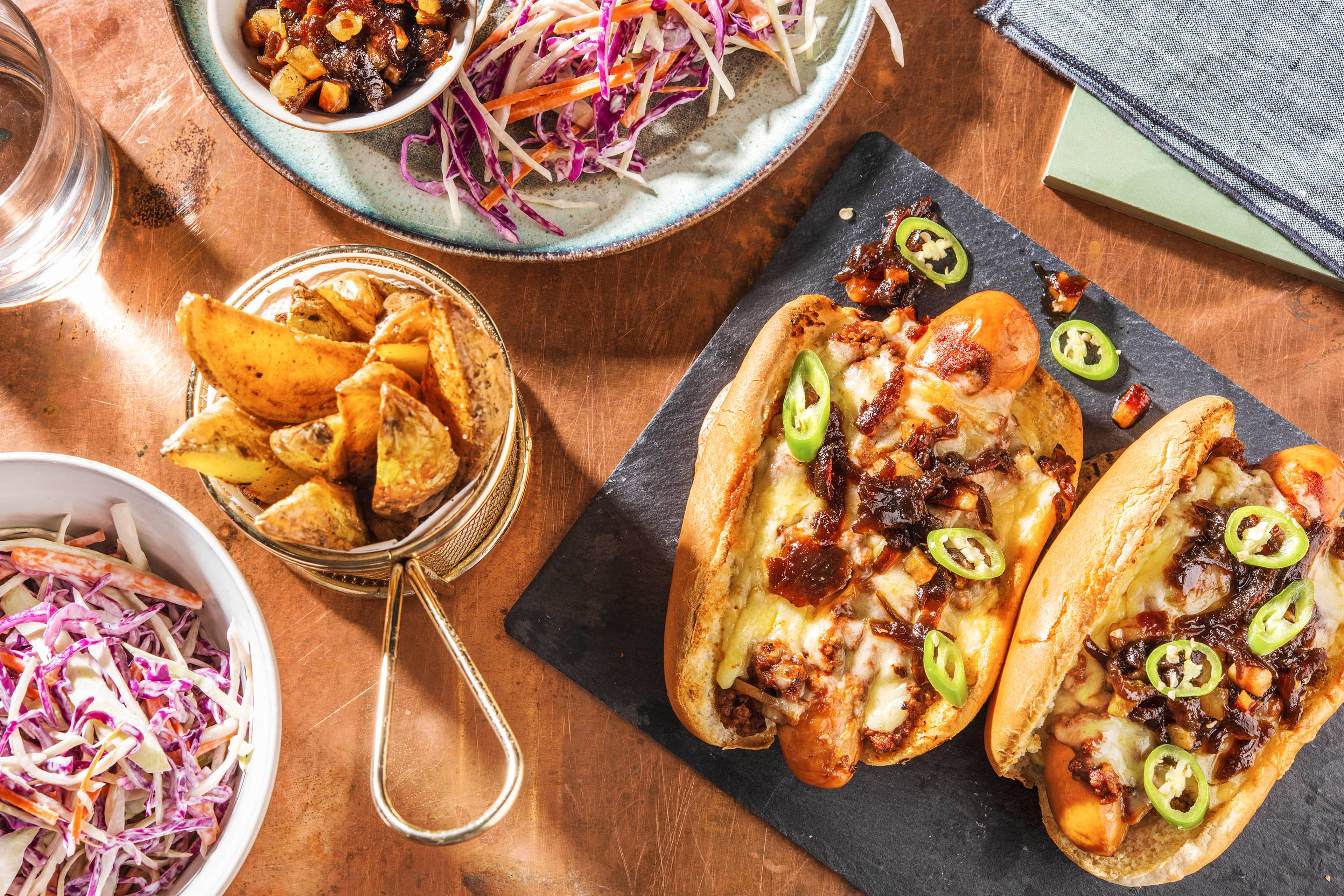
Chilli ‘n’ Cheese Topped Smoky Sausage
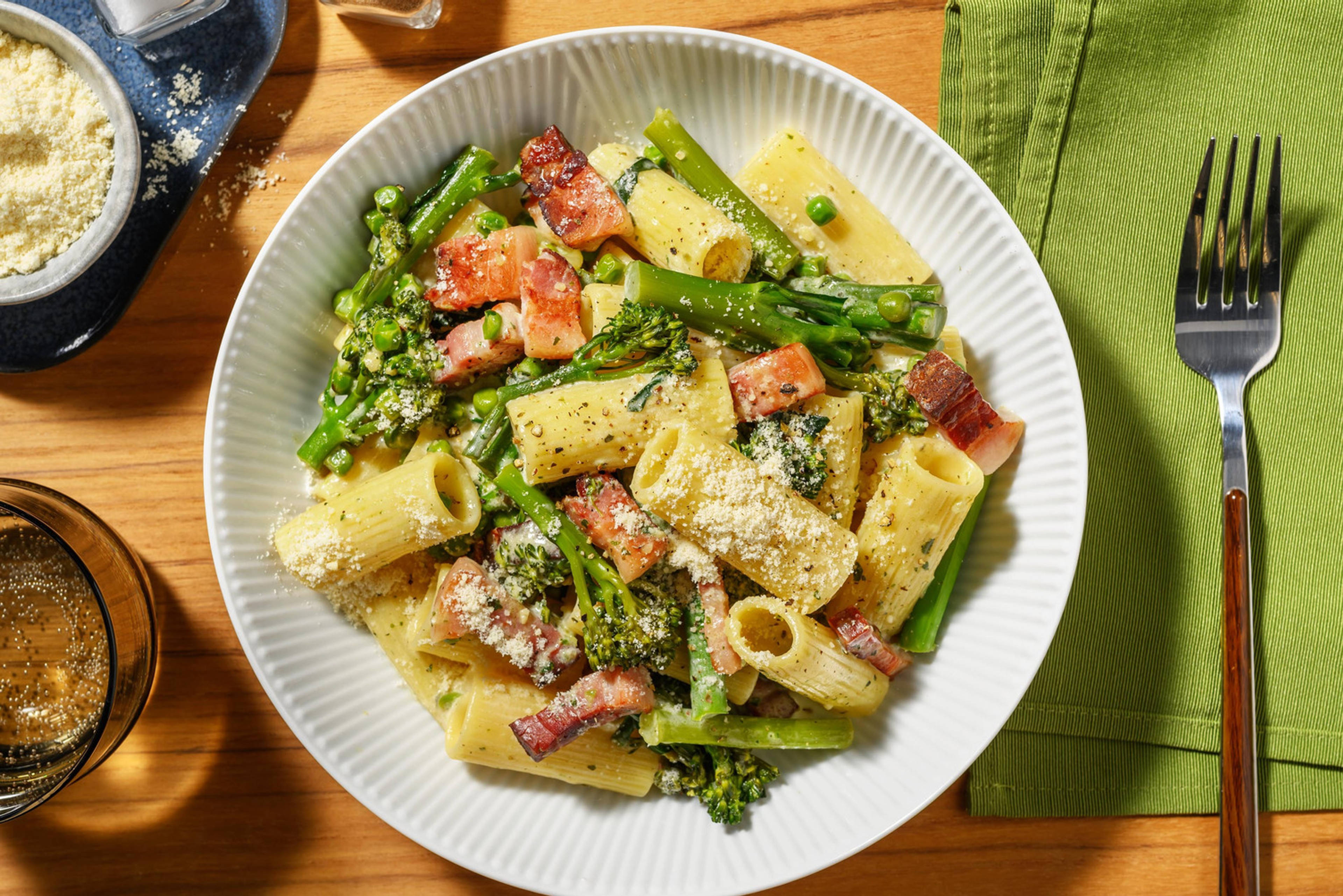
Presto Bacon Pesto Pasta
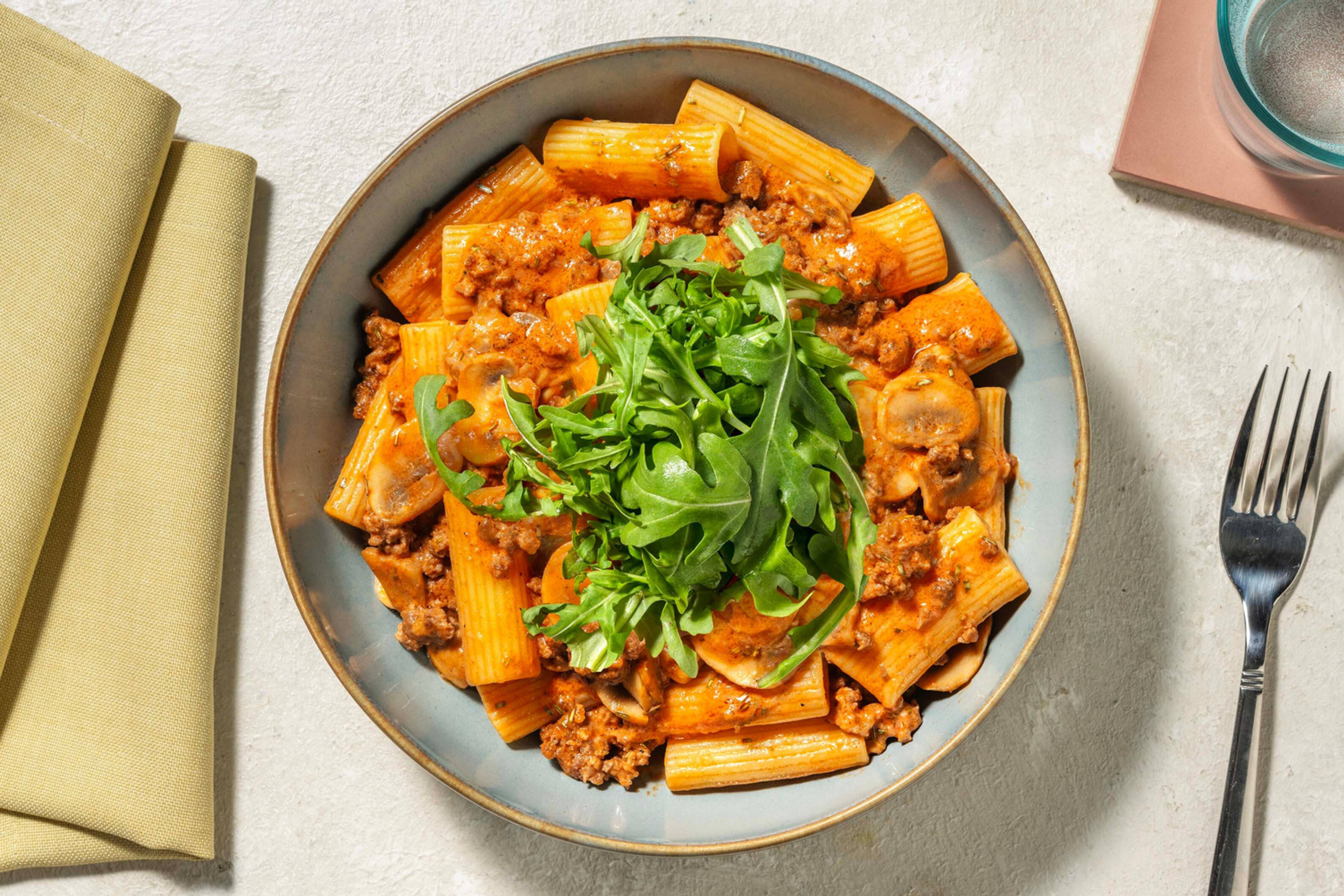
Speedy Rosemary Lamb and Mushroom Rigatoni
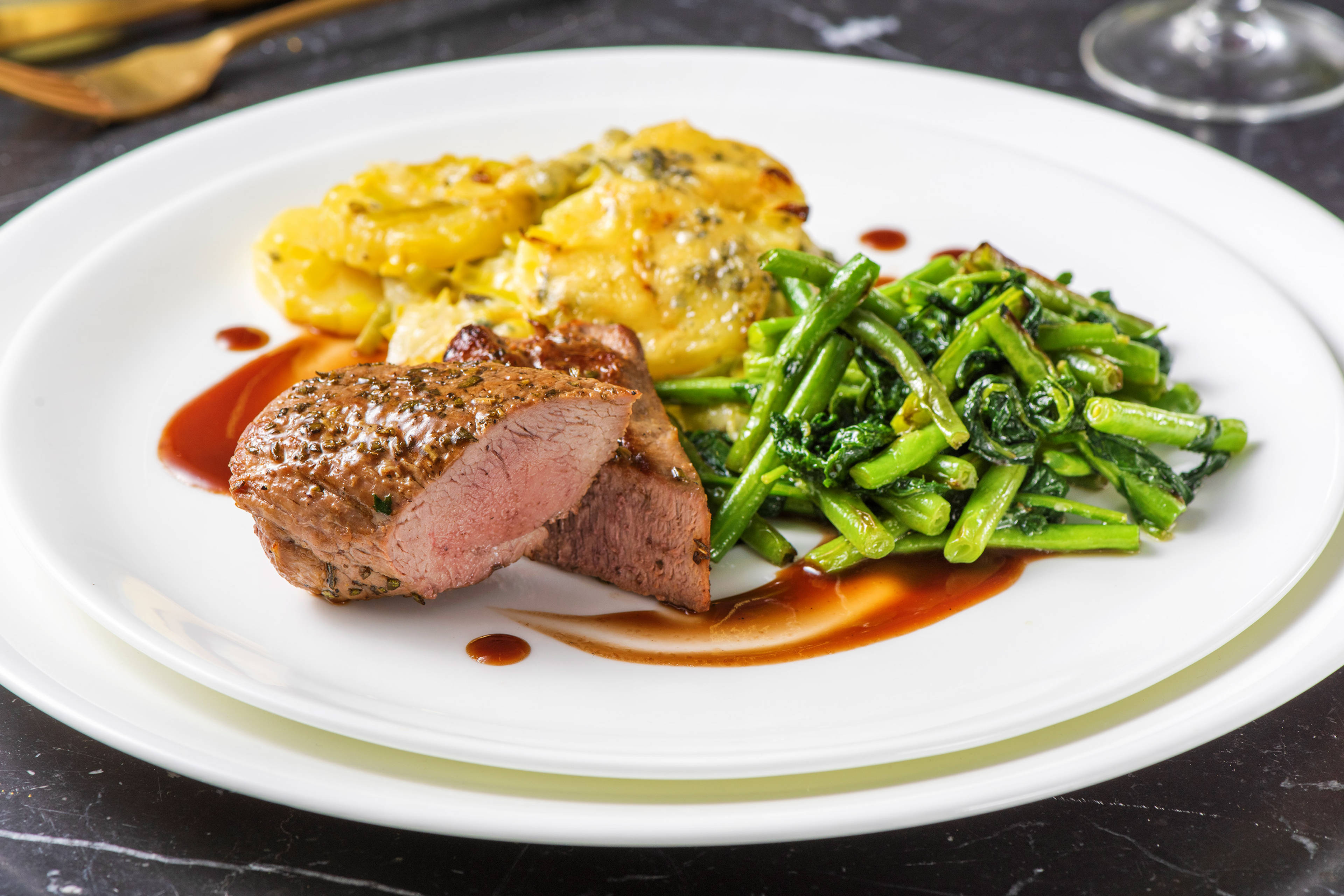
Rosemary Scented Lamb Loin
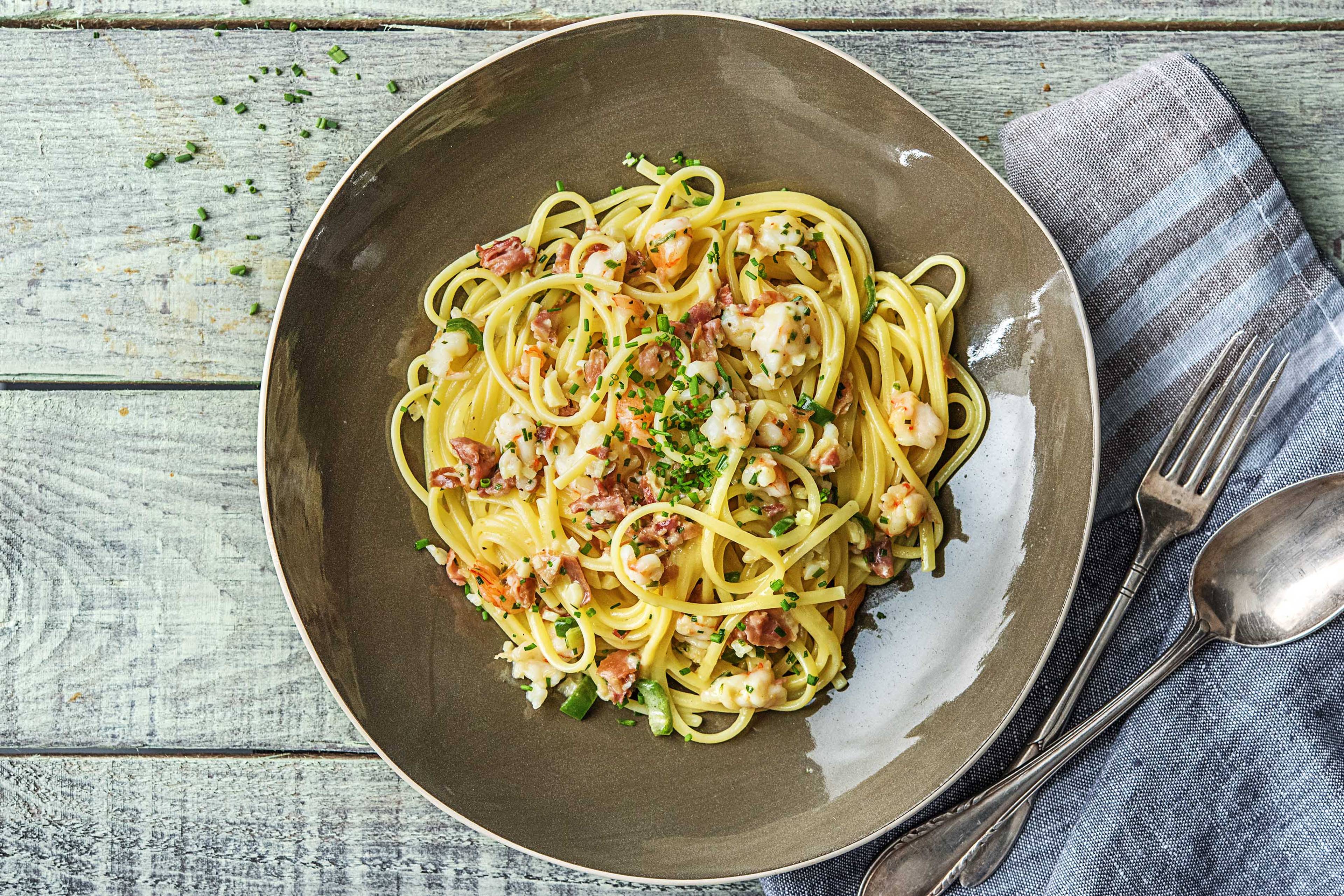
Creamy Linguine
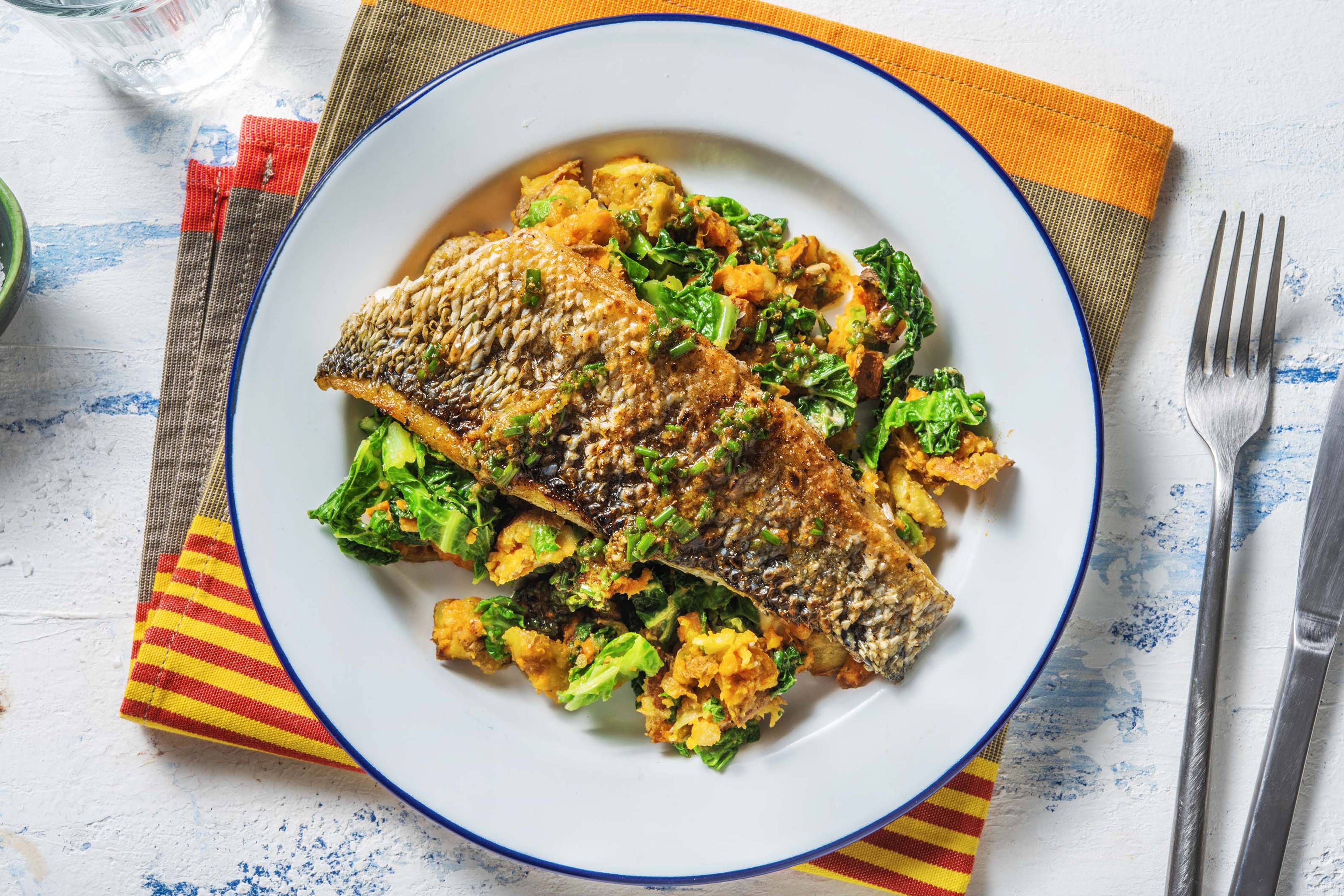
Cajun Spiced Bass
This week's must-try HelloFresh recipes
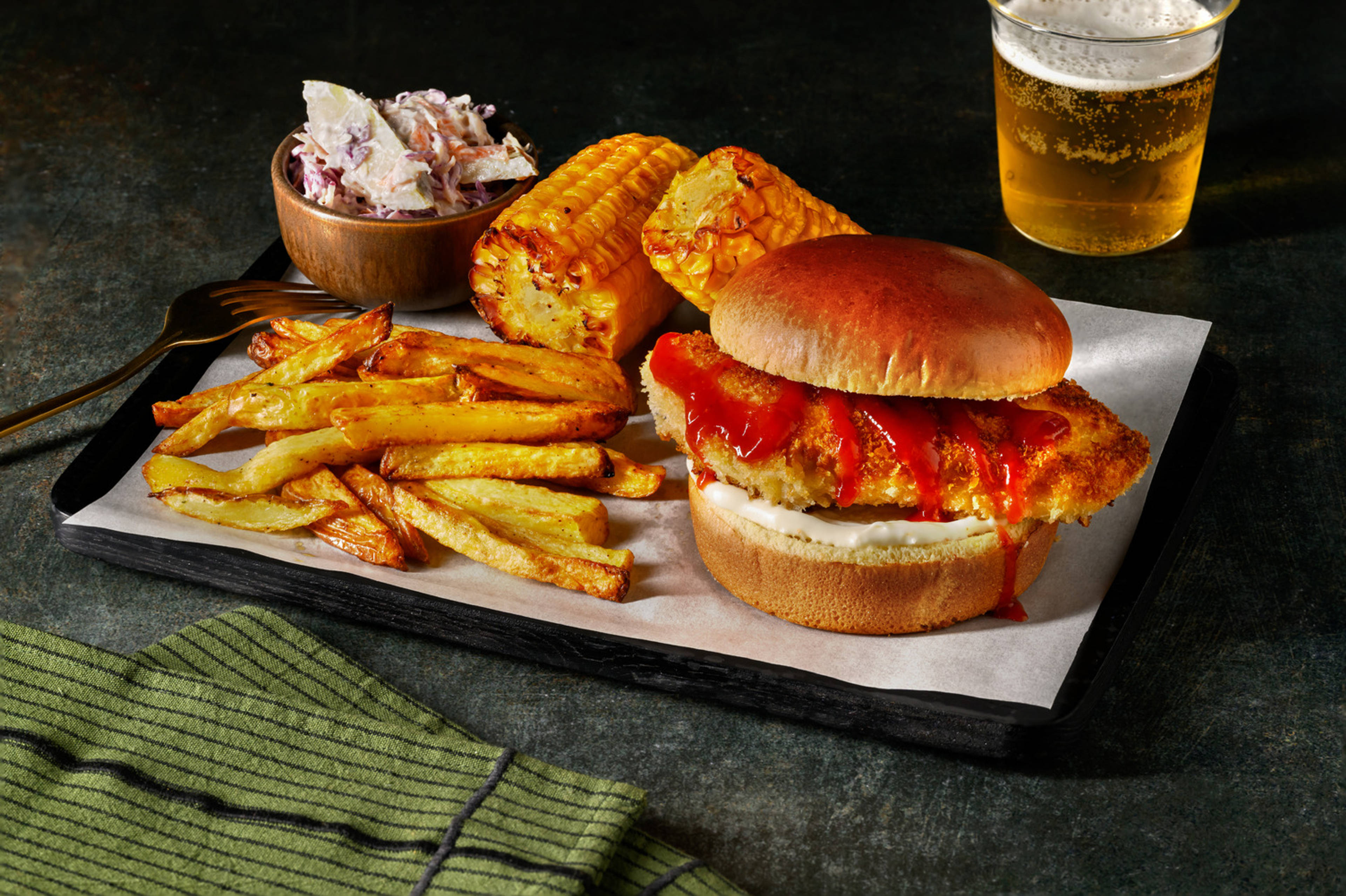
Buffalo Style Fried Chicken Burger
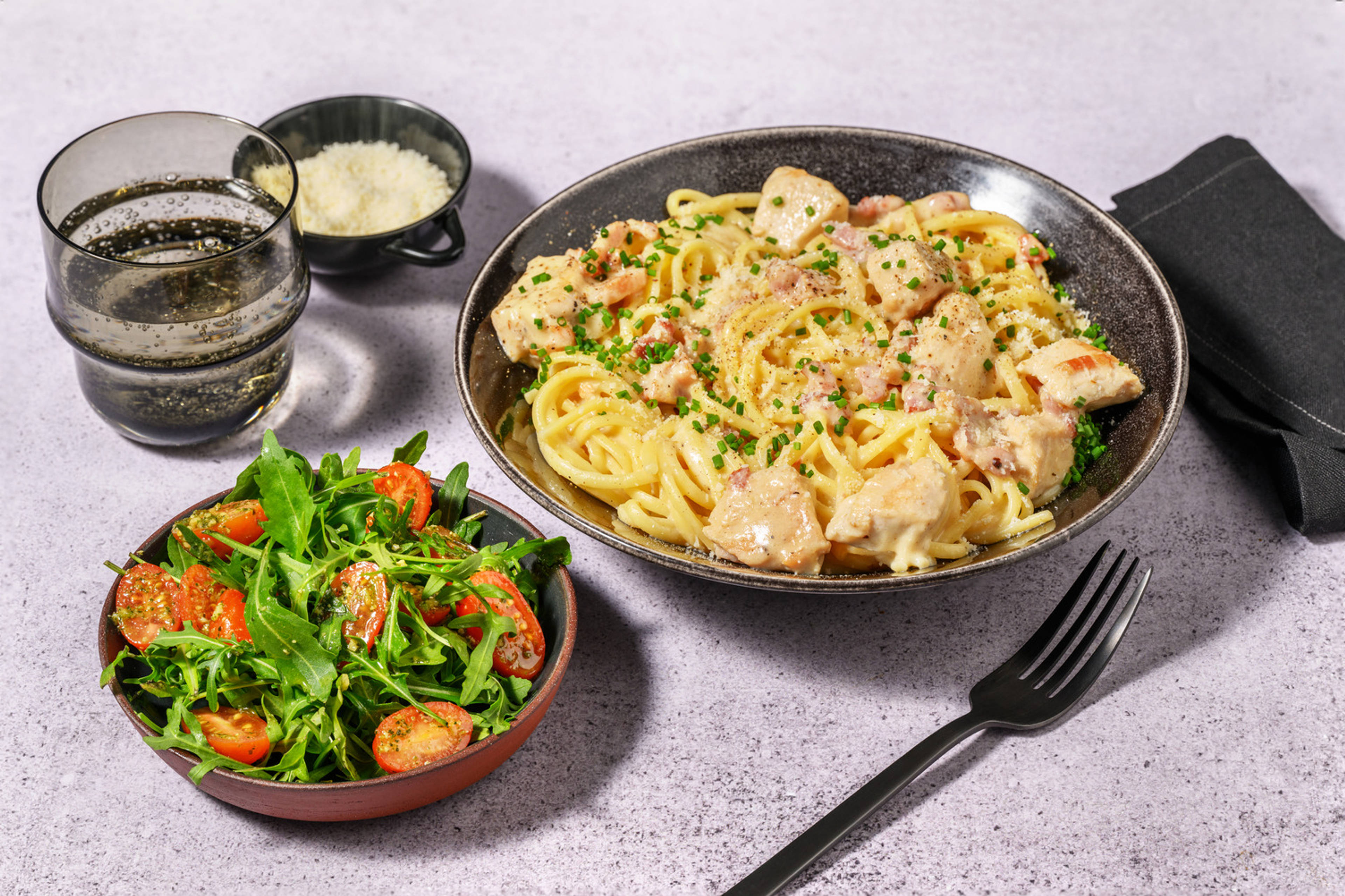
Ultimate Chicken and Bacon Linguine Alfredo
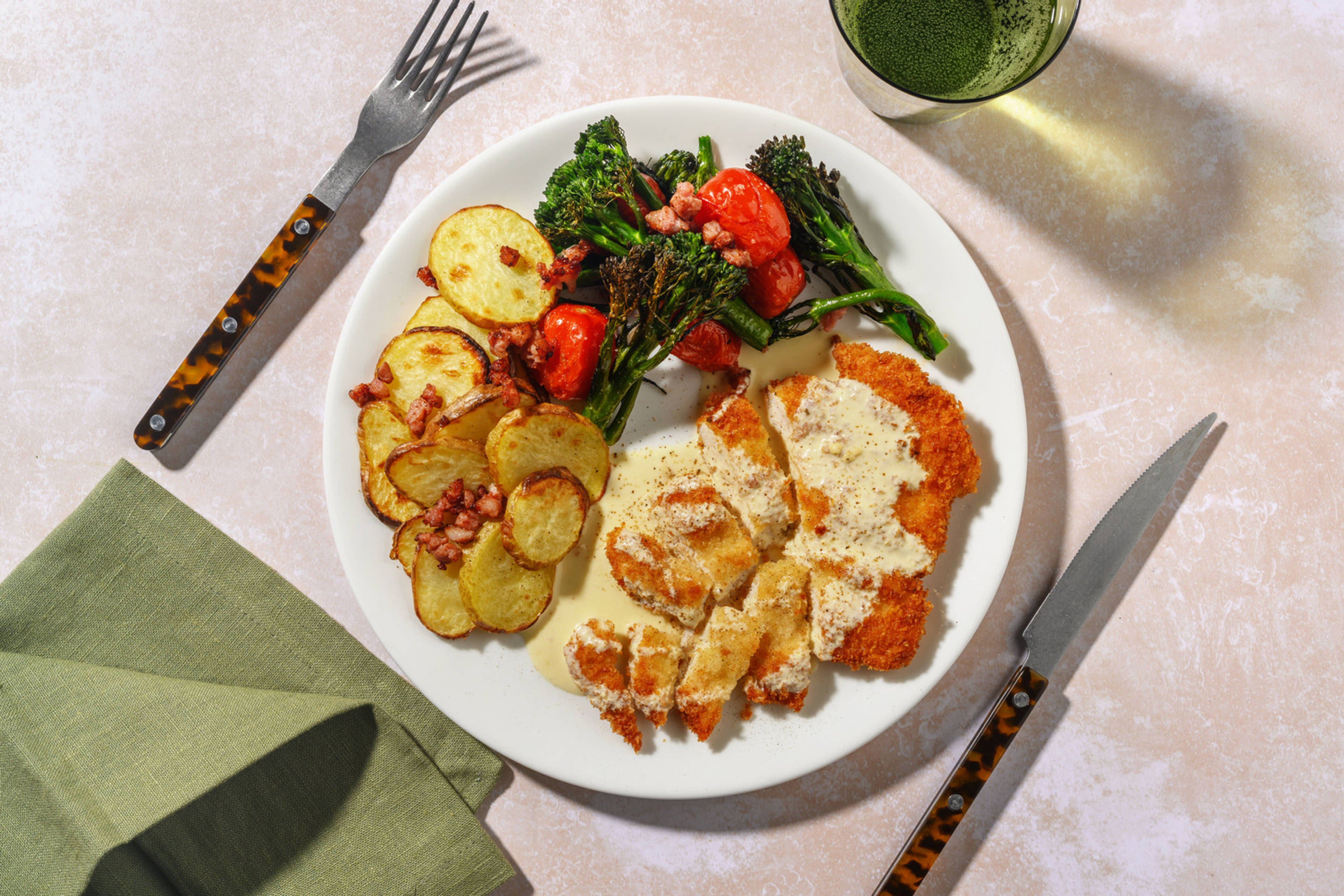
Ultimate Parmigiano Crumbed Chicken Schnitzel
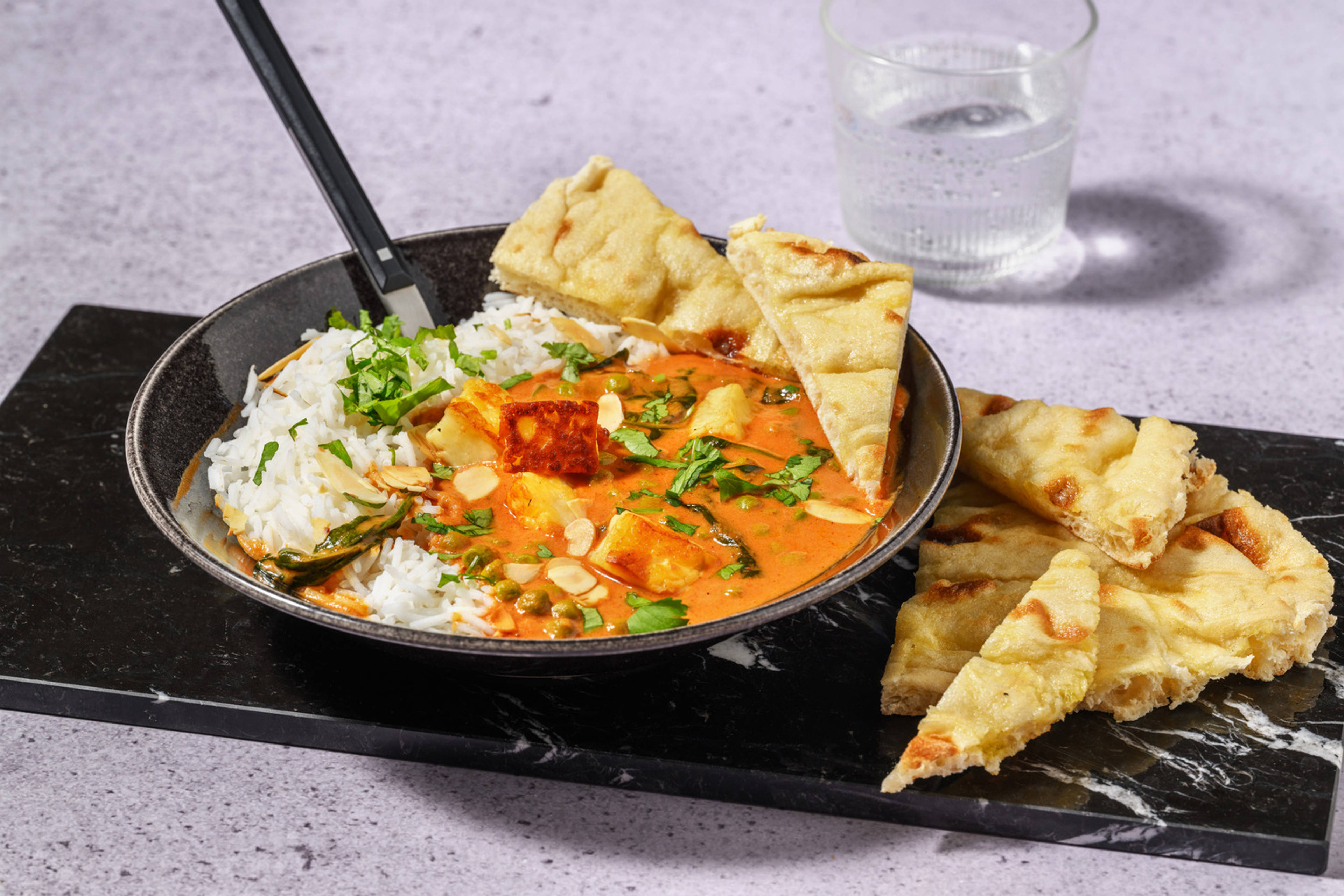
Ultimate Matar Saag Paneer and Garlic Naan
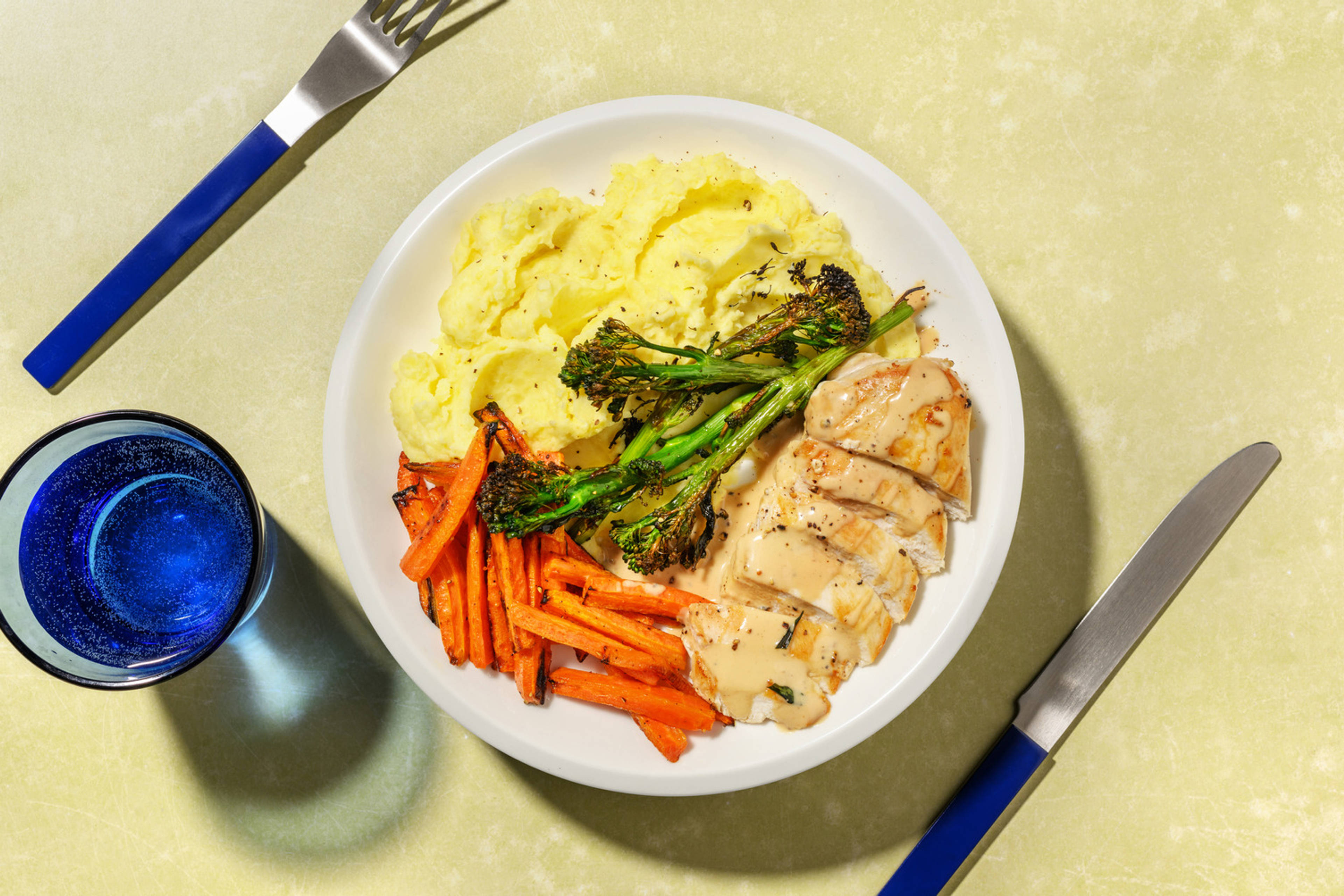
Chicken in Creamy Peppercorn Sauce
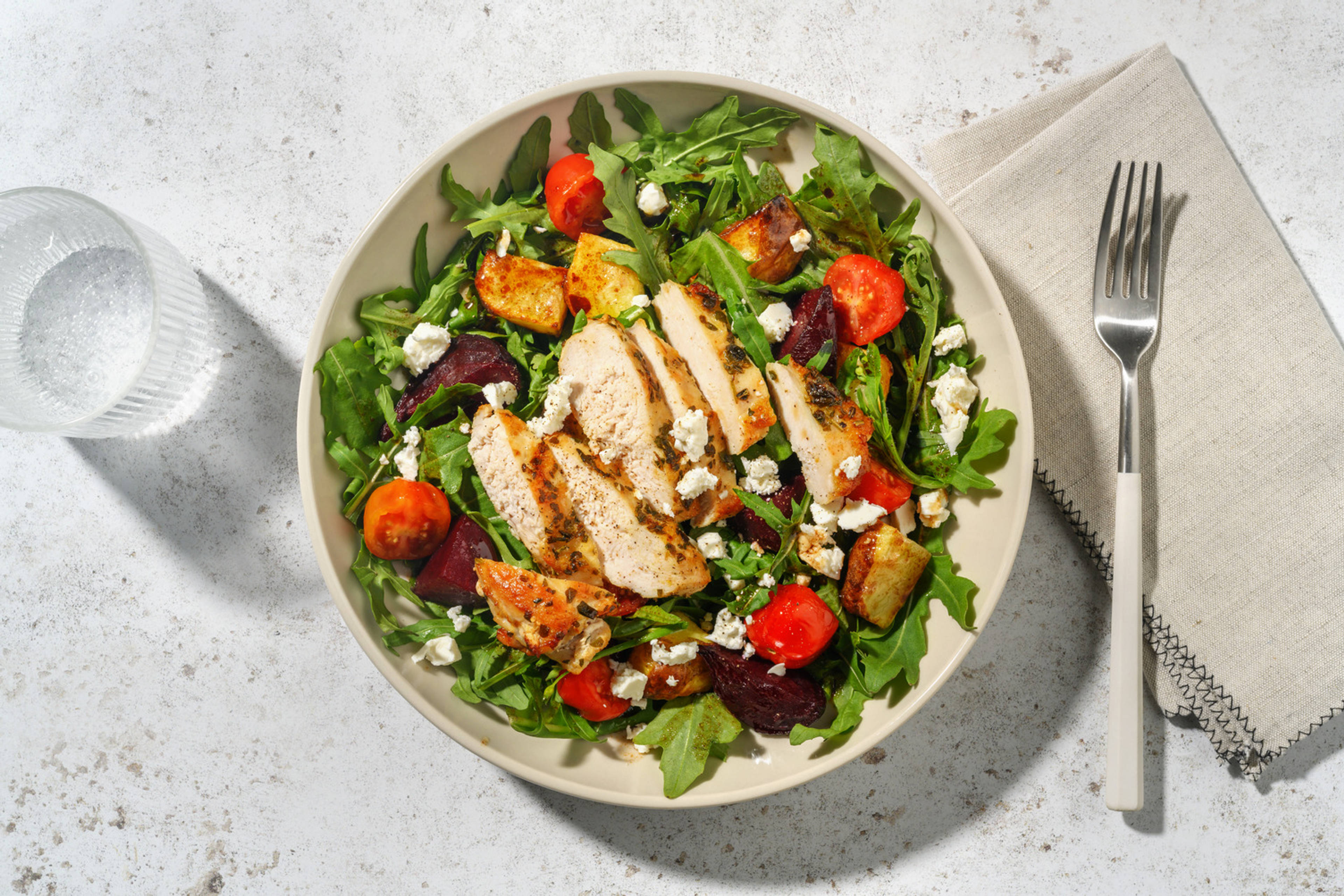
Honey Roasted Chicken and Beetroot Salad
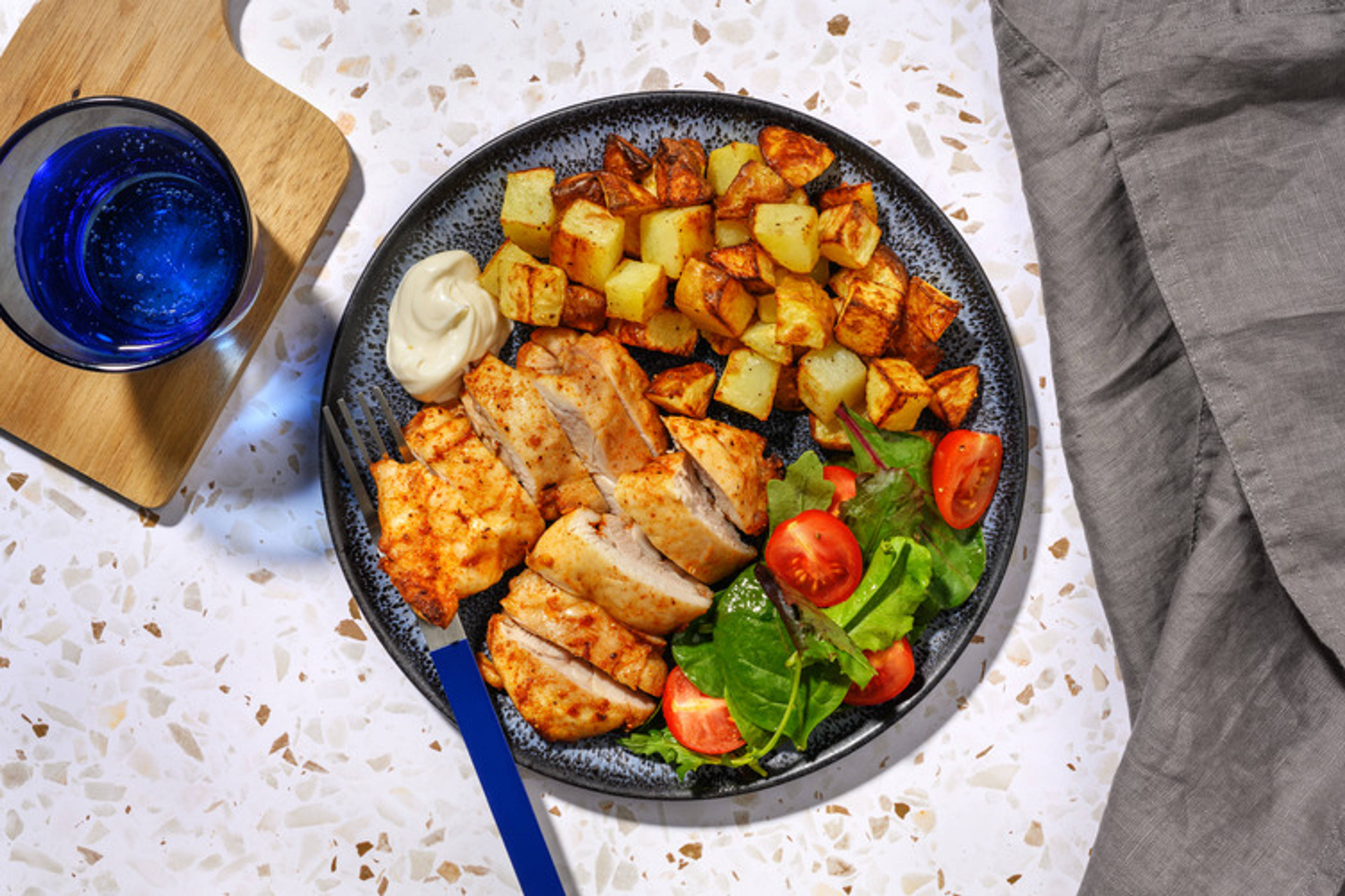
Peri Peri Spiced Chicken Thigh Traybake
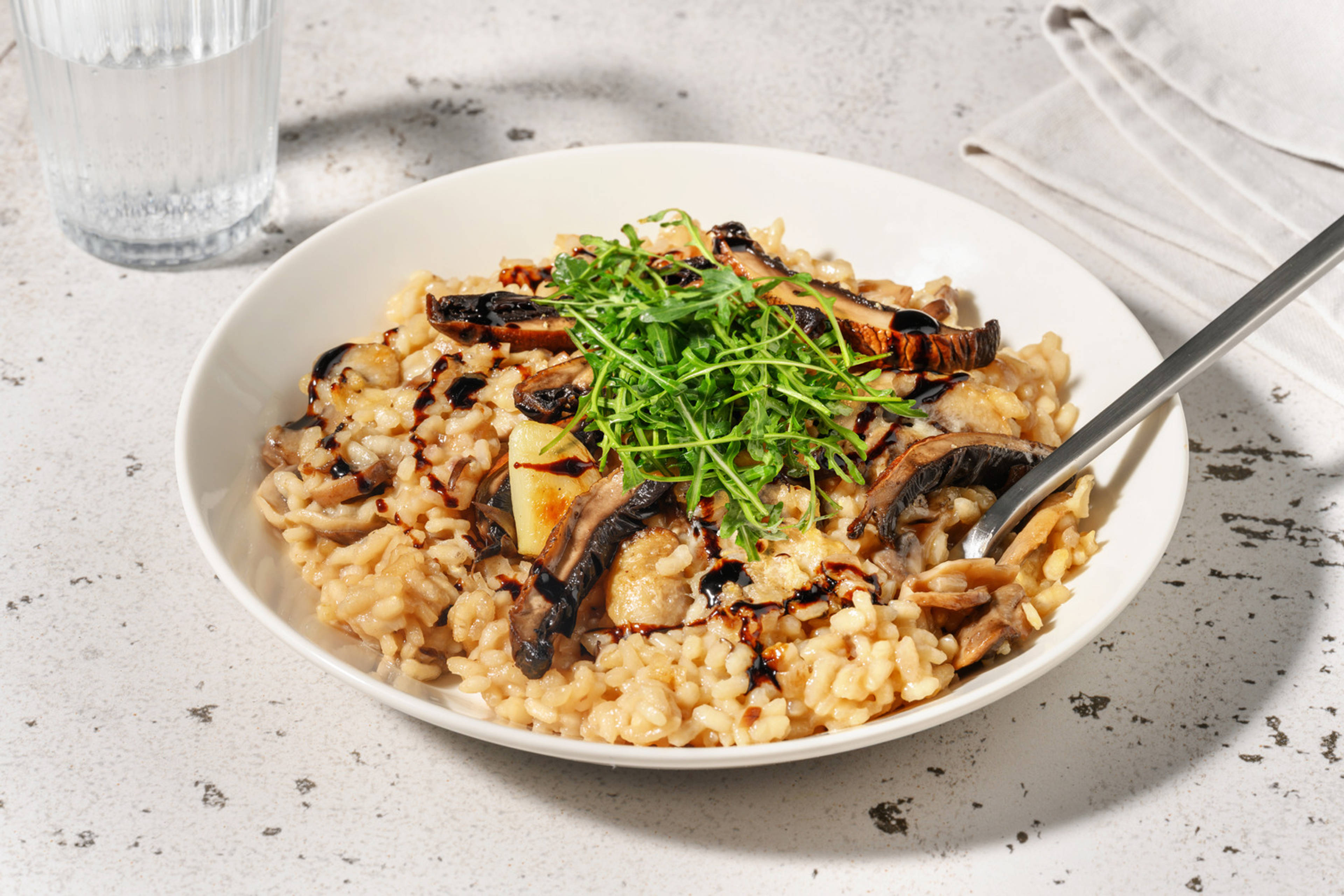
Oven-Baked Truffle and Double Mushroom Risotto
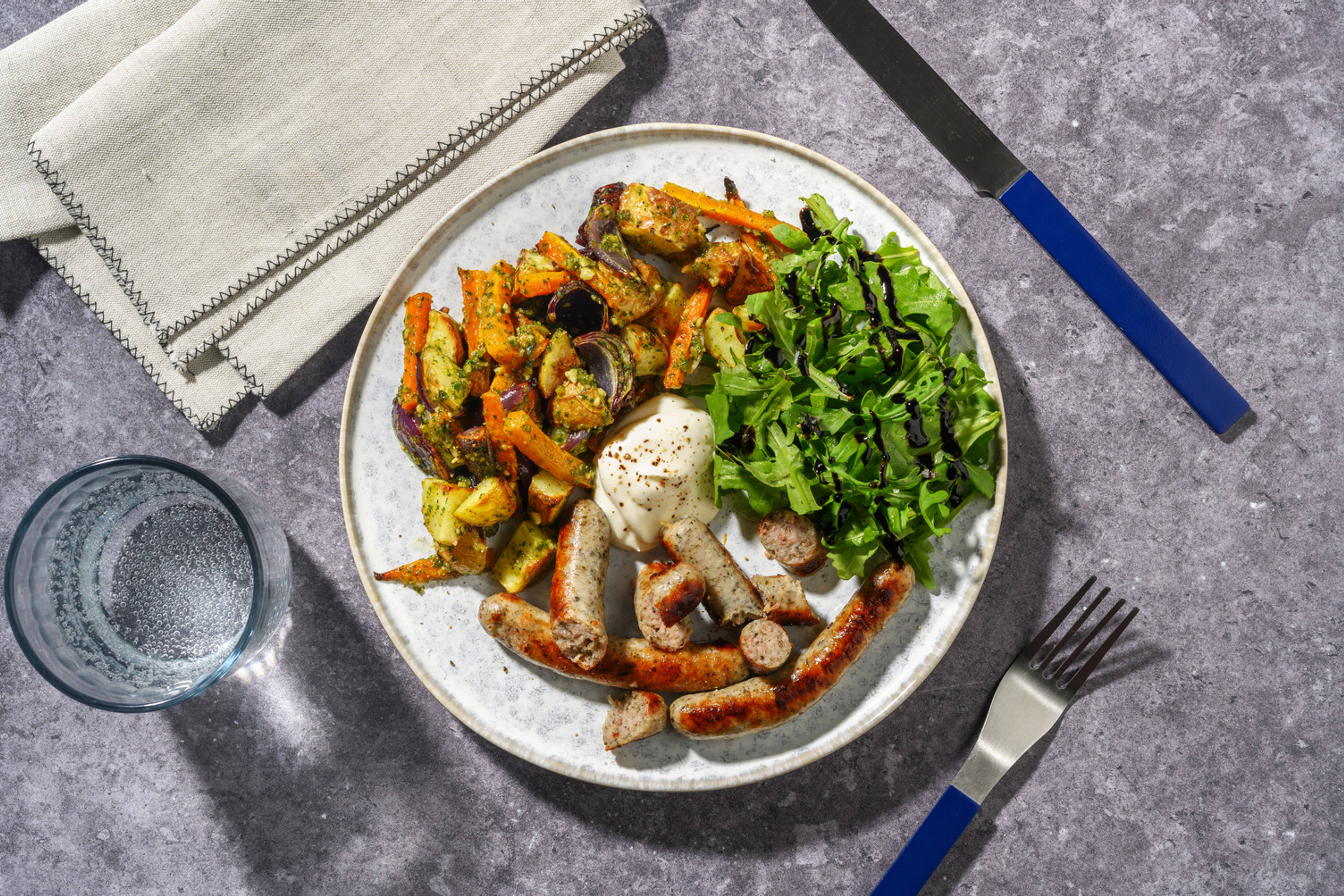
Italian Style Sausages and Pesto Roasted Veg
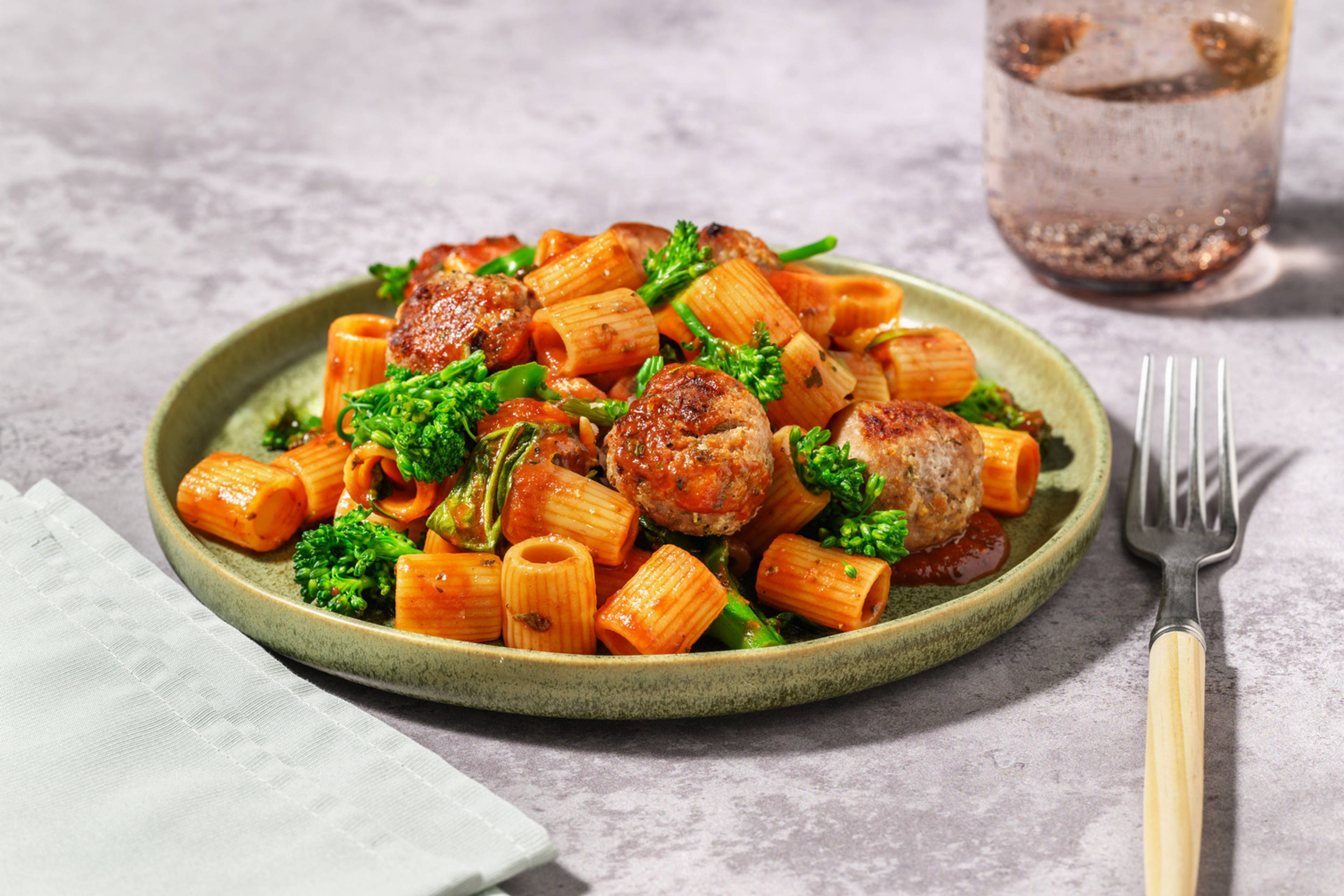
Pork Polpette in Rich Tomato Sauce
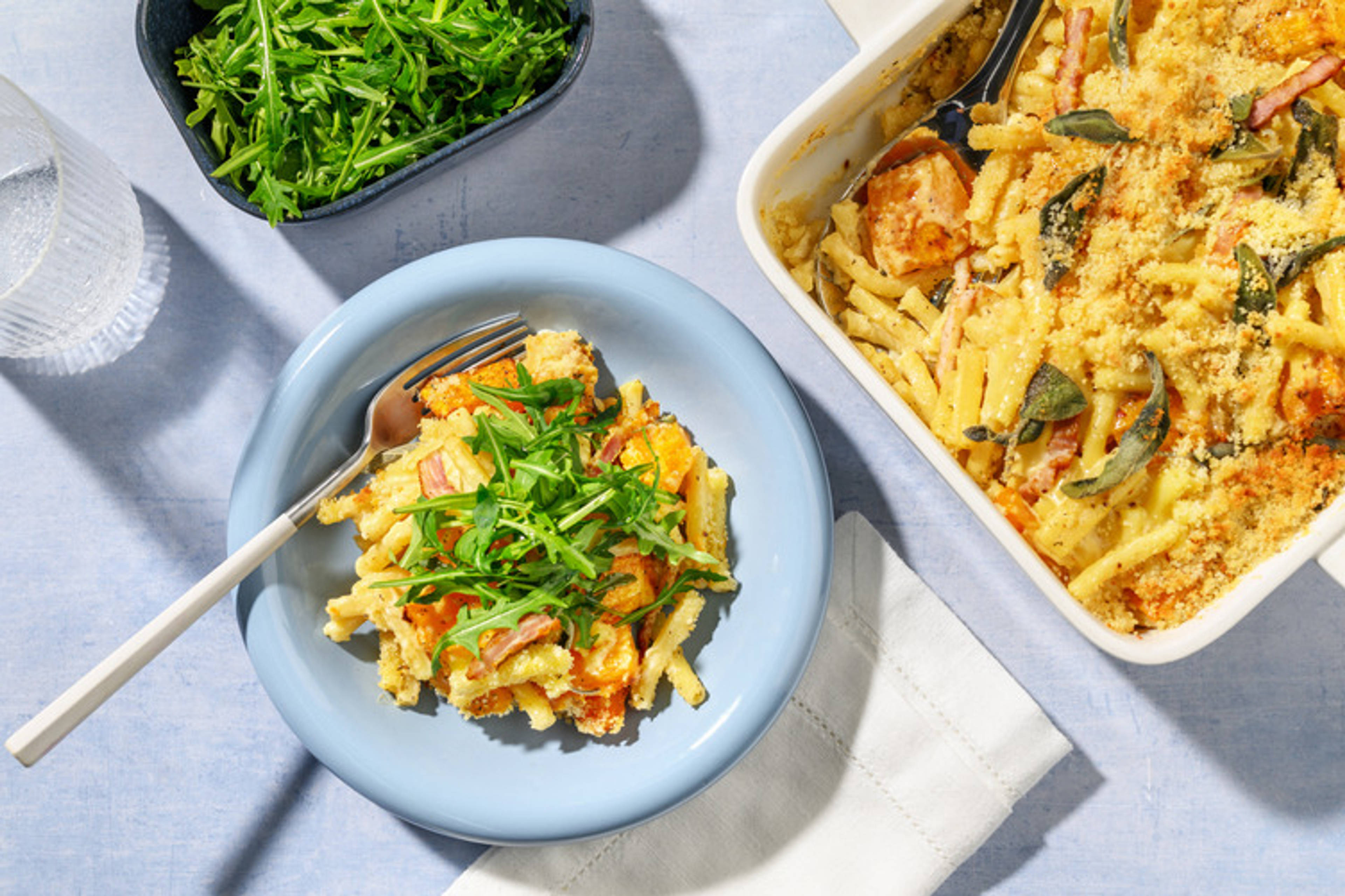
Cosy Butternut Squash Mac and Cheese
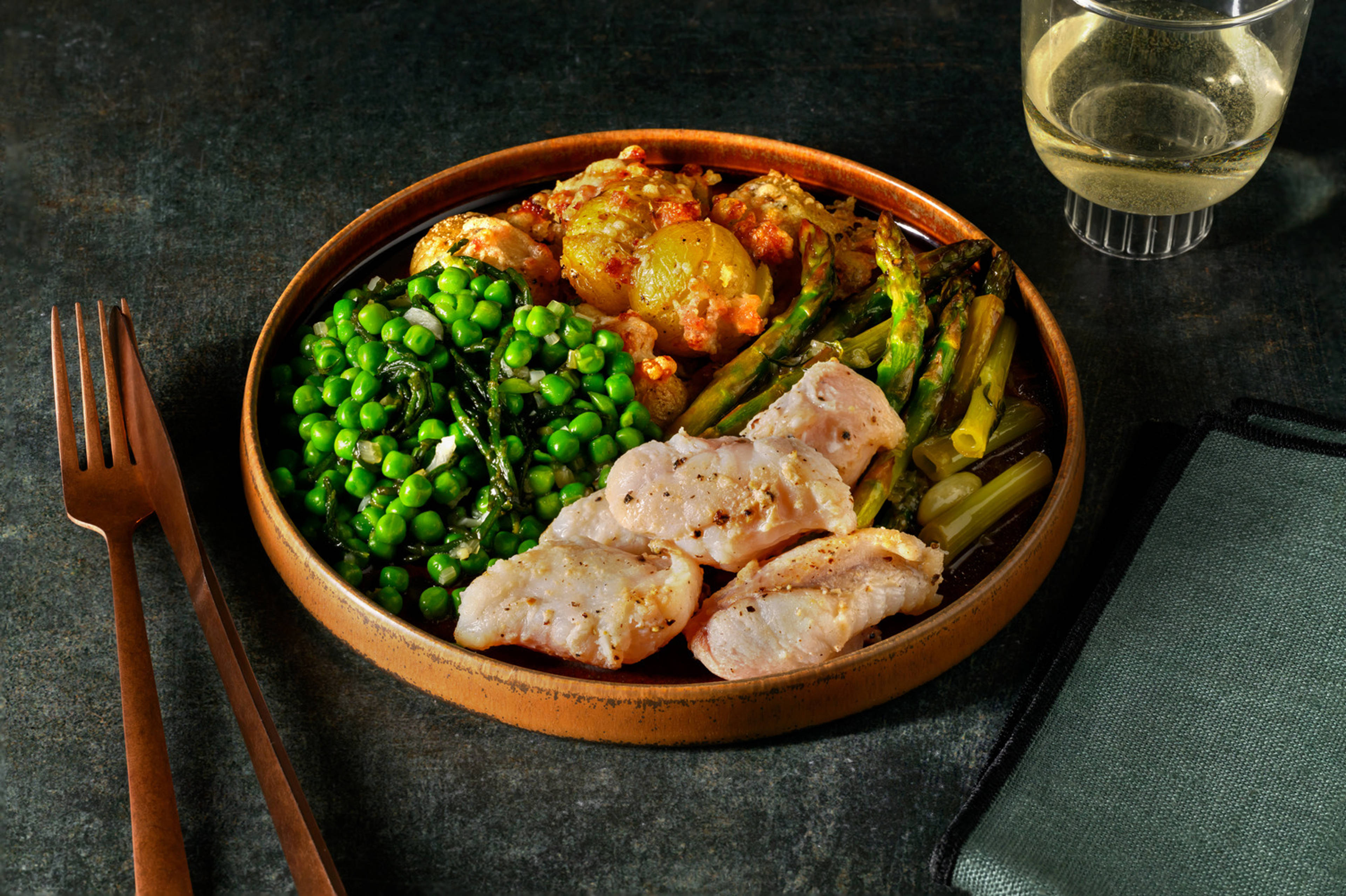
Monkfish in Béarnaise Inspired Butter Sauce
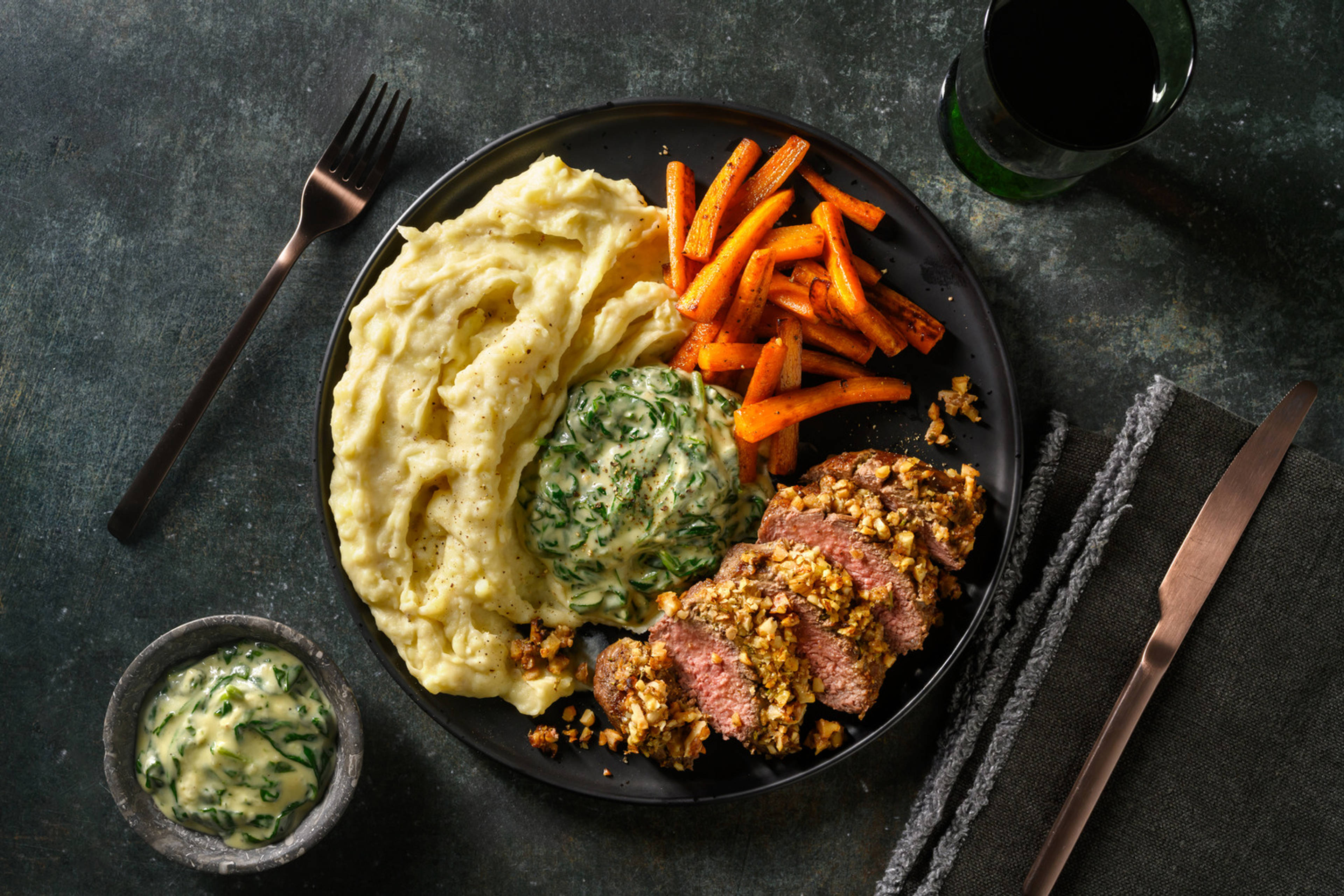
Rosemary and Walnut Crusted Lamb Steak
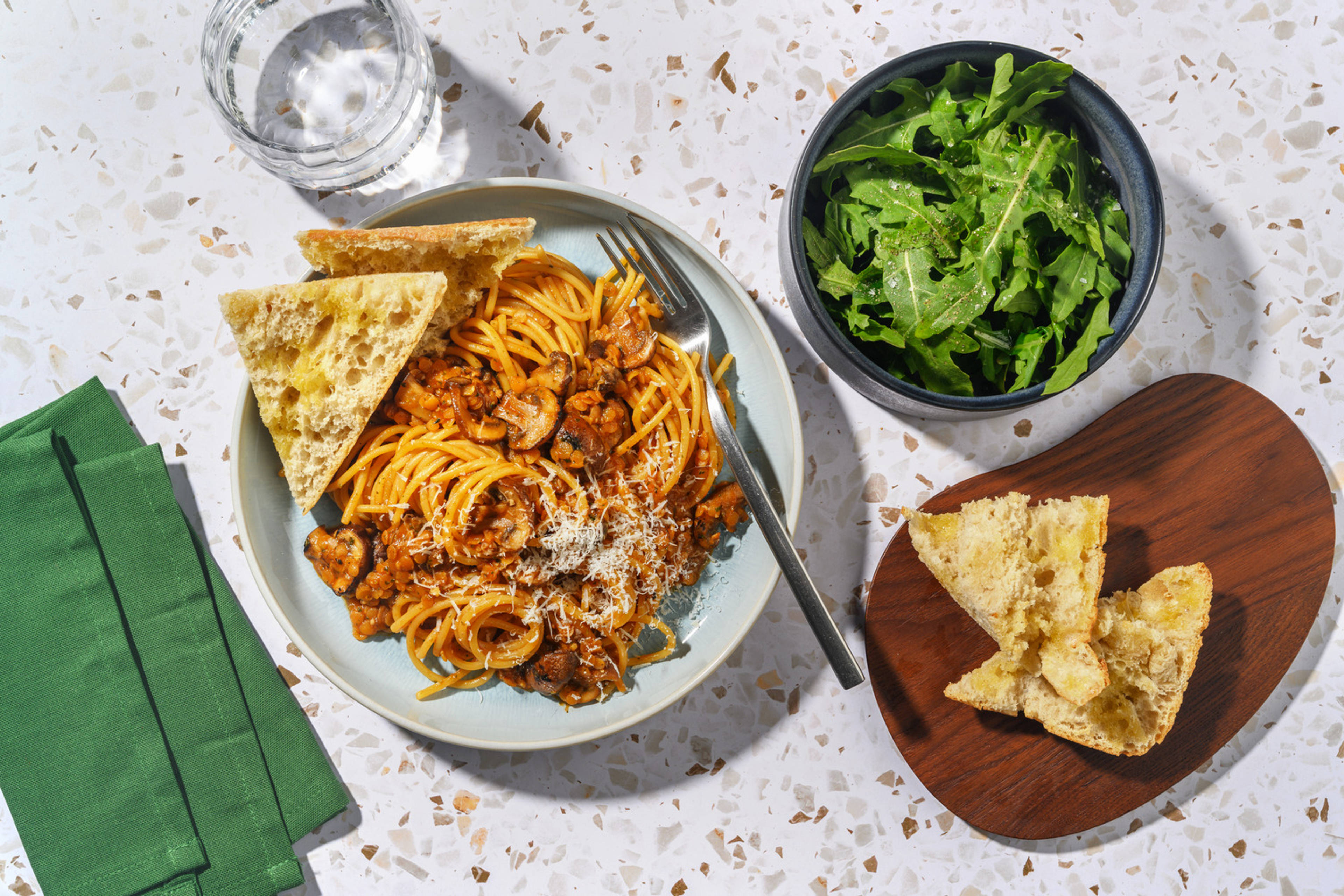
Spaghetti and Veggie Rich Lentil Ragu
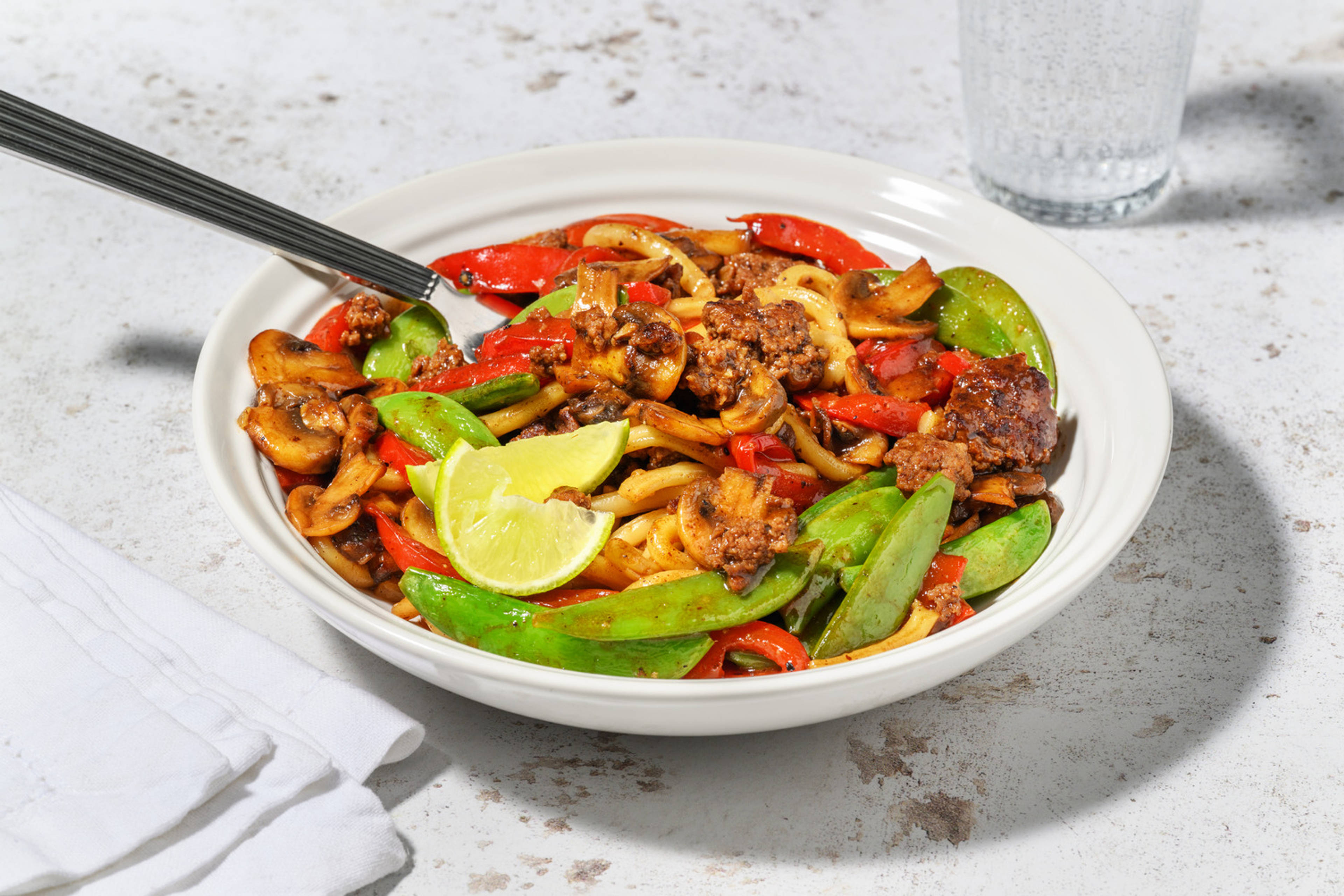
One Pan Hoisin Lamb Udon Stir-Fry

Falafels in Harissa Sauce
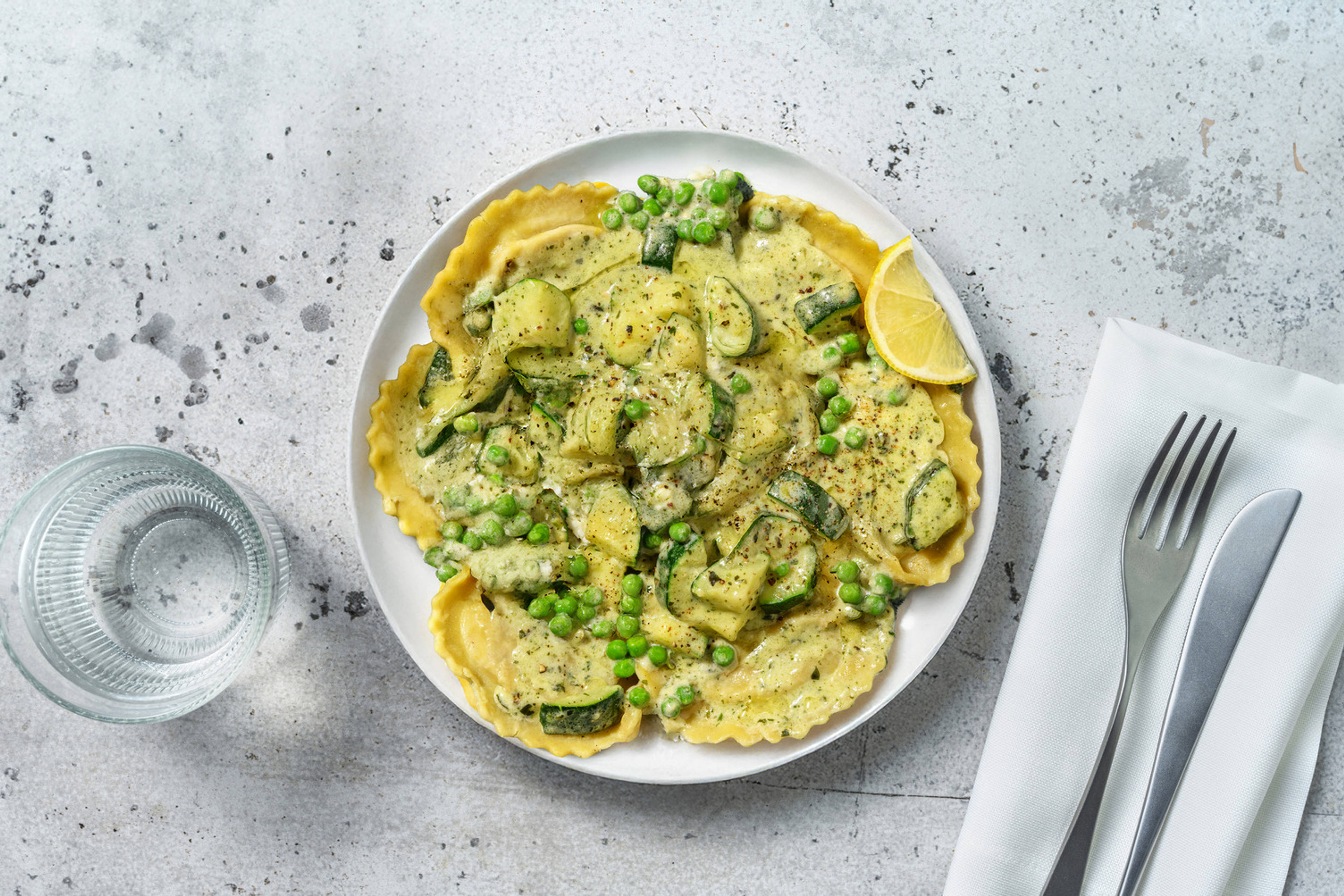
Creamy Parma Ham & Parmigiano Filled Pasta
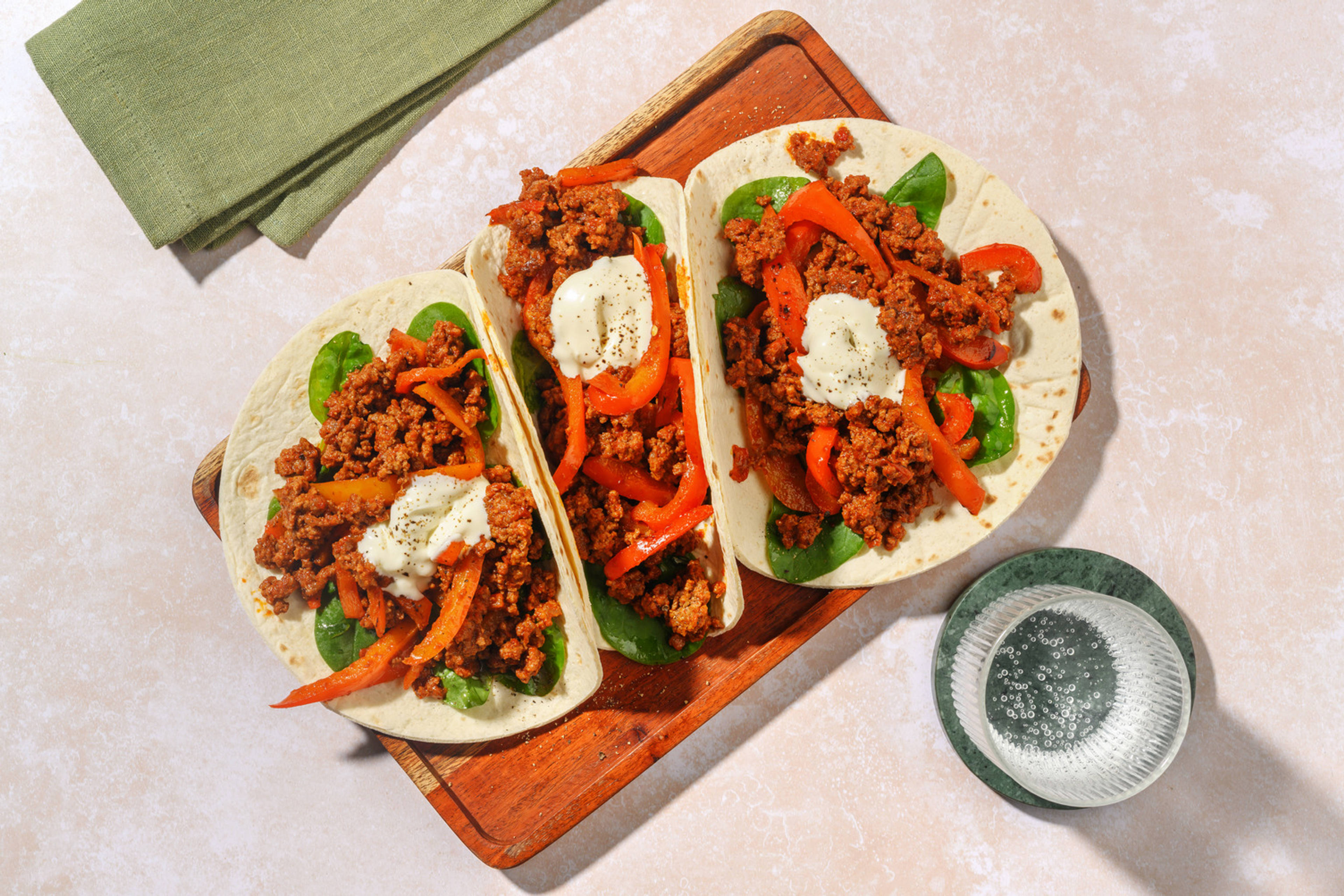
Super Quick Tex-Mex Style Pork Tacos
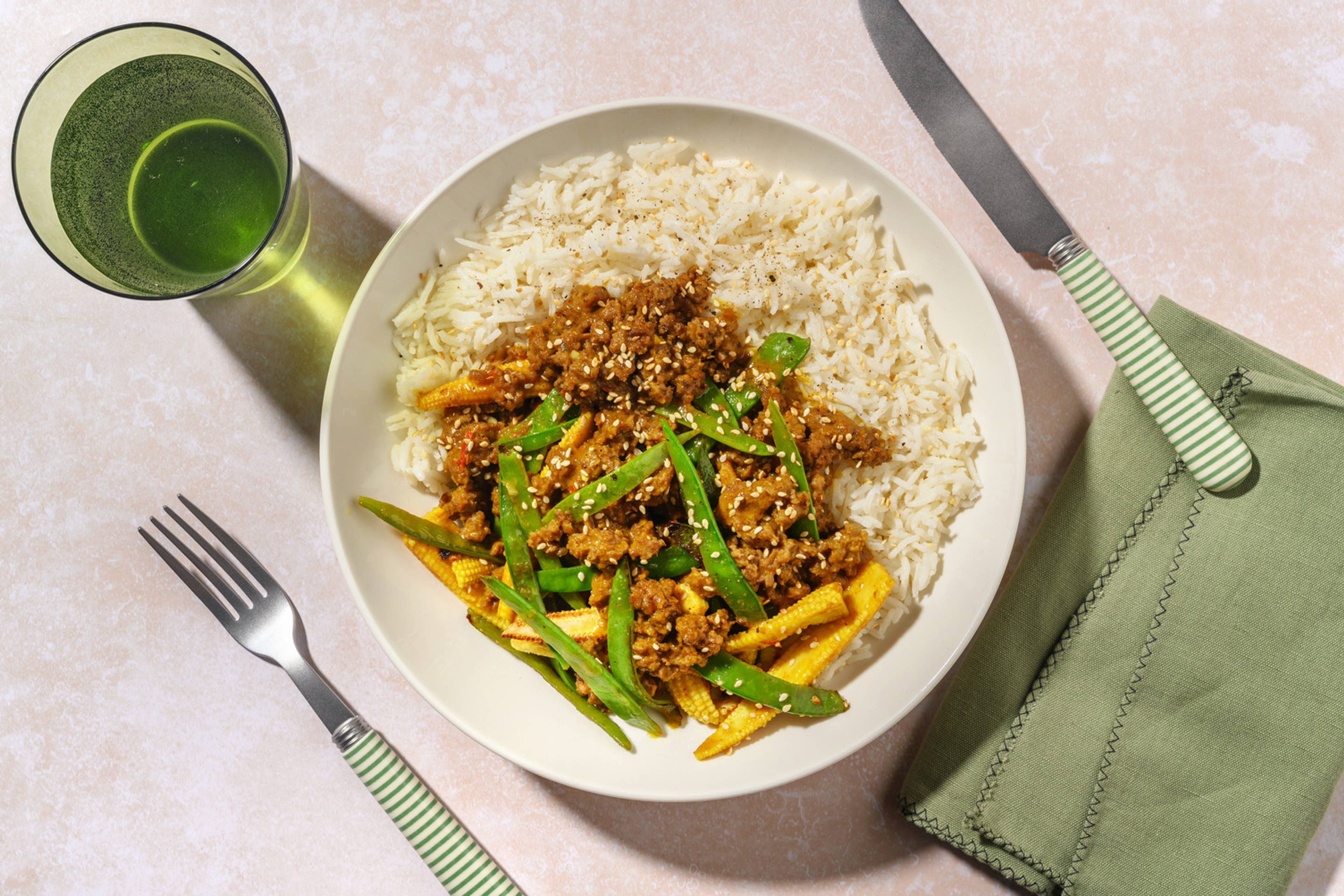
Speedy Thai Style Beef Stir-Fry and Jasmine Rice
